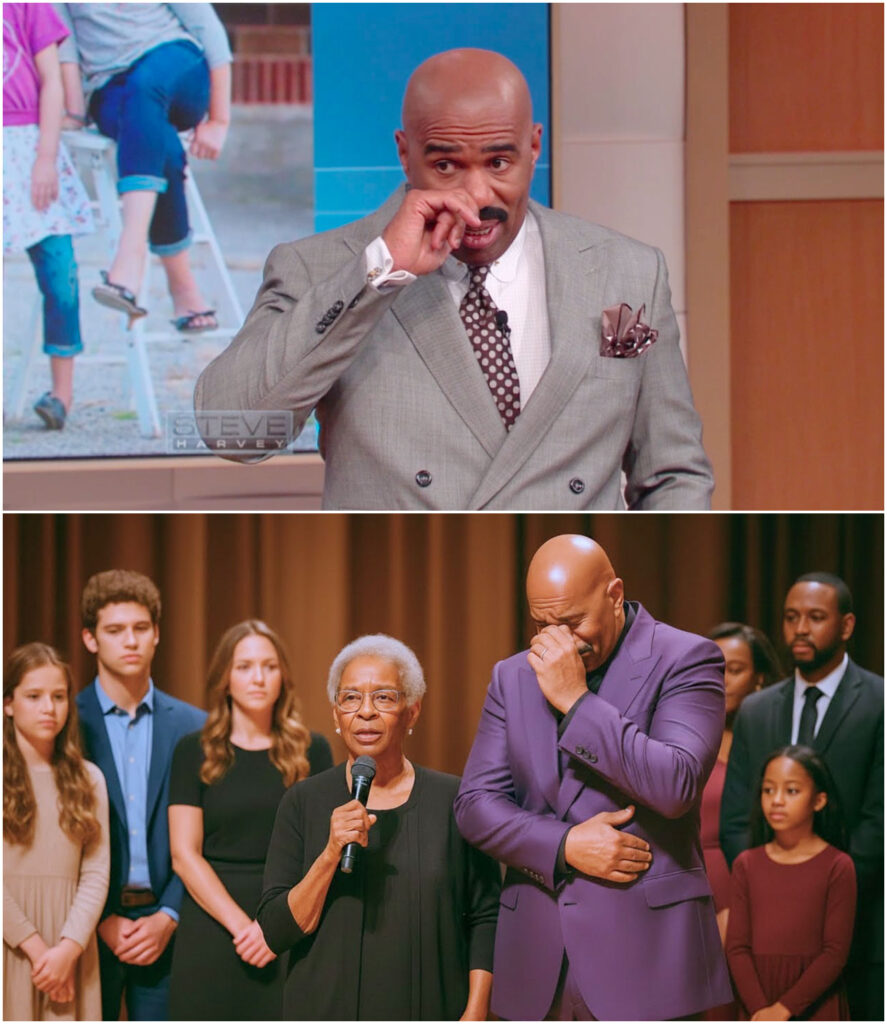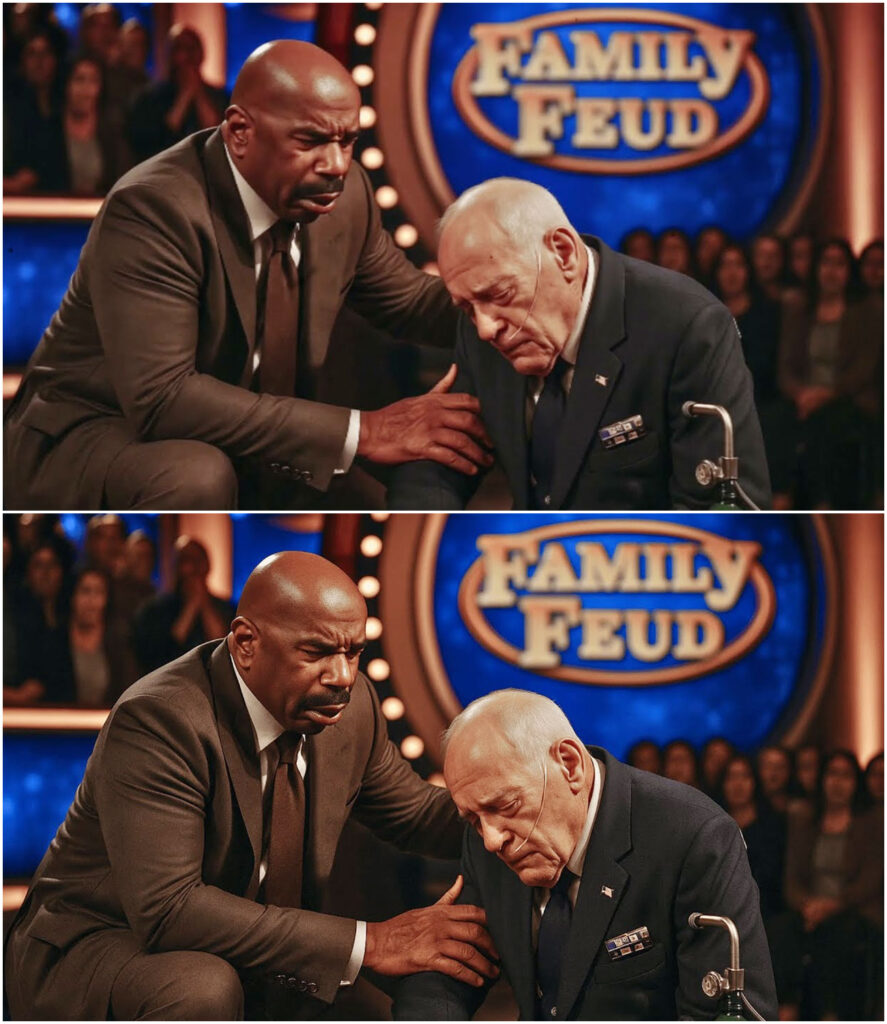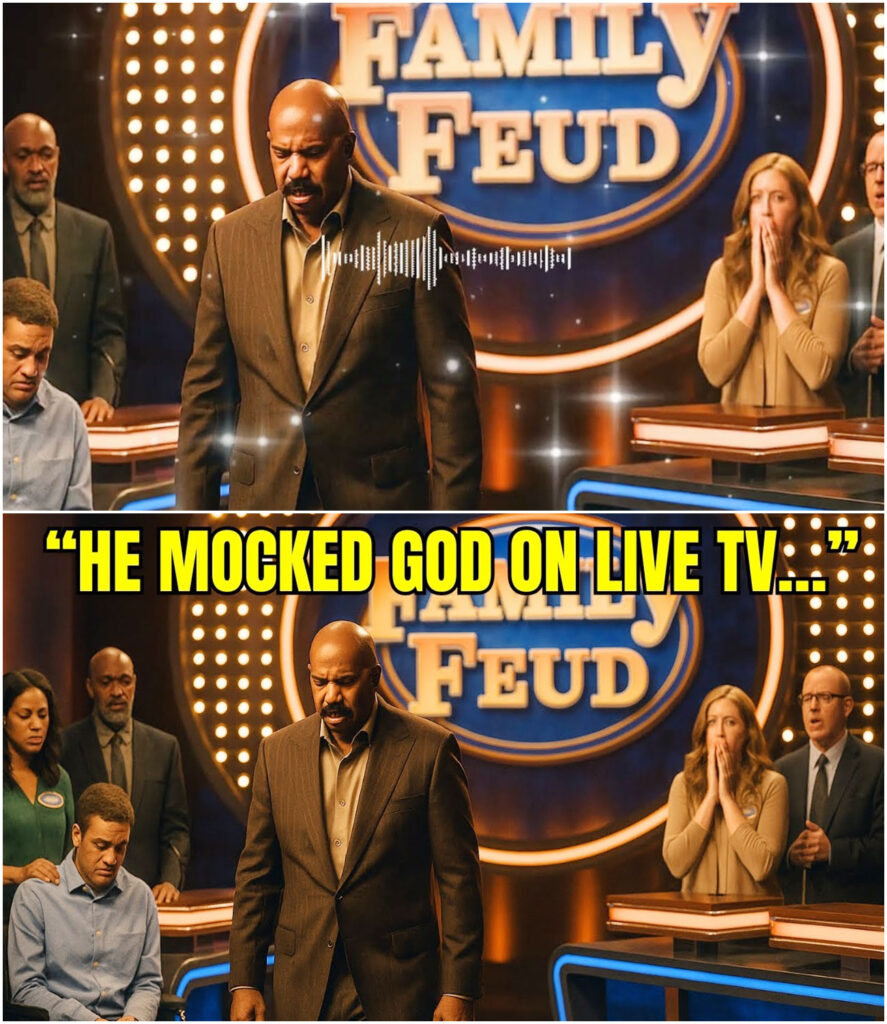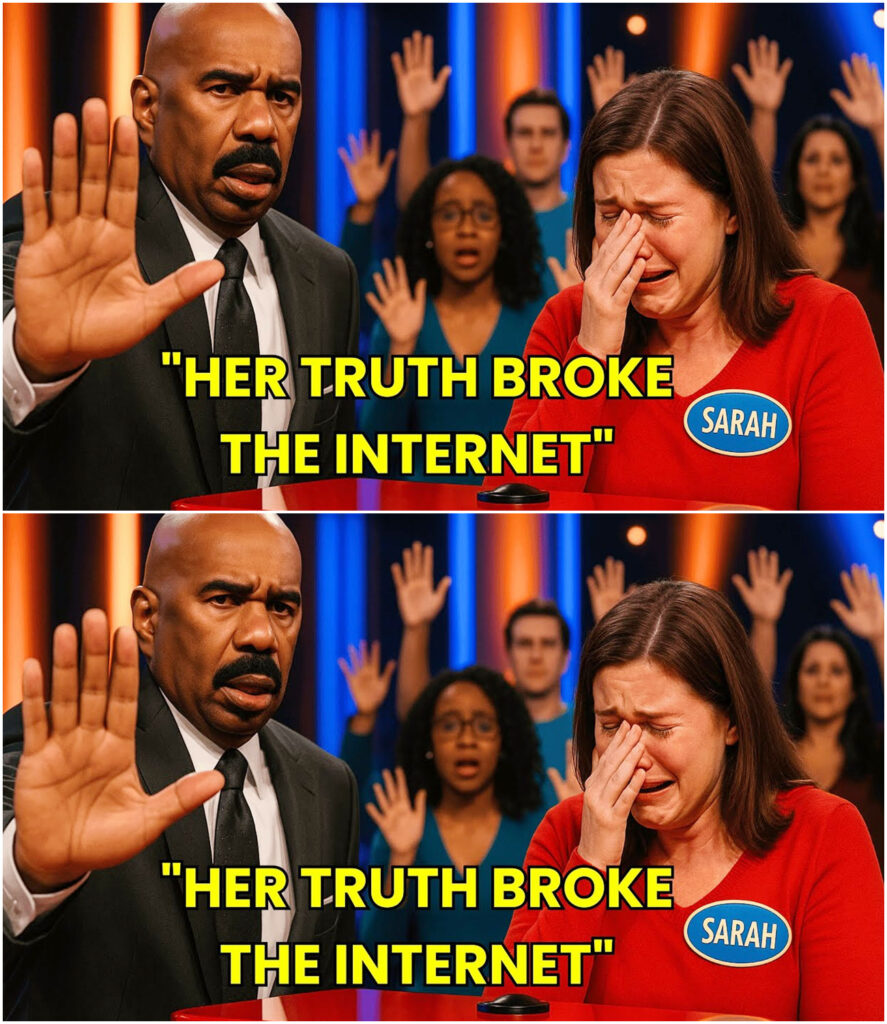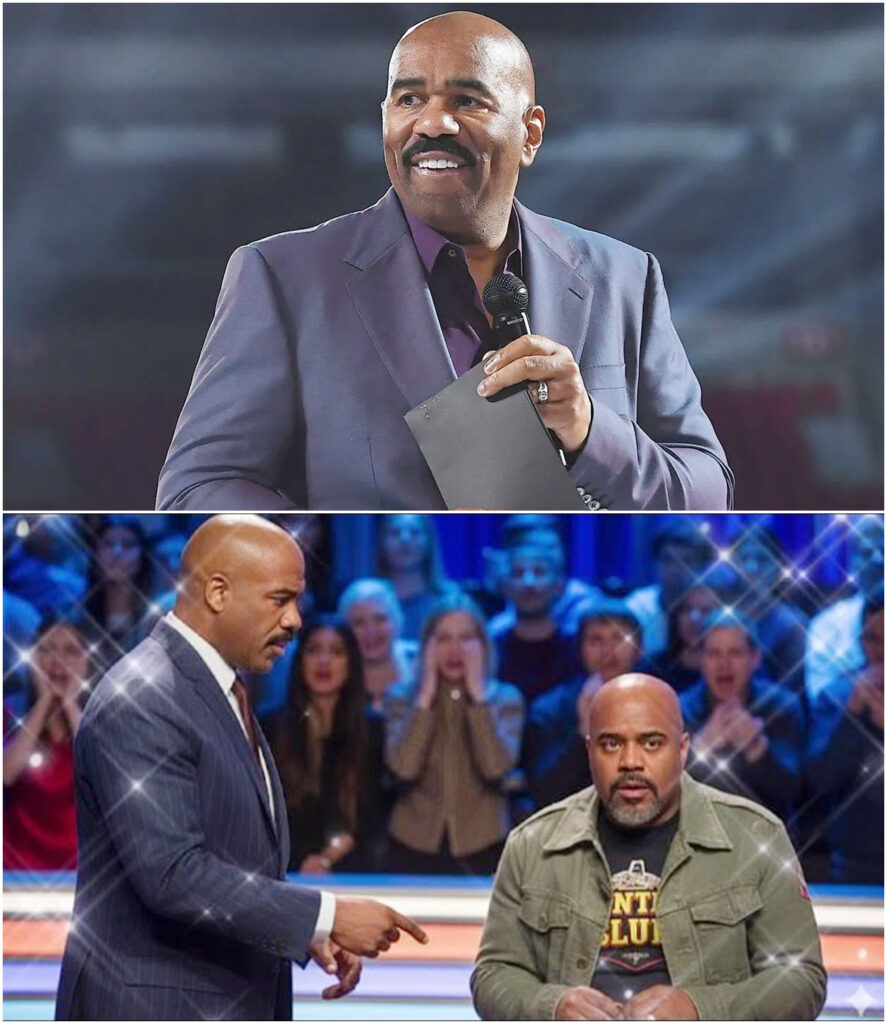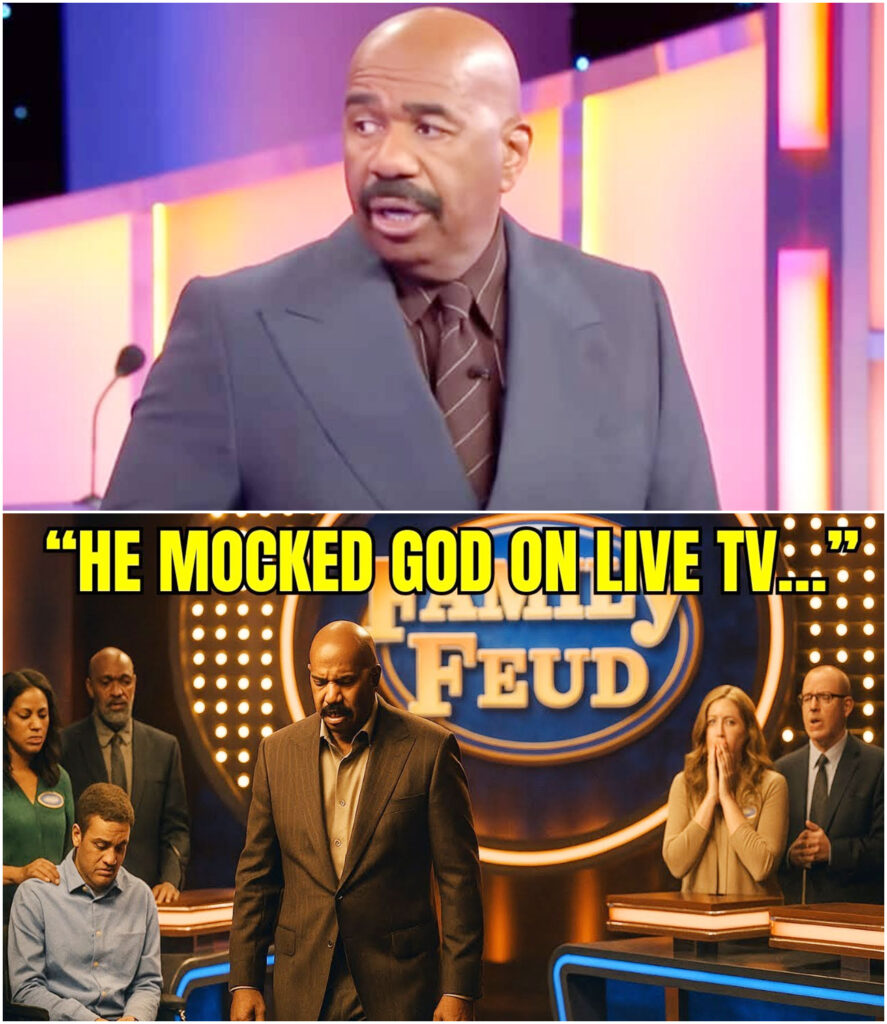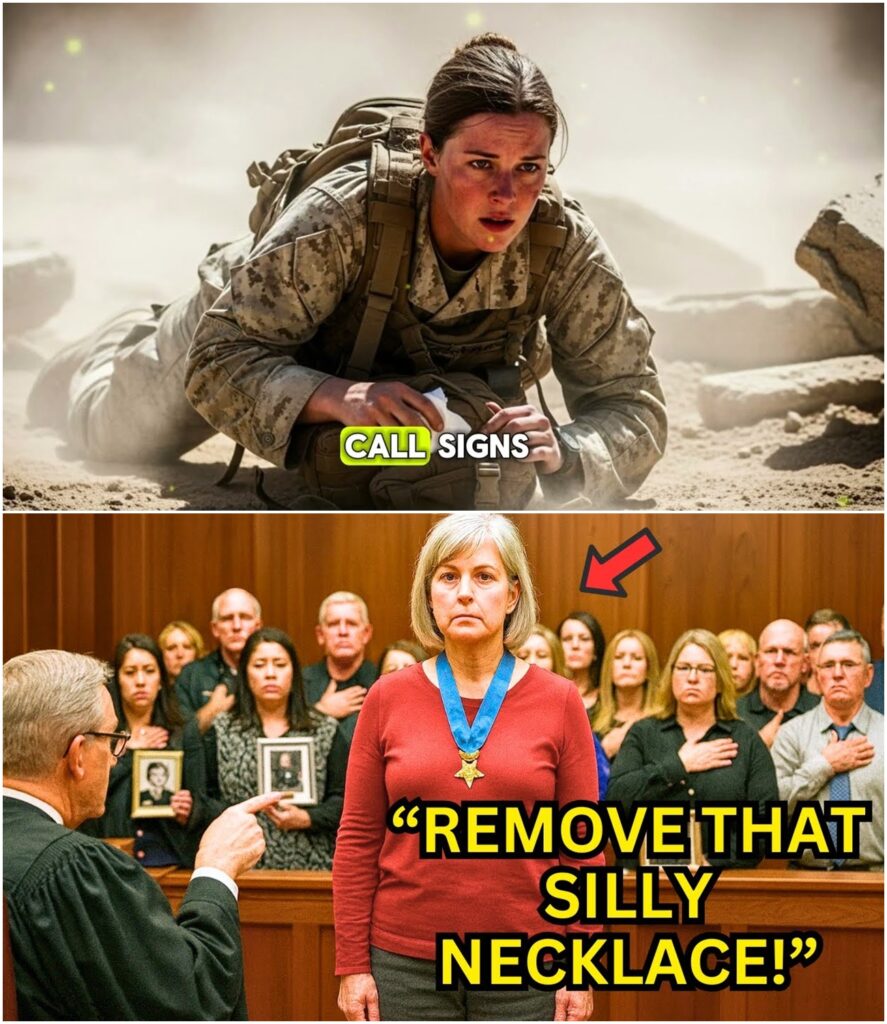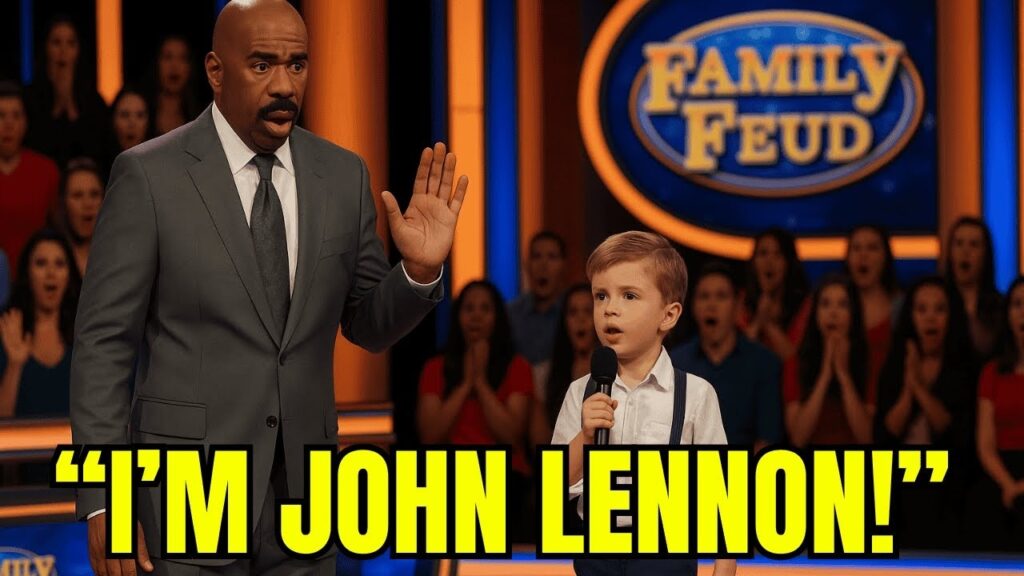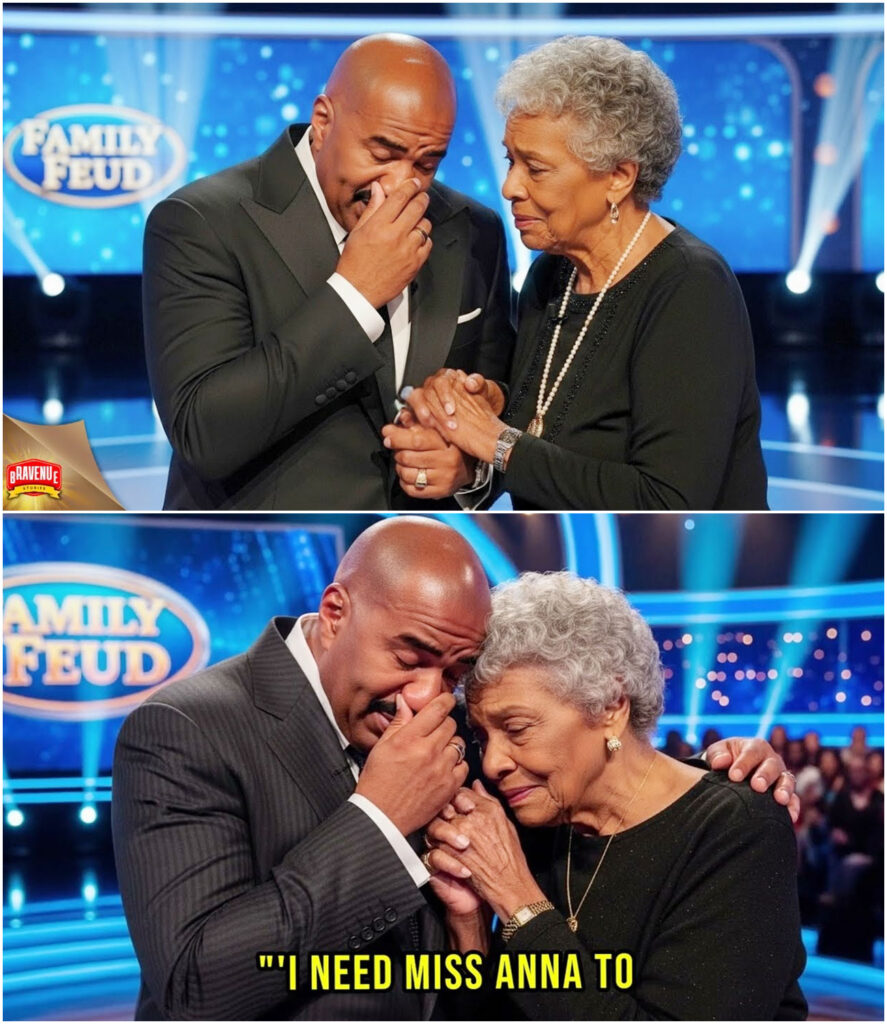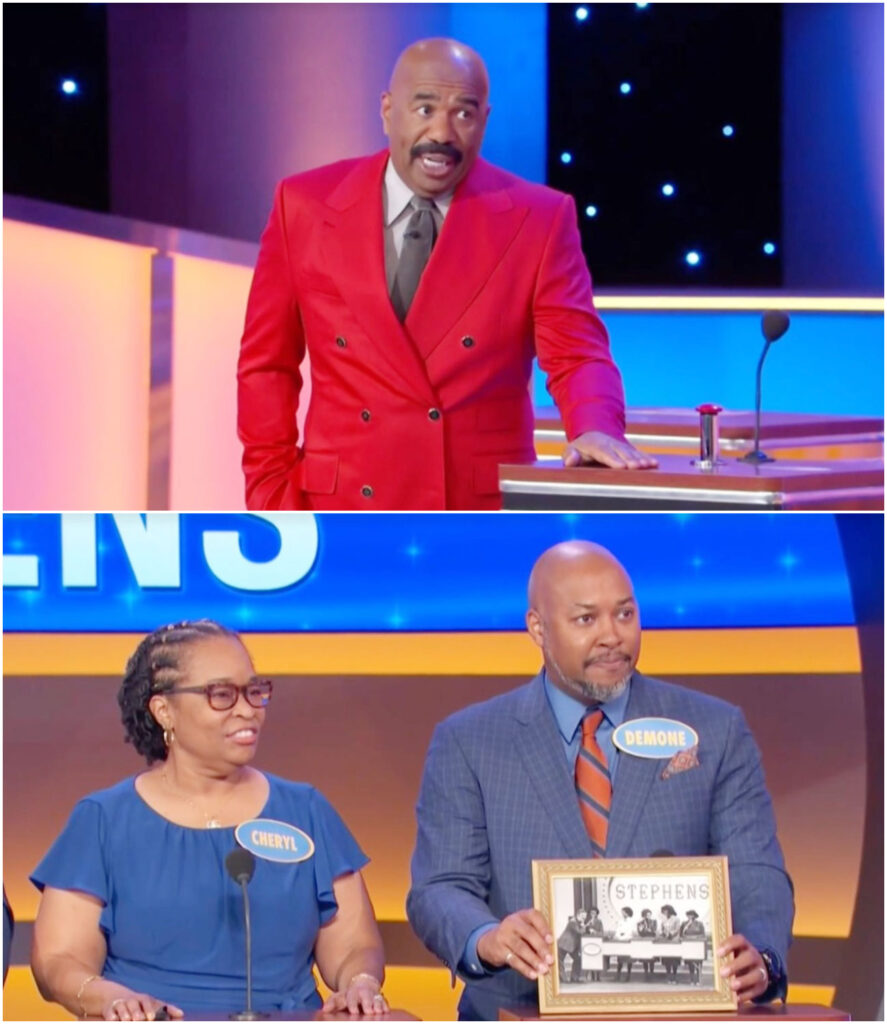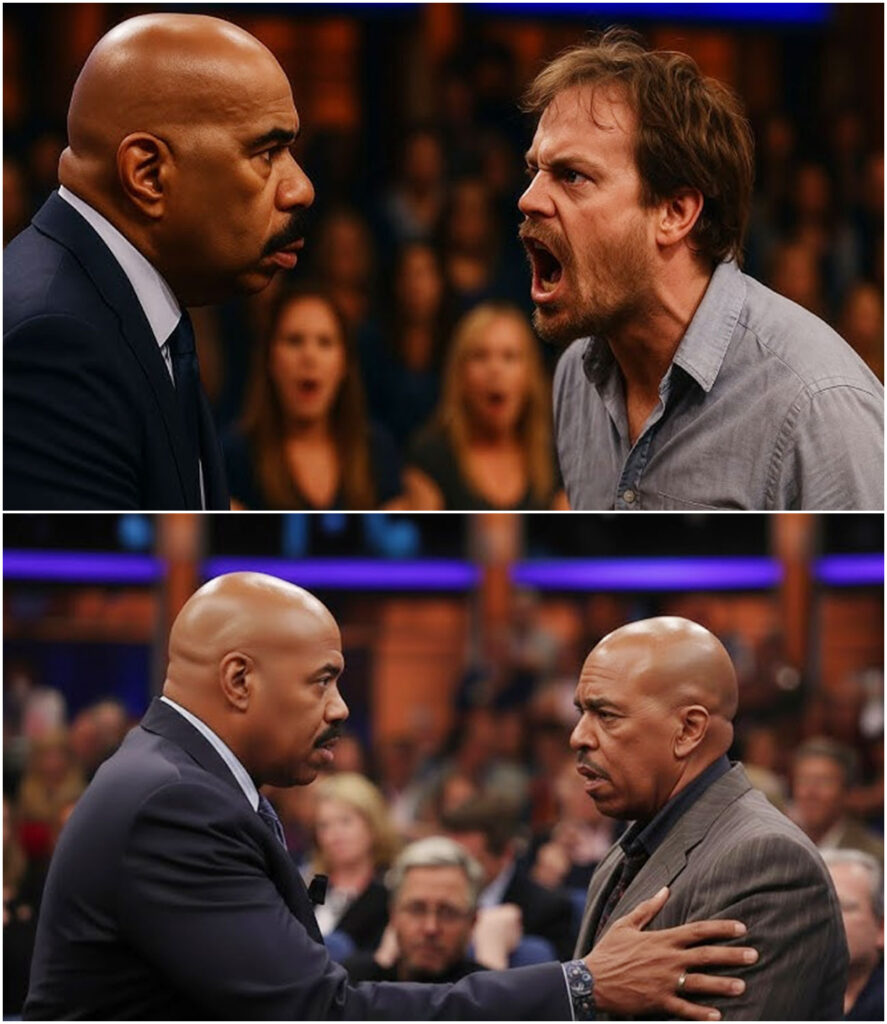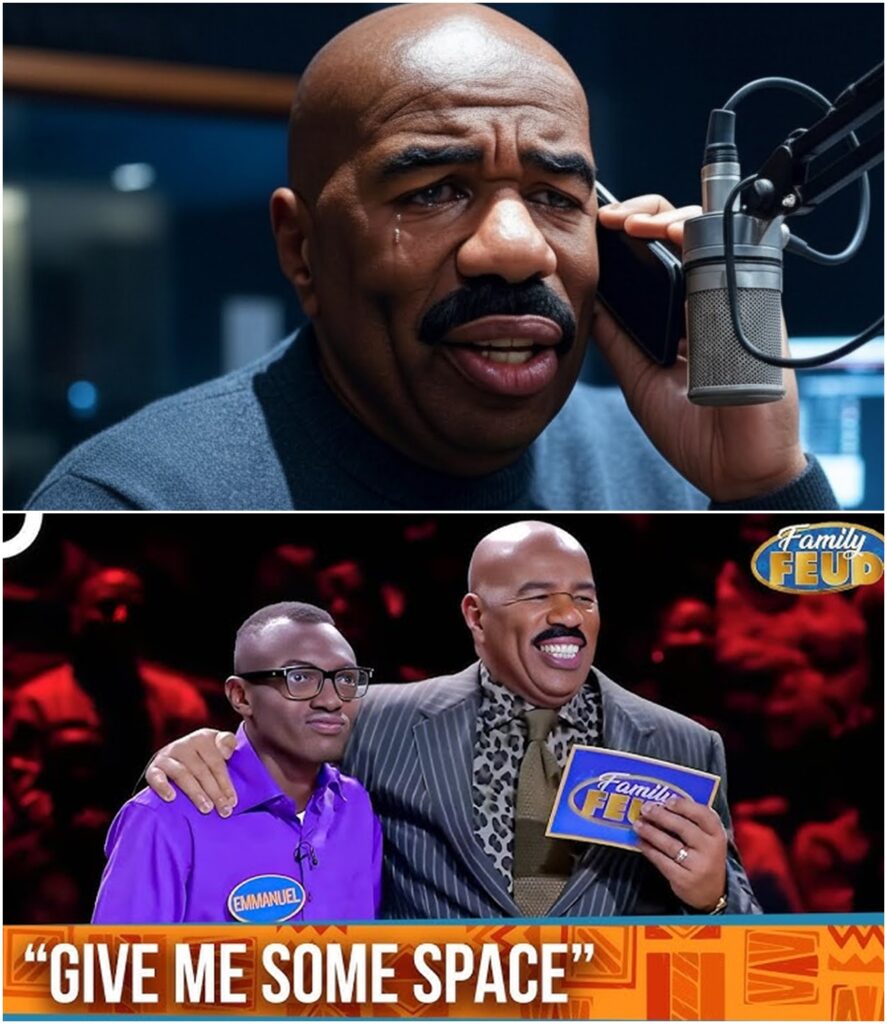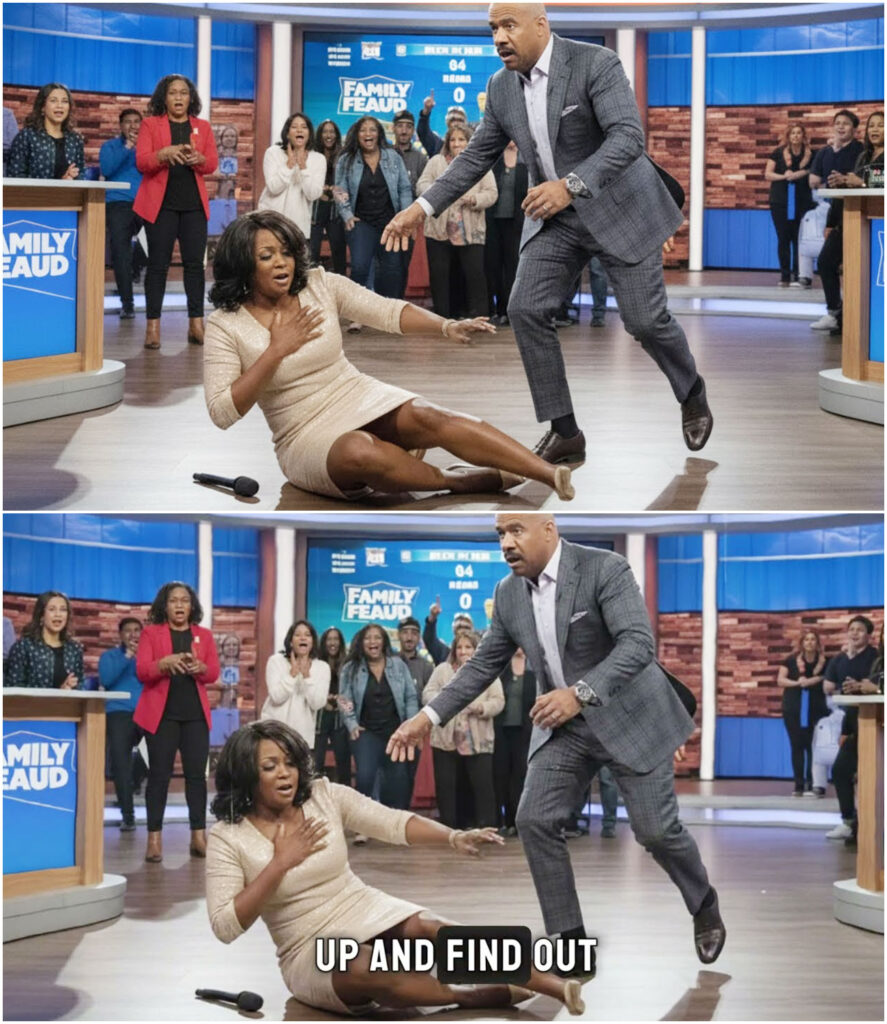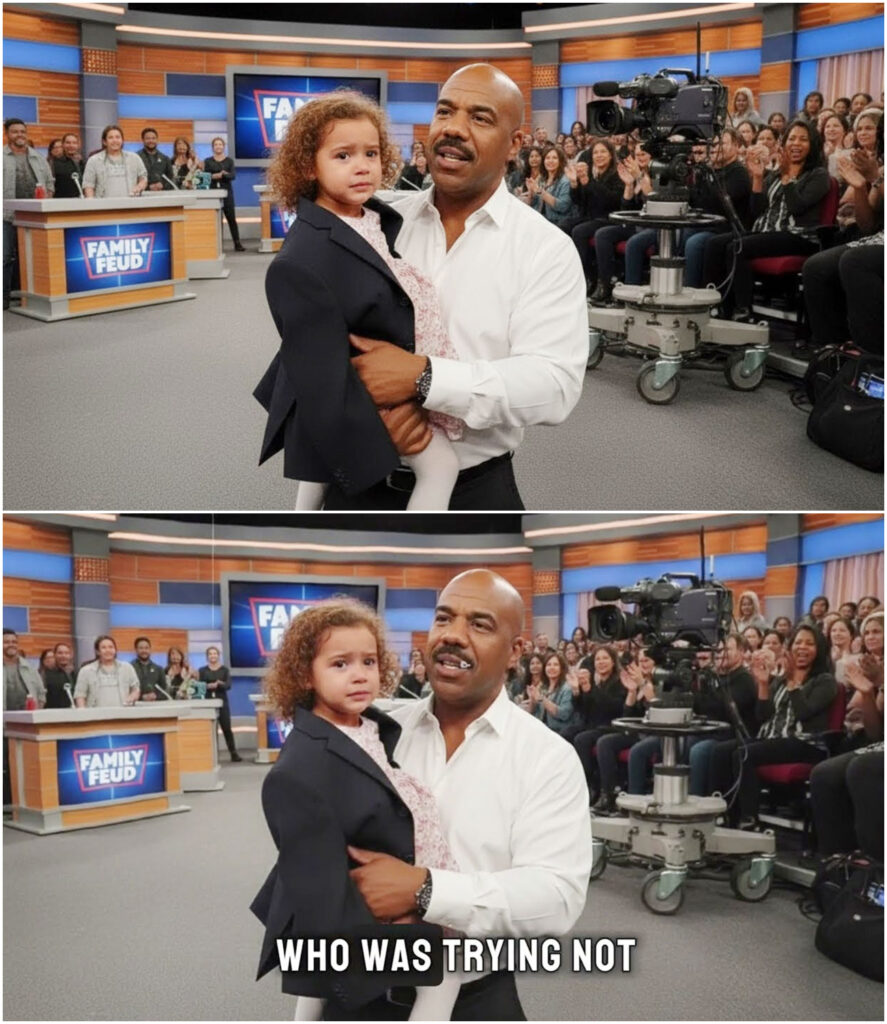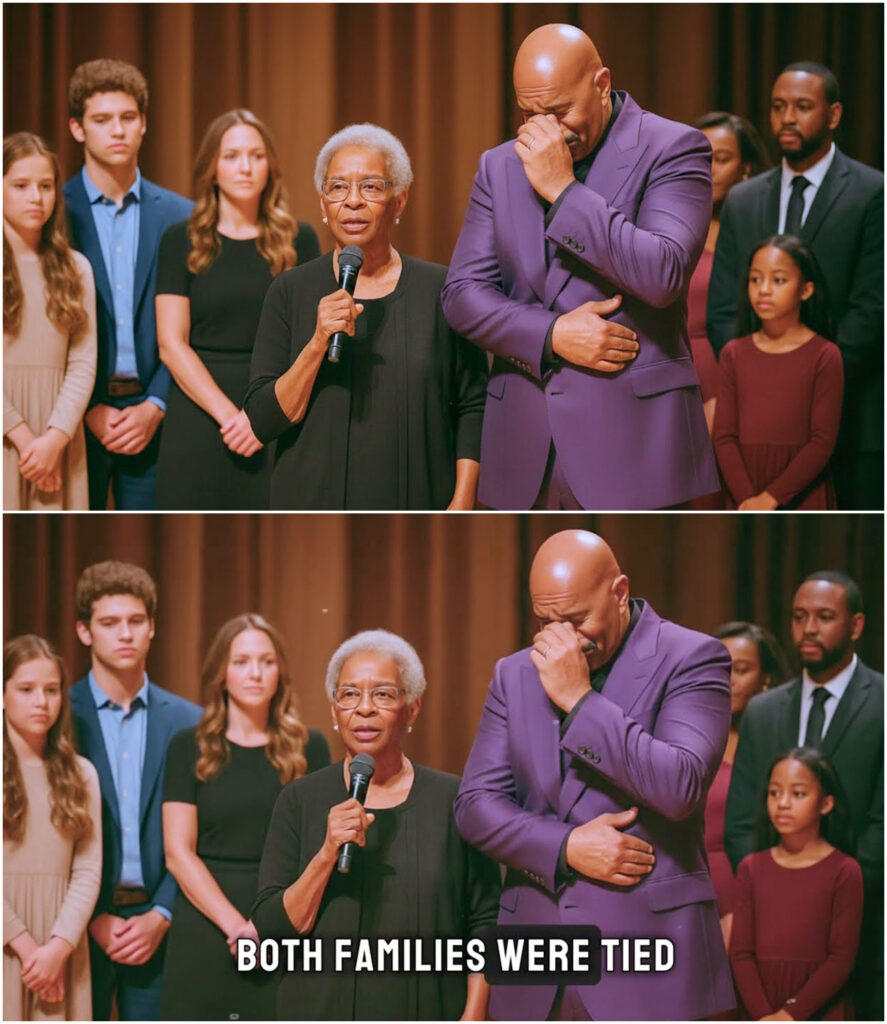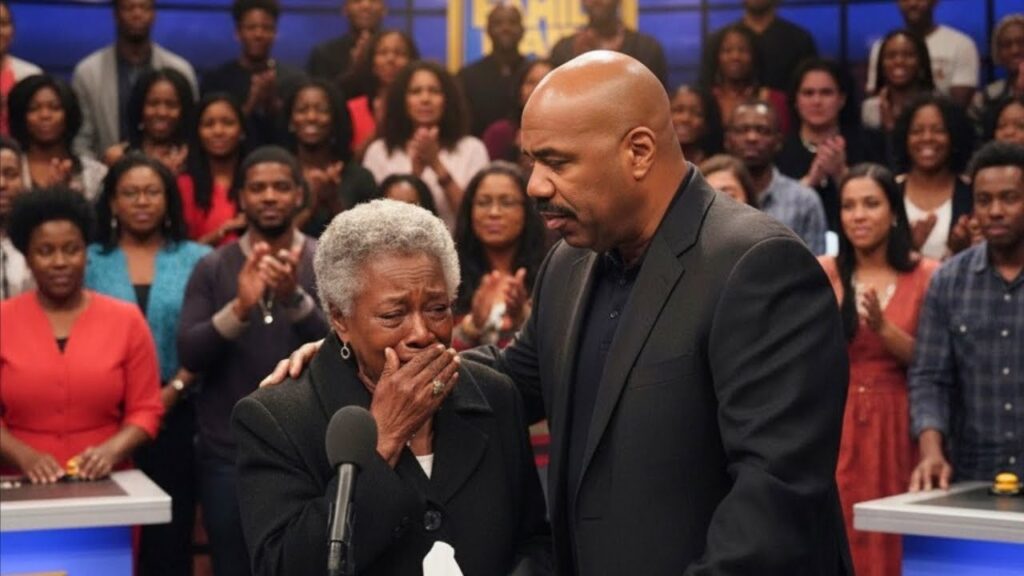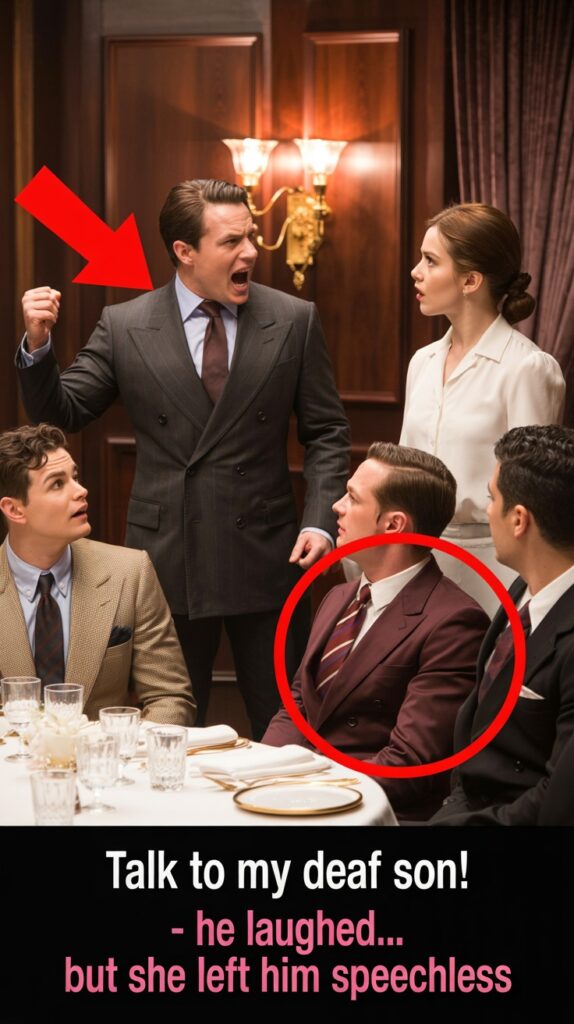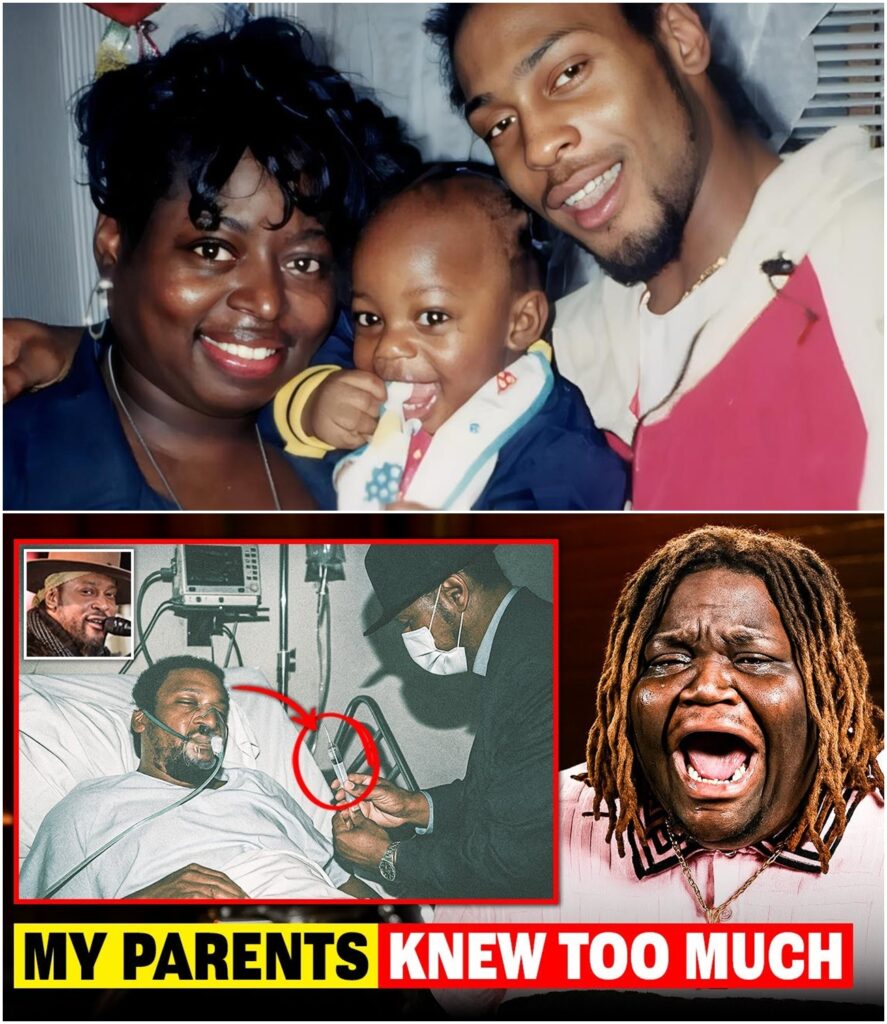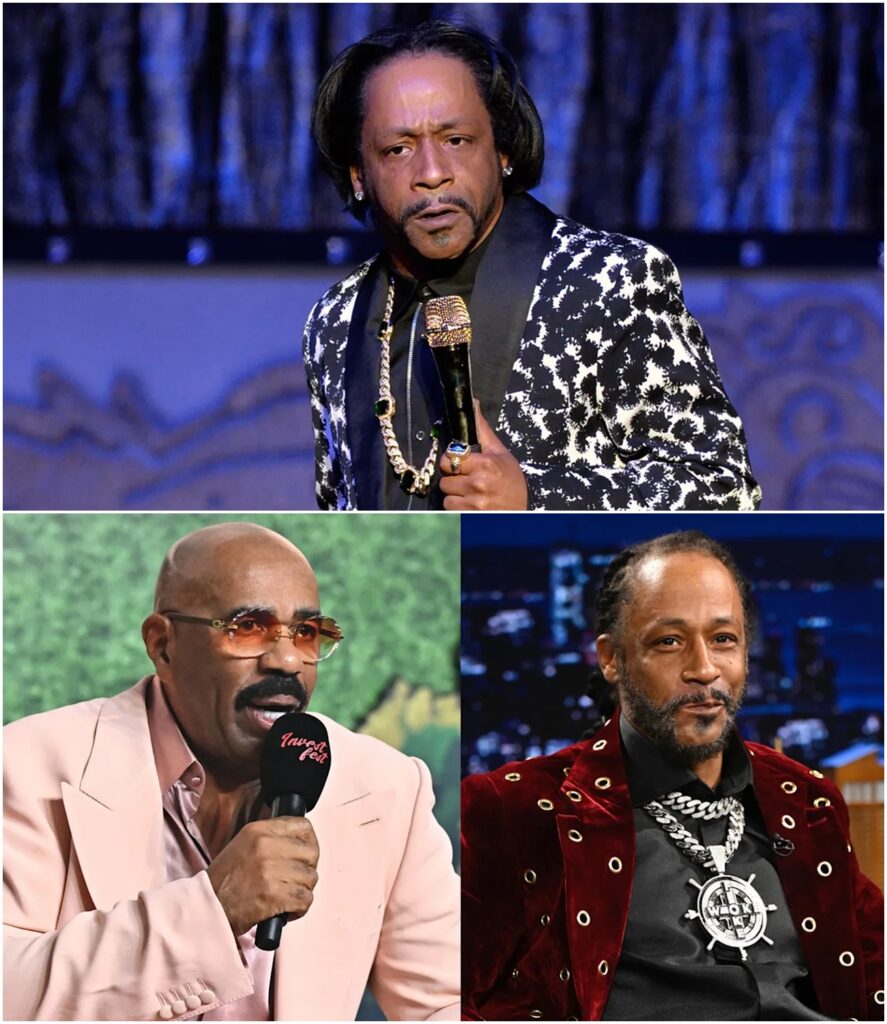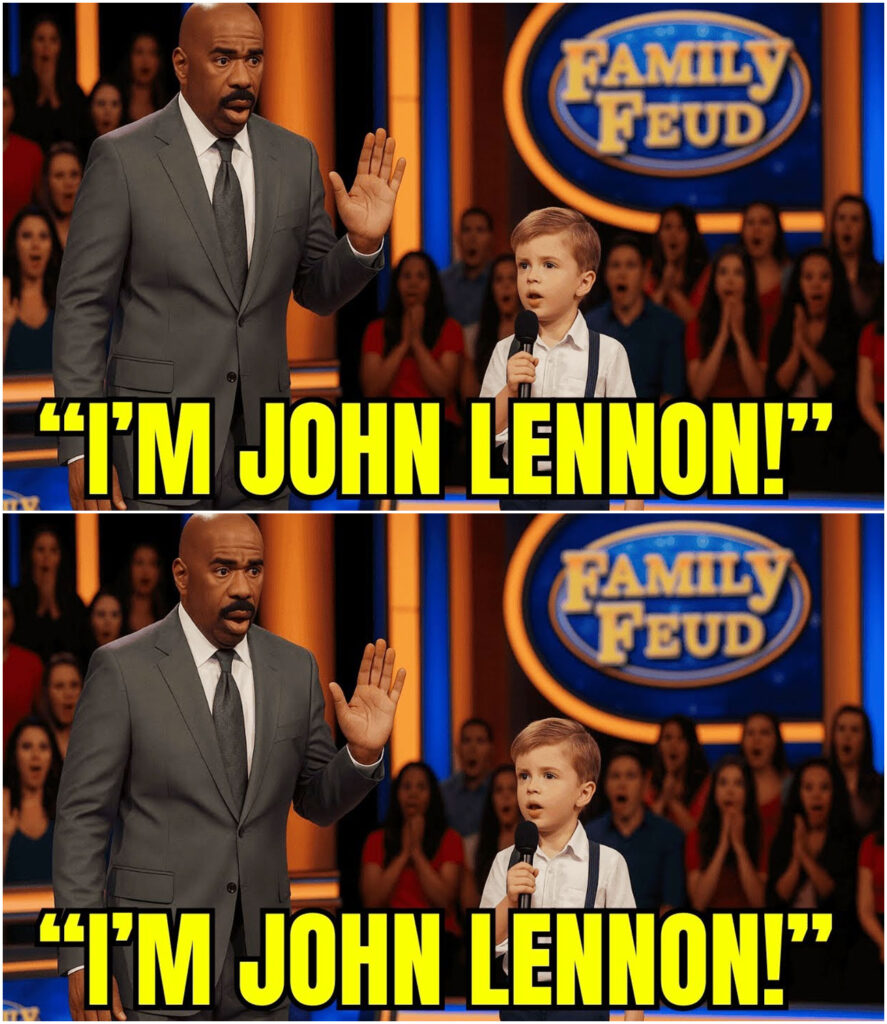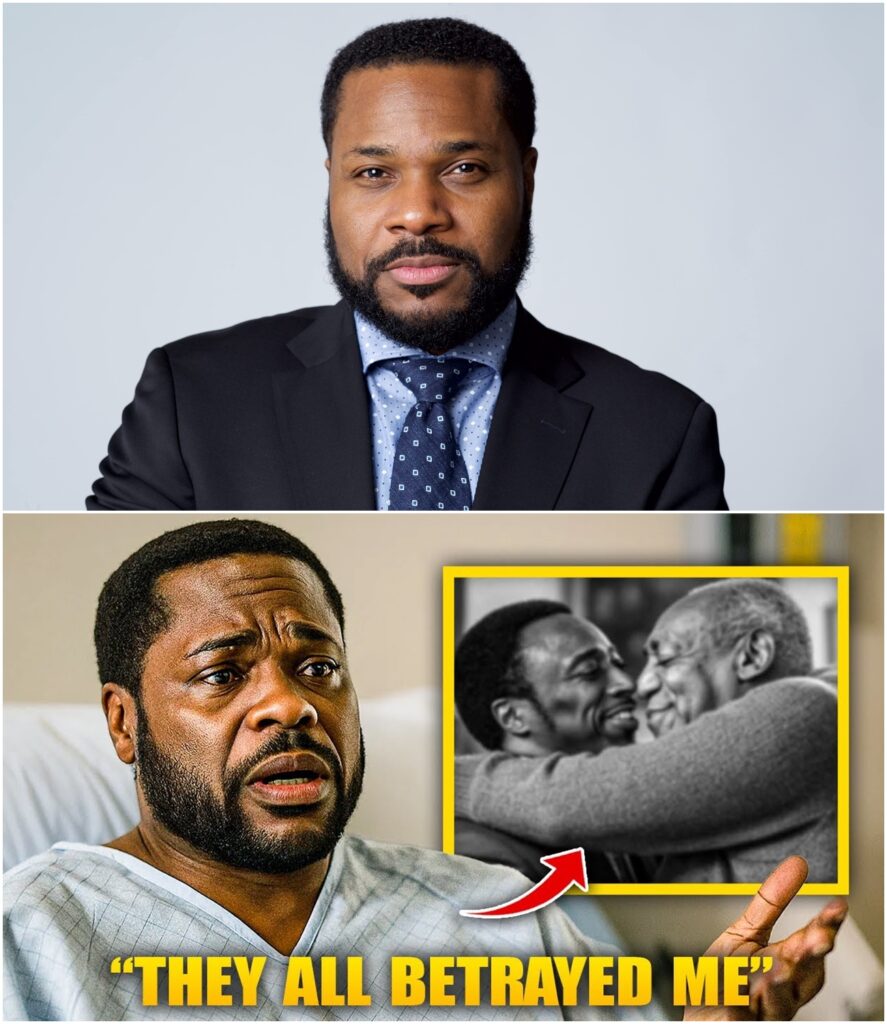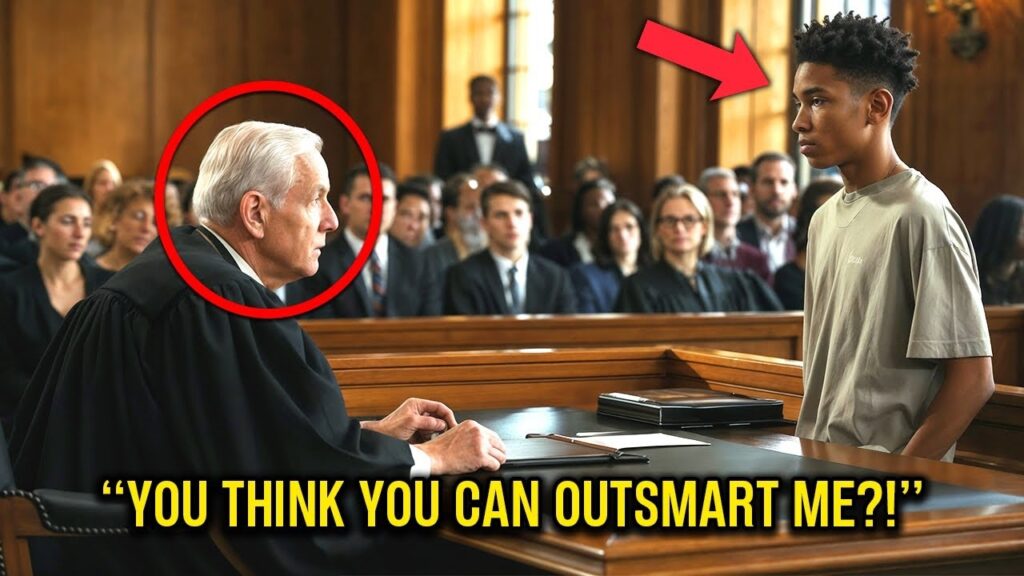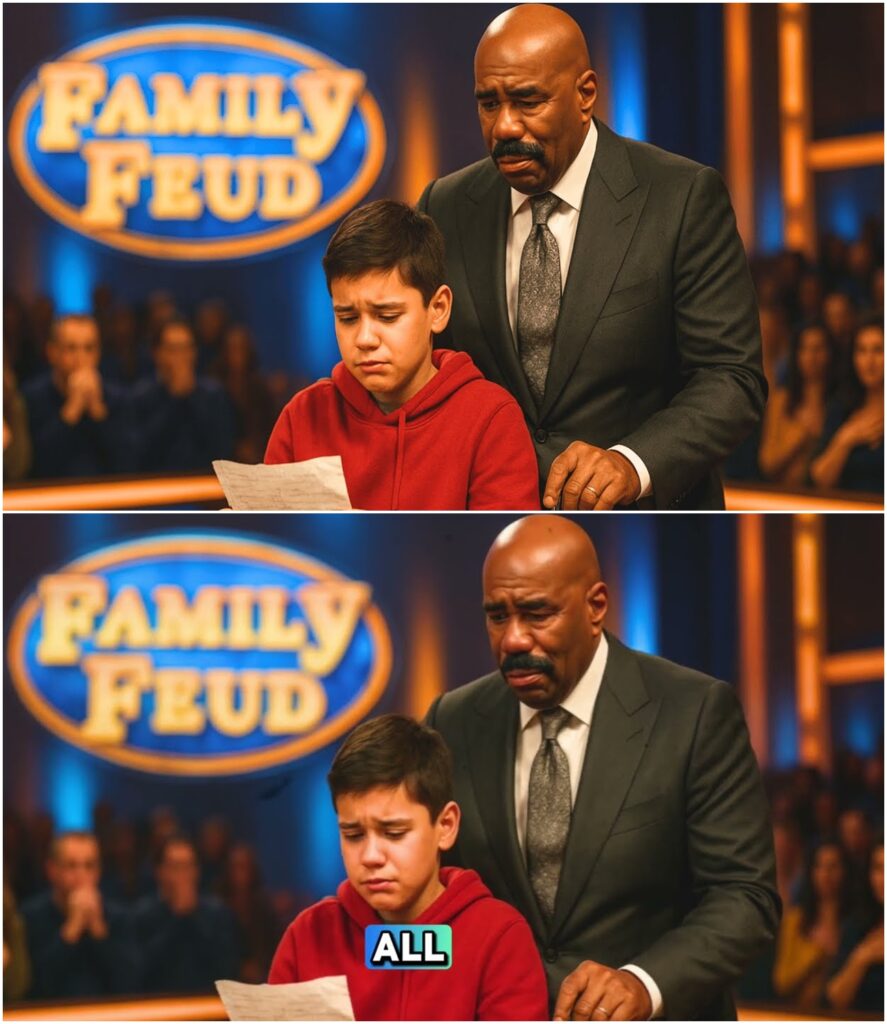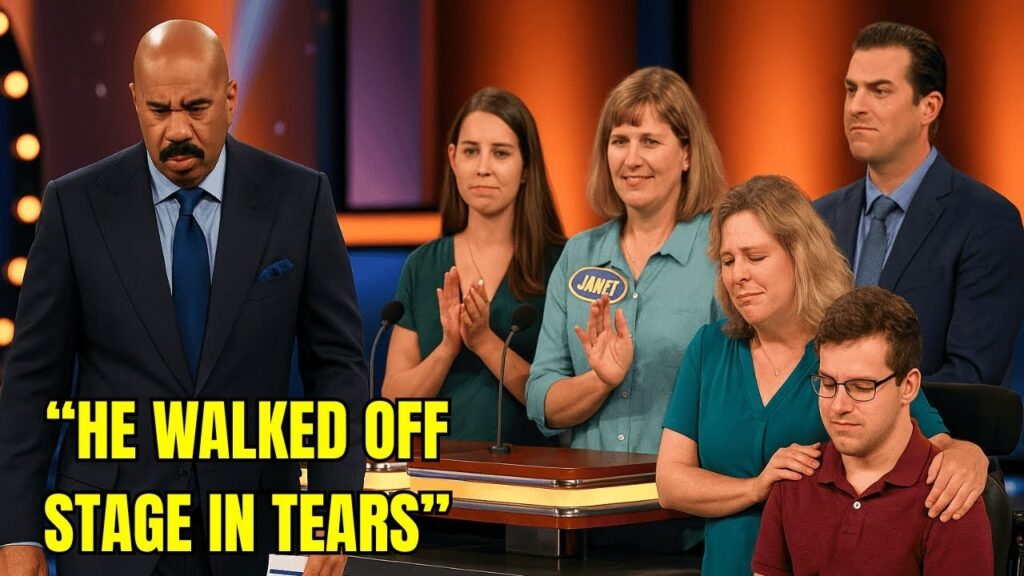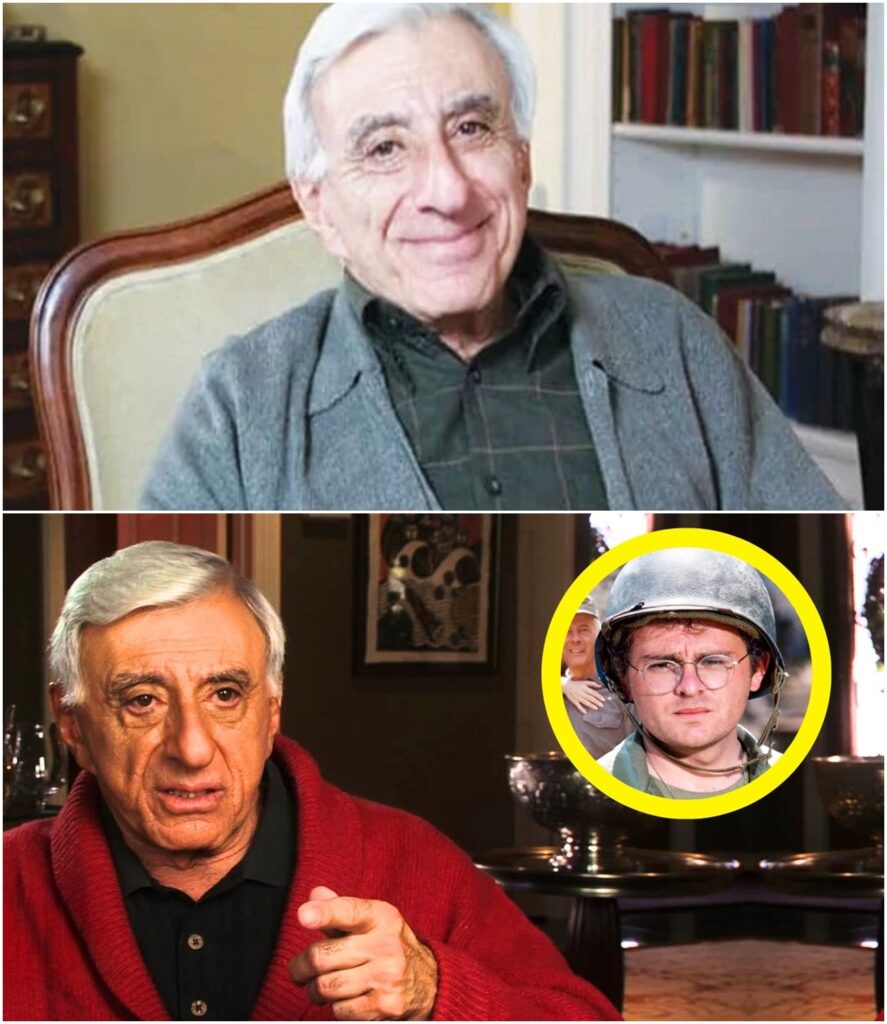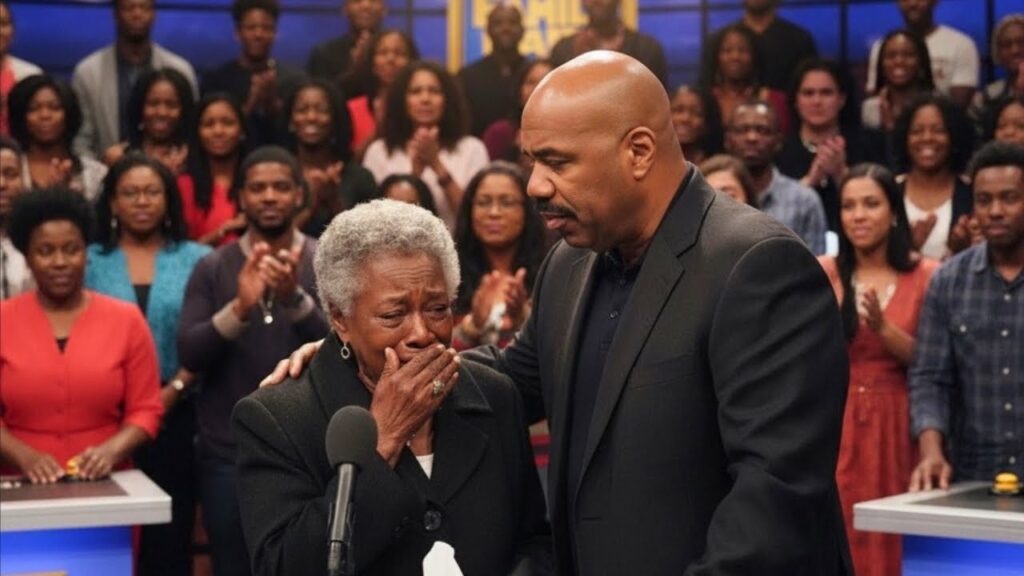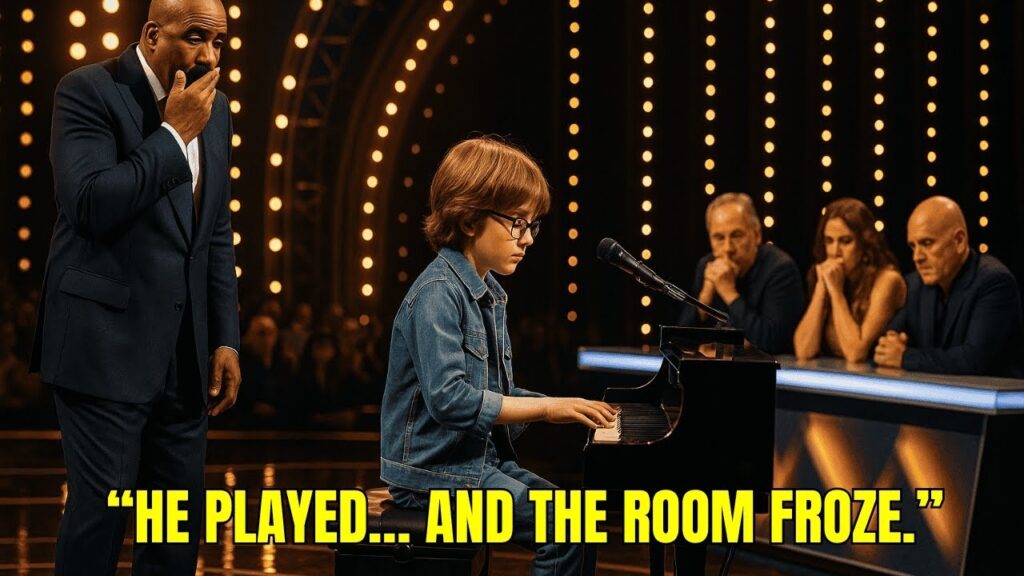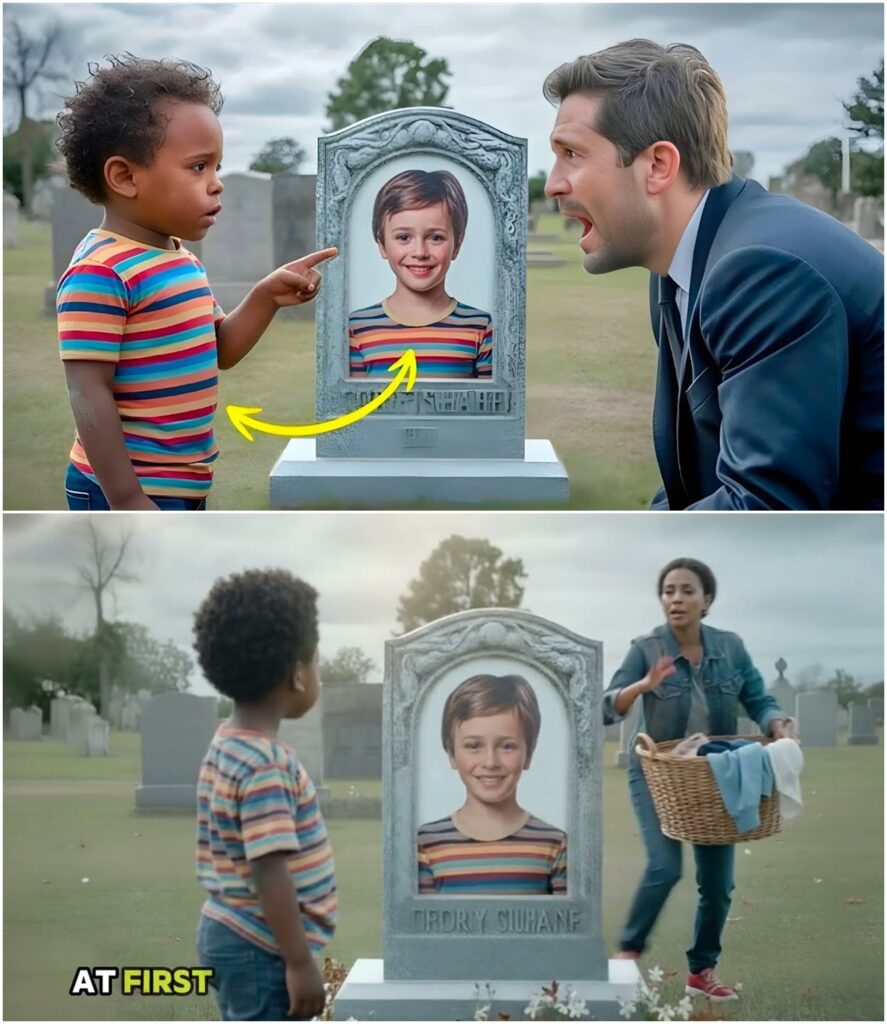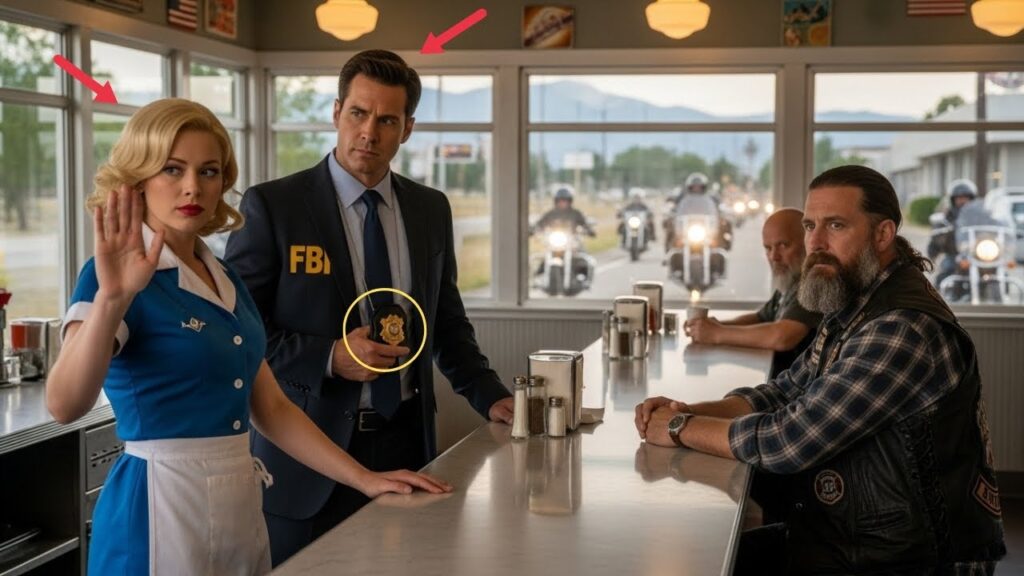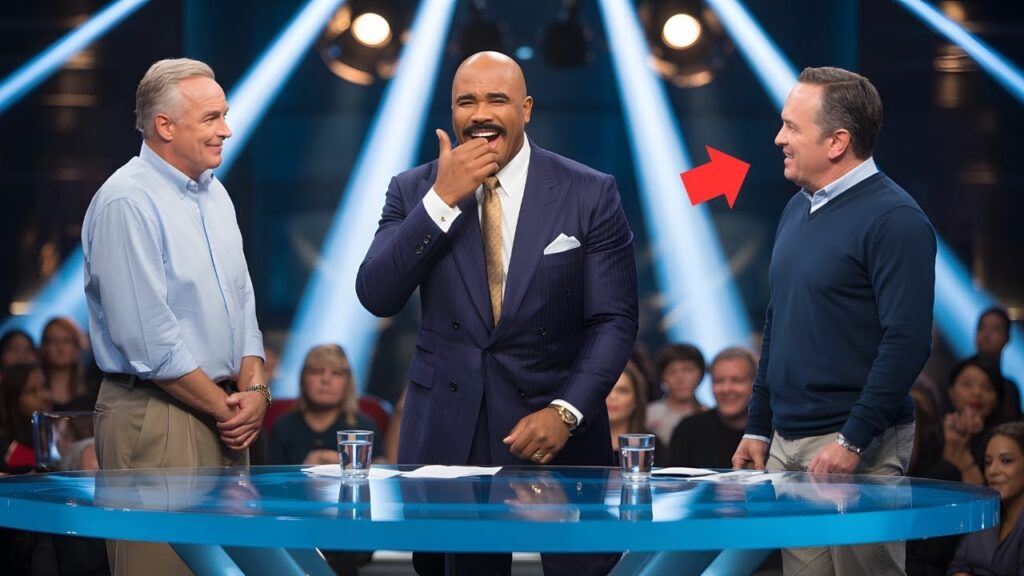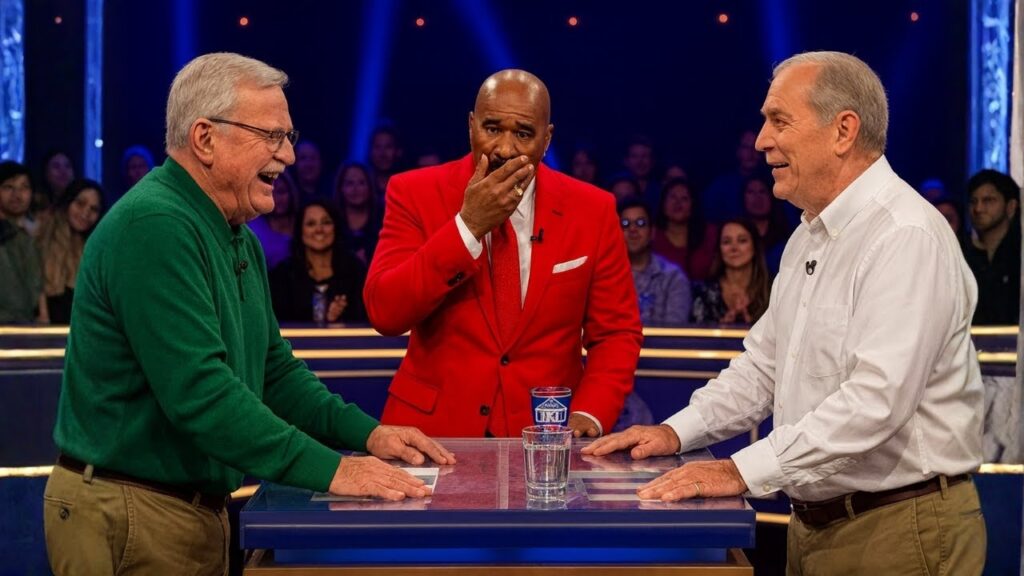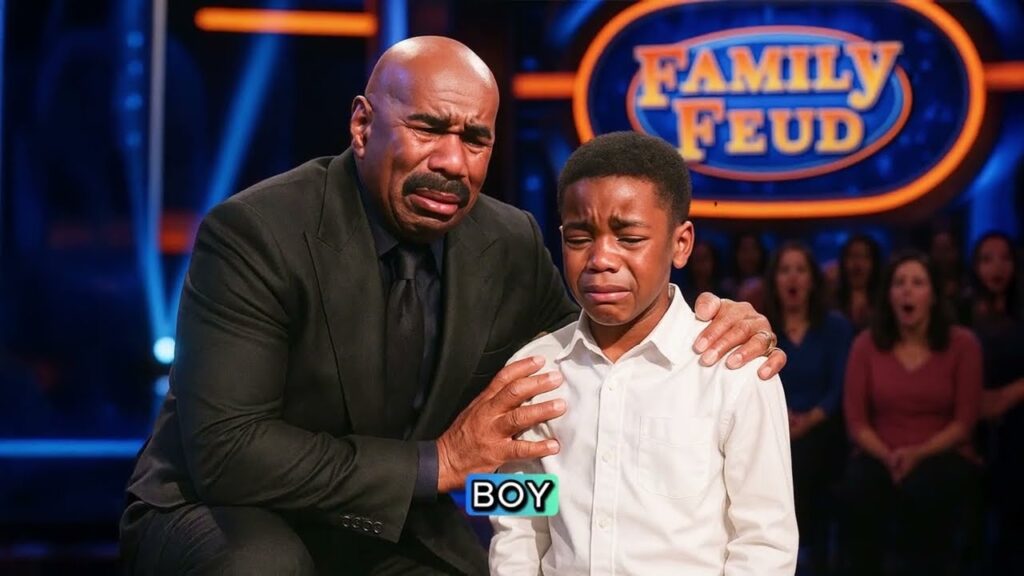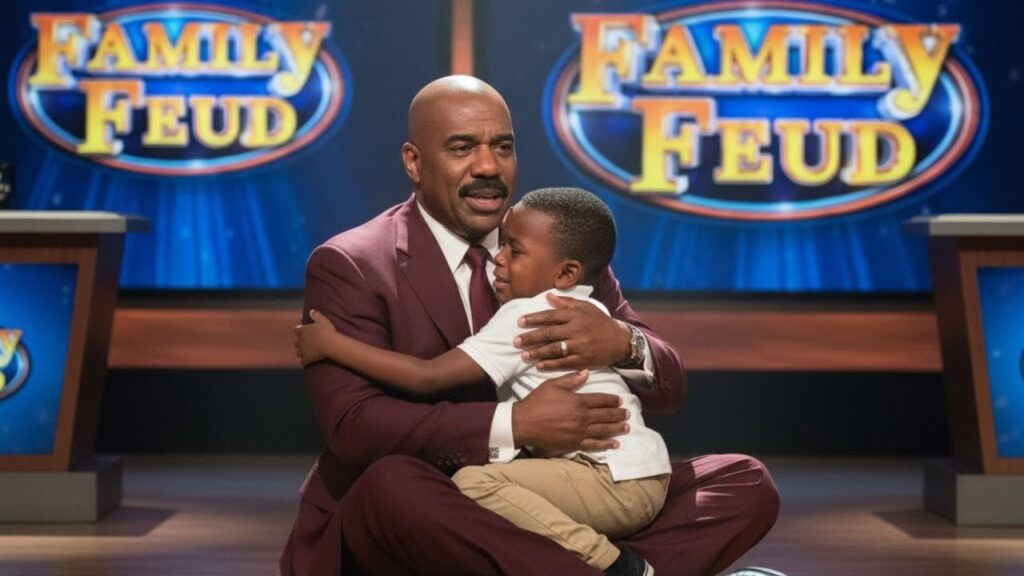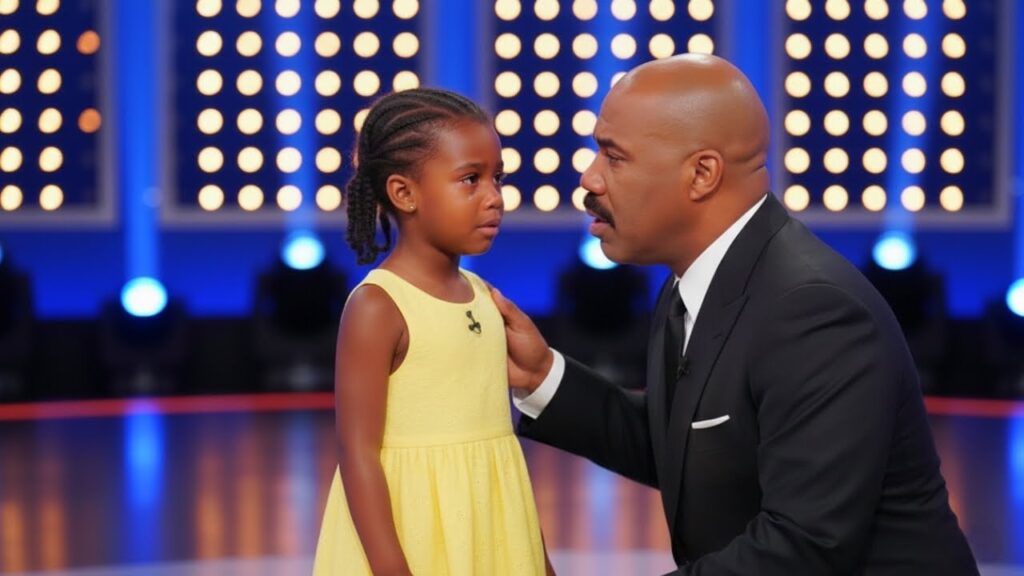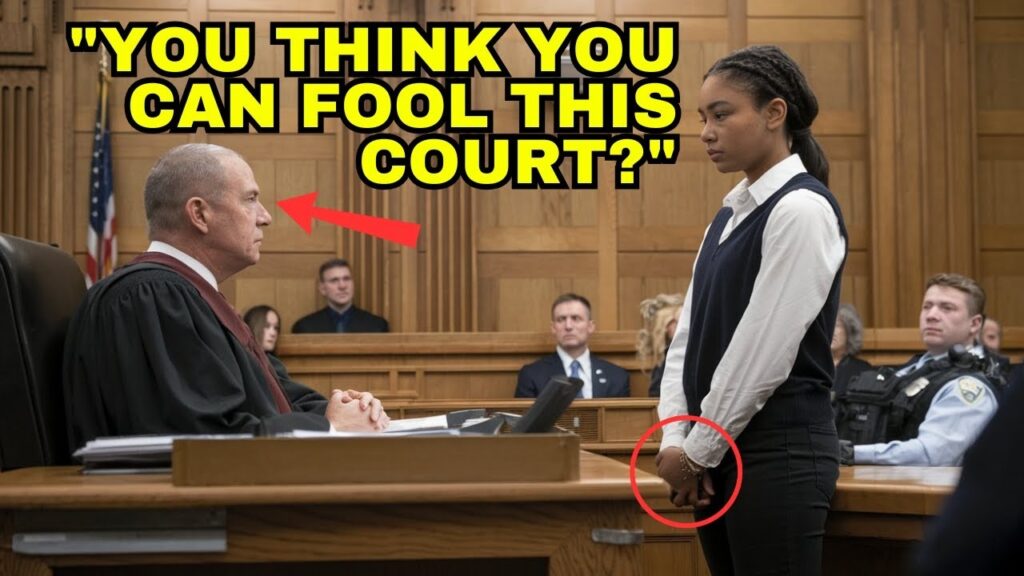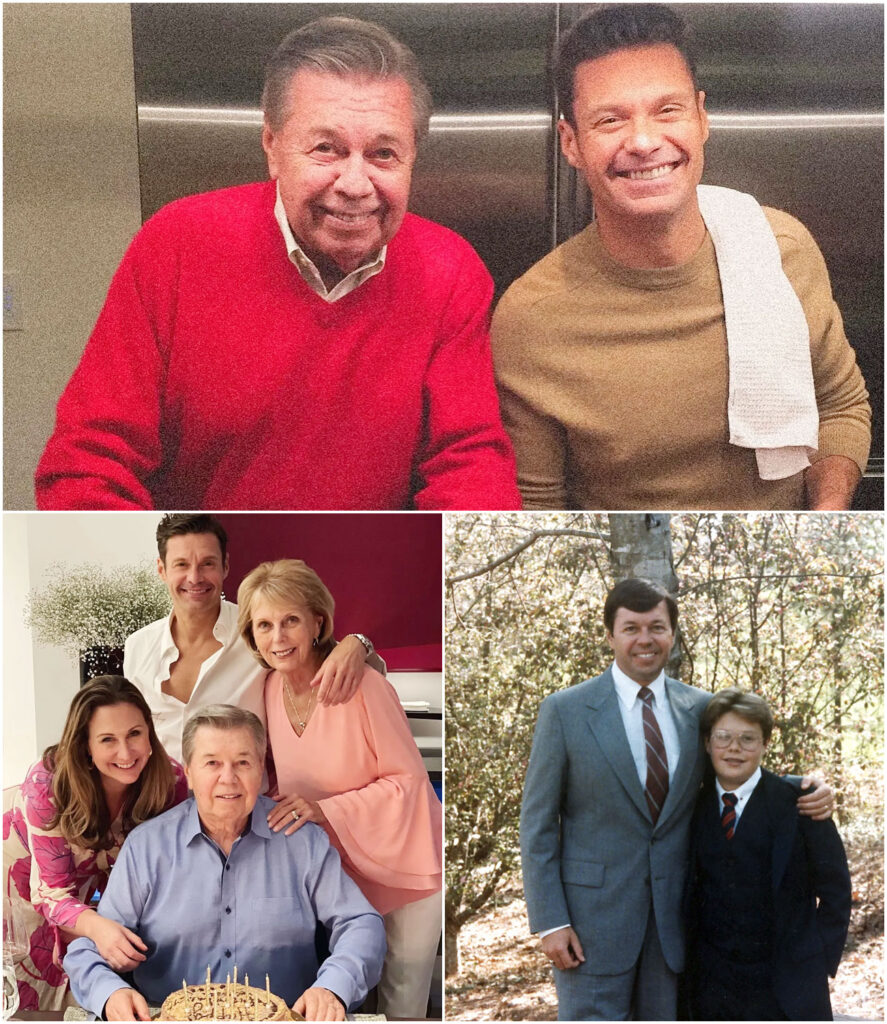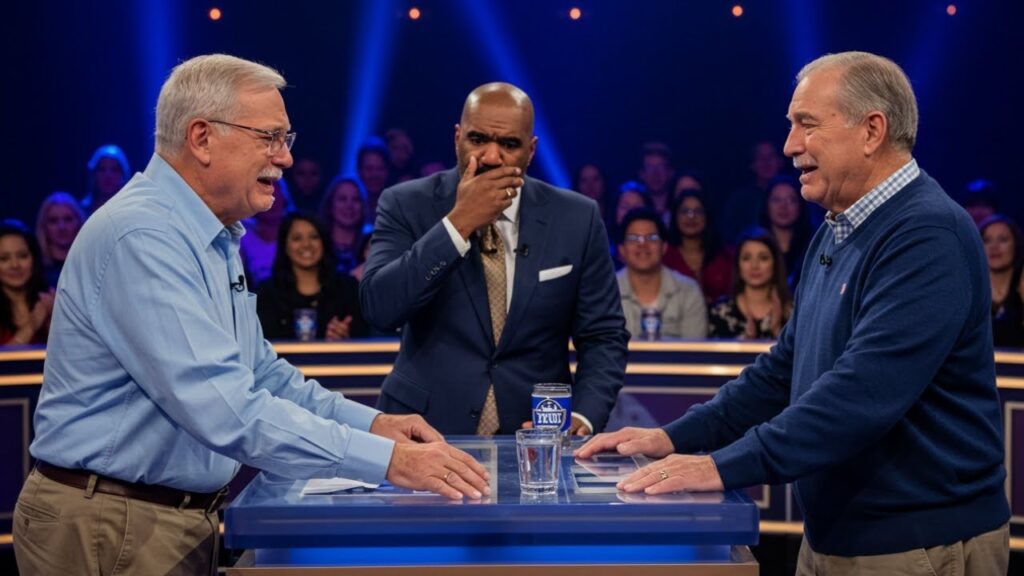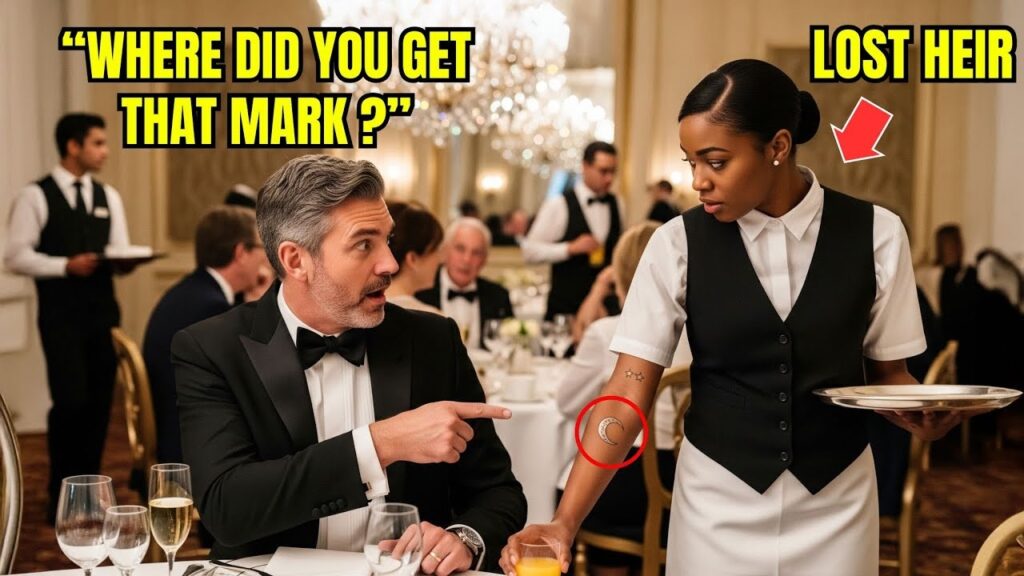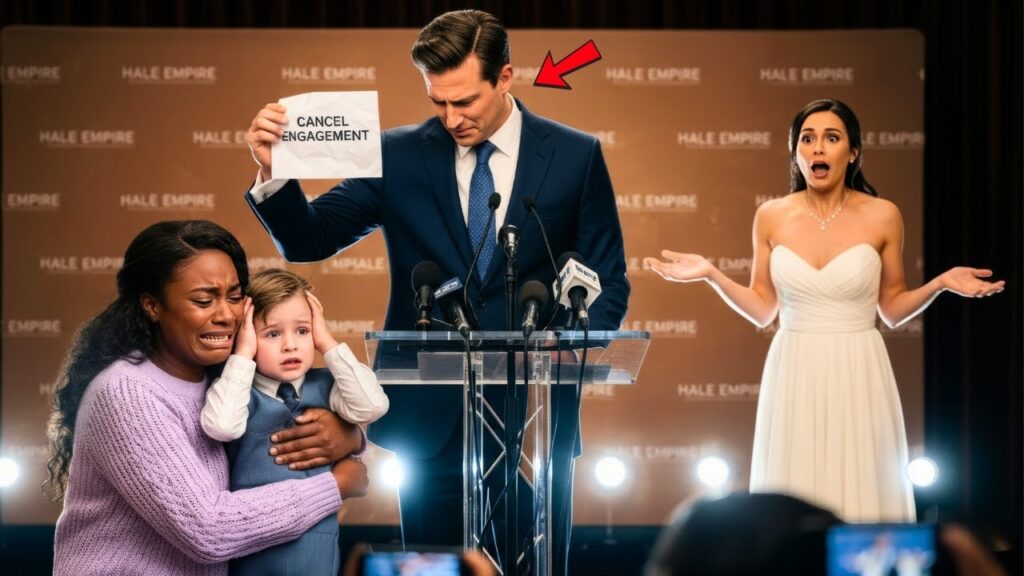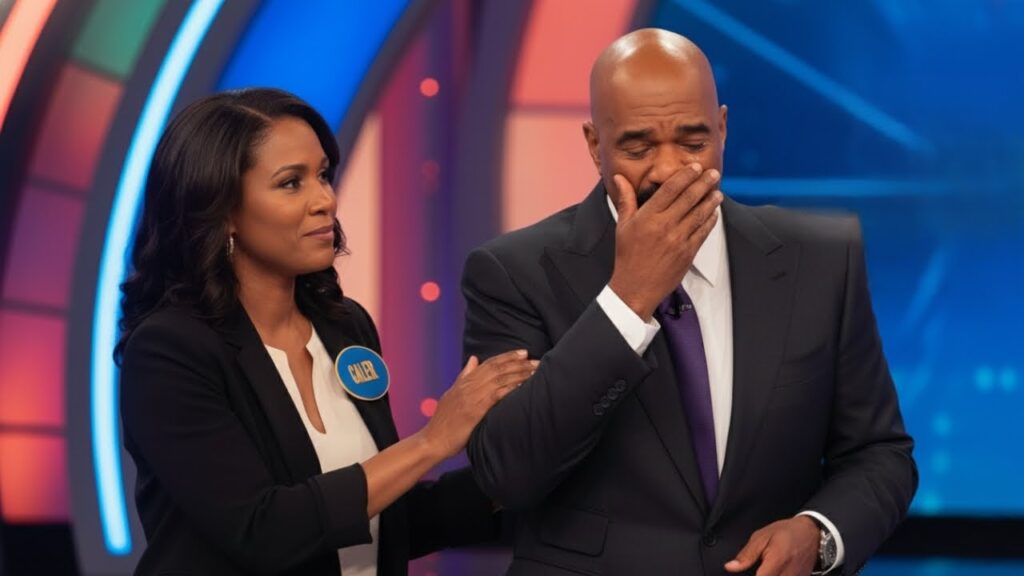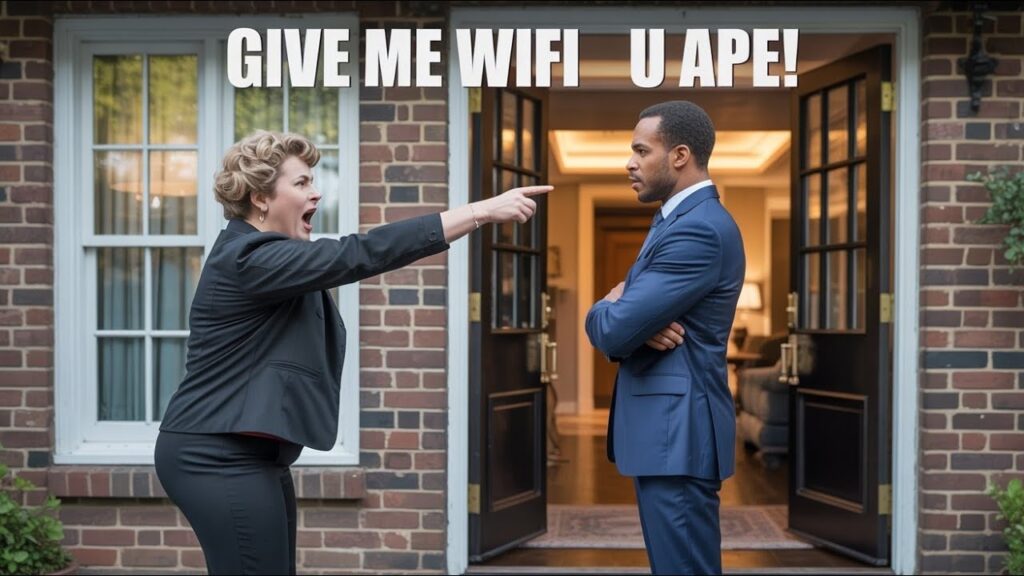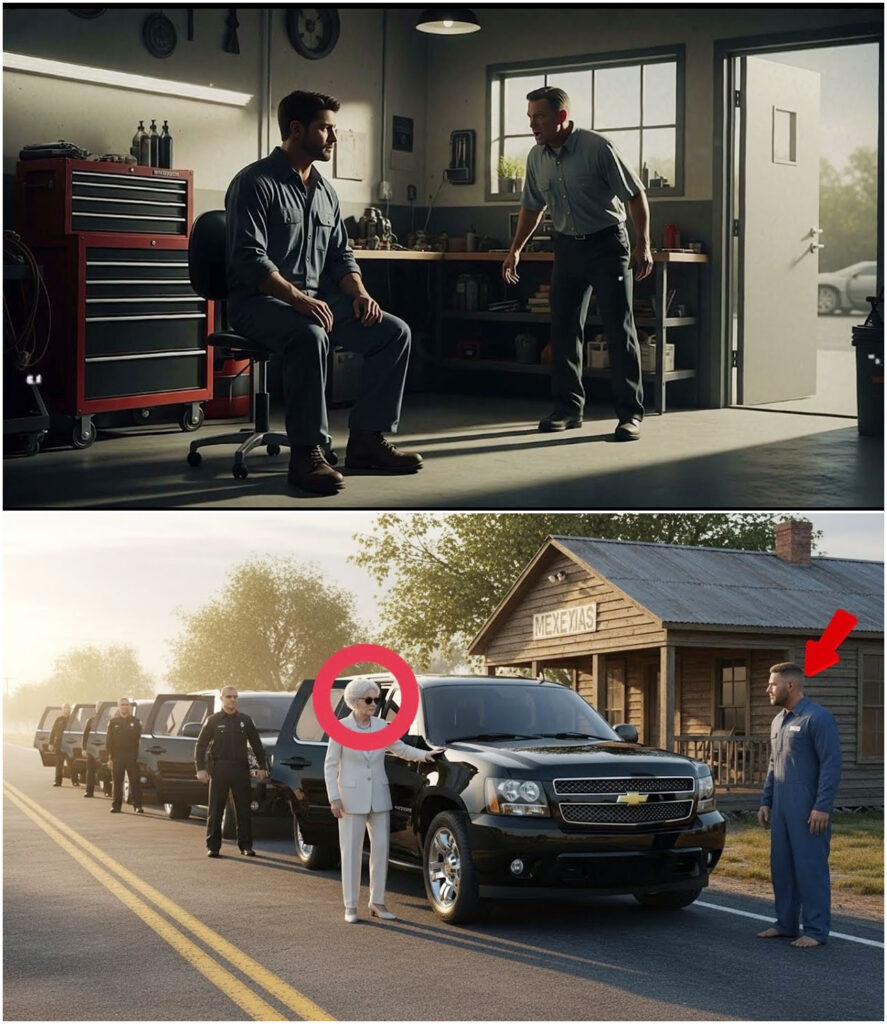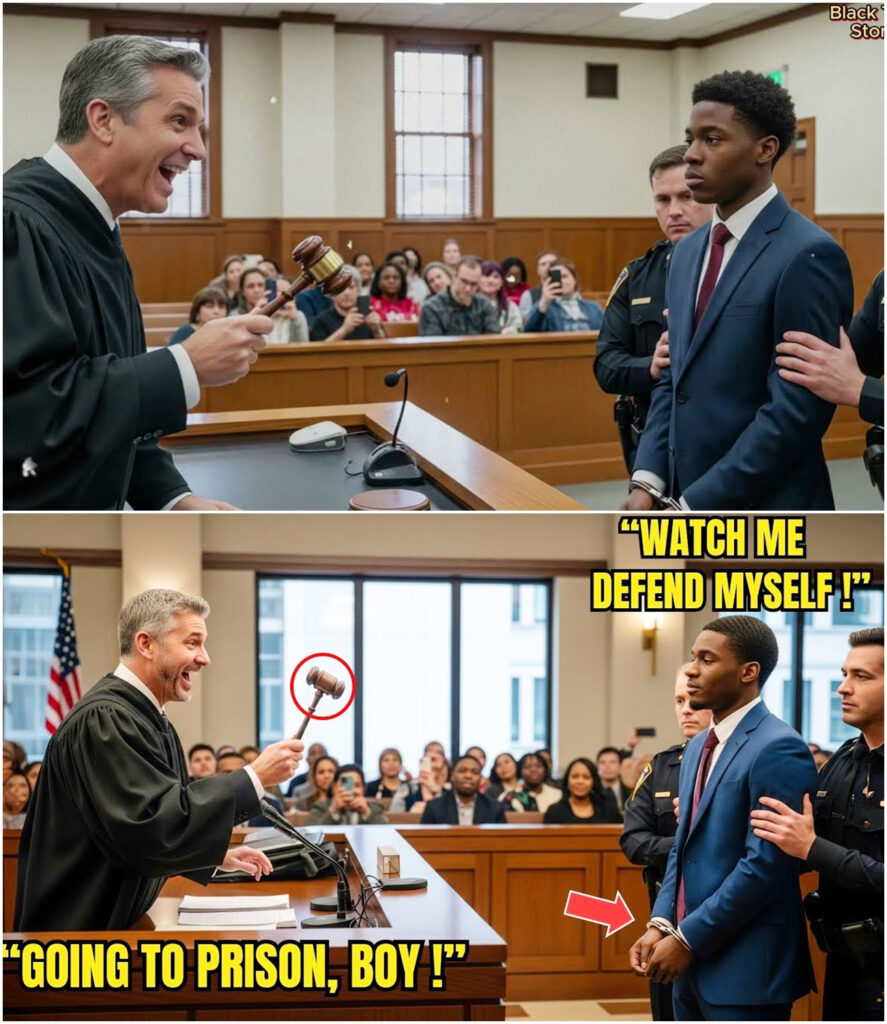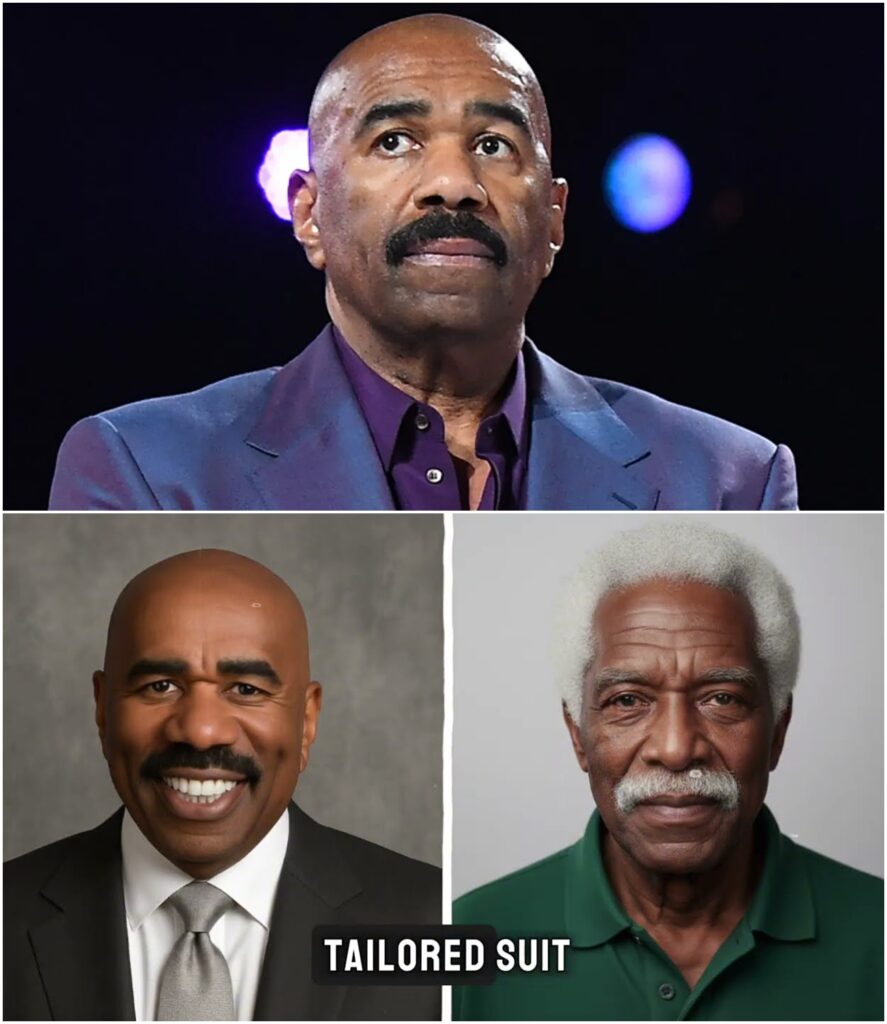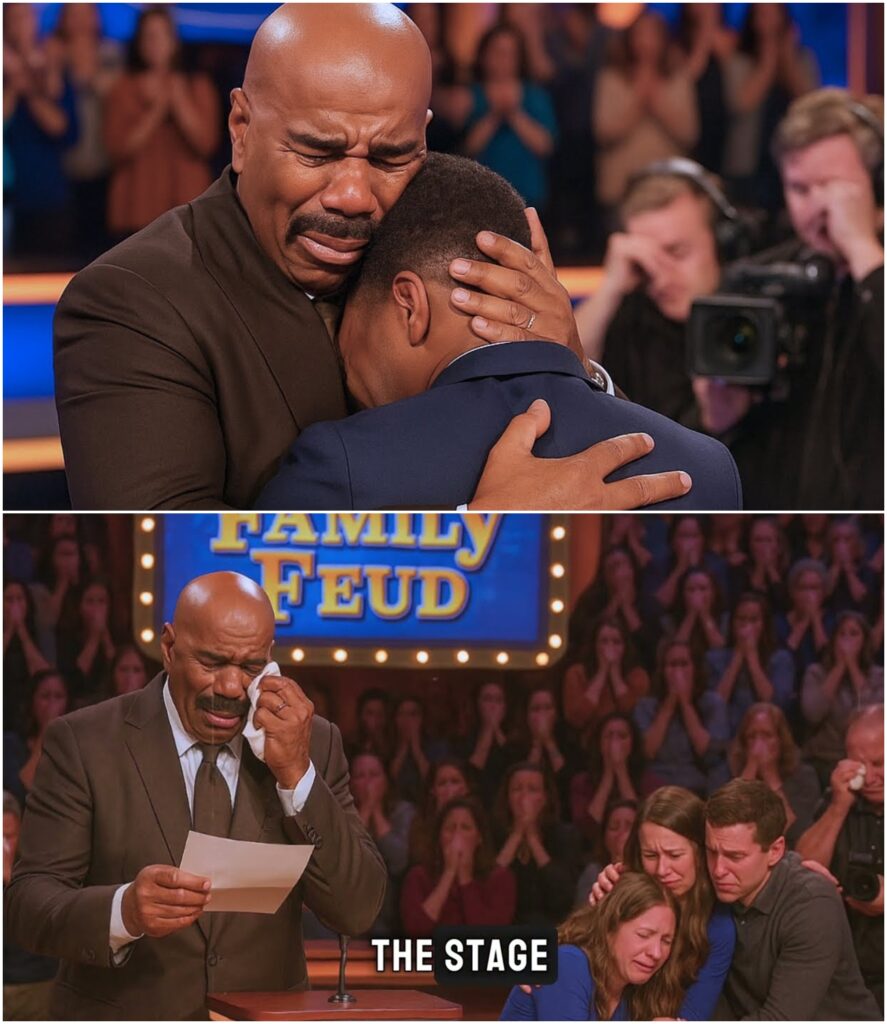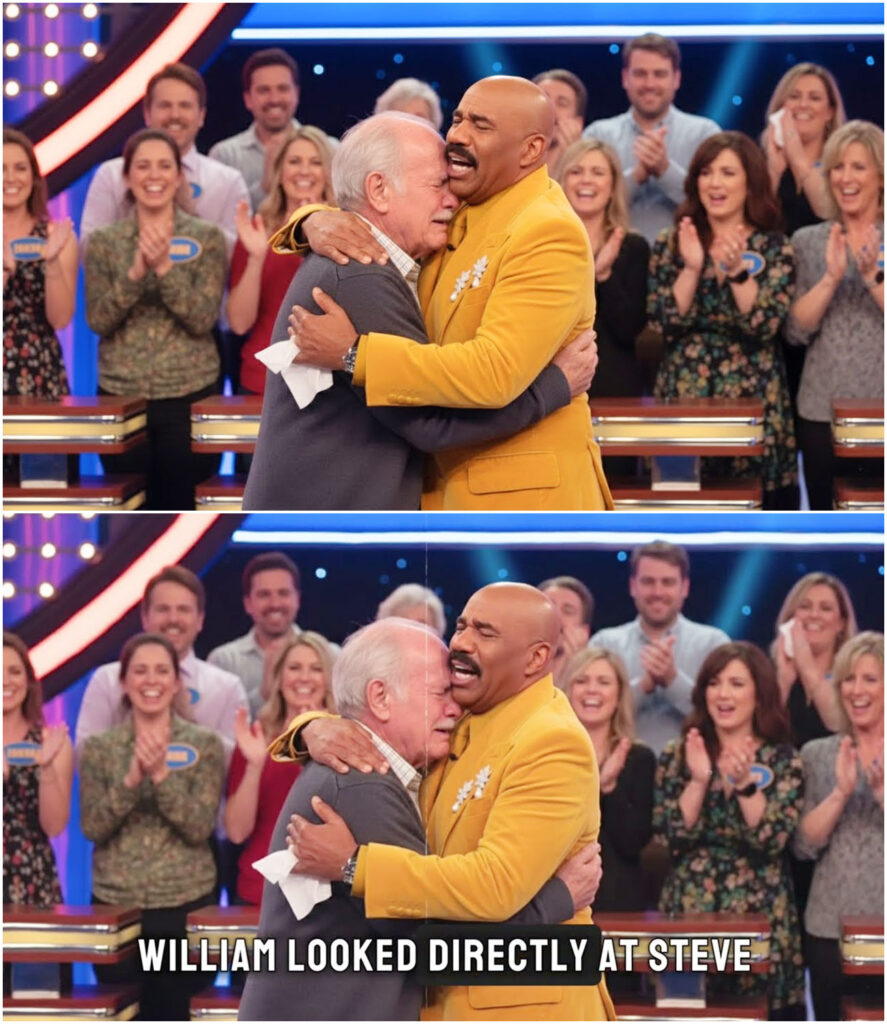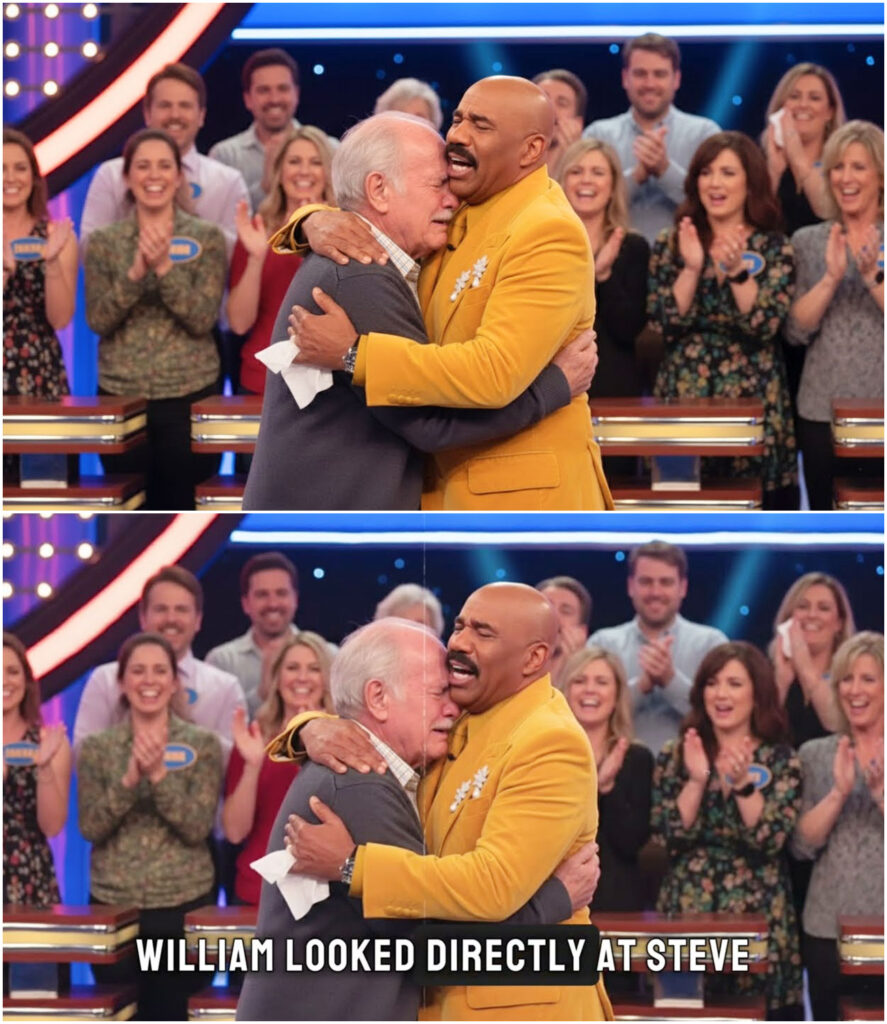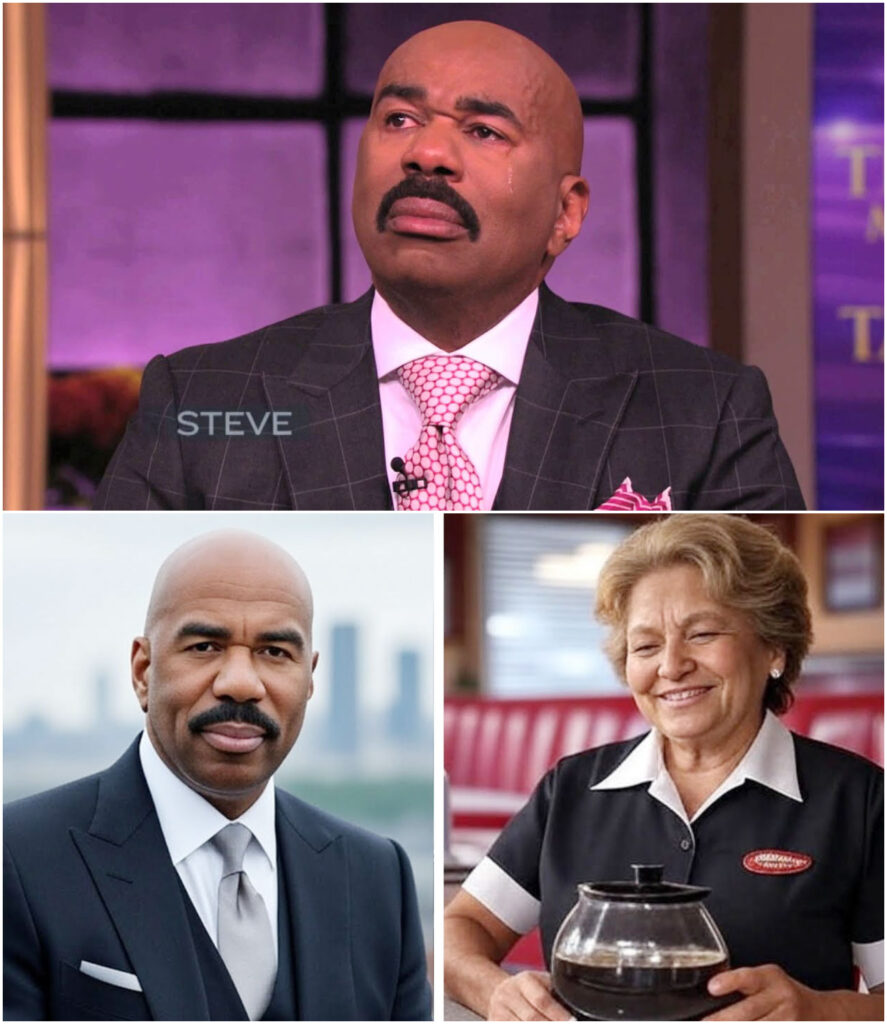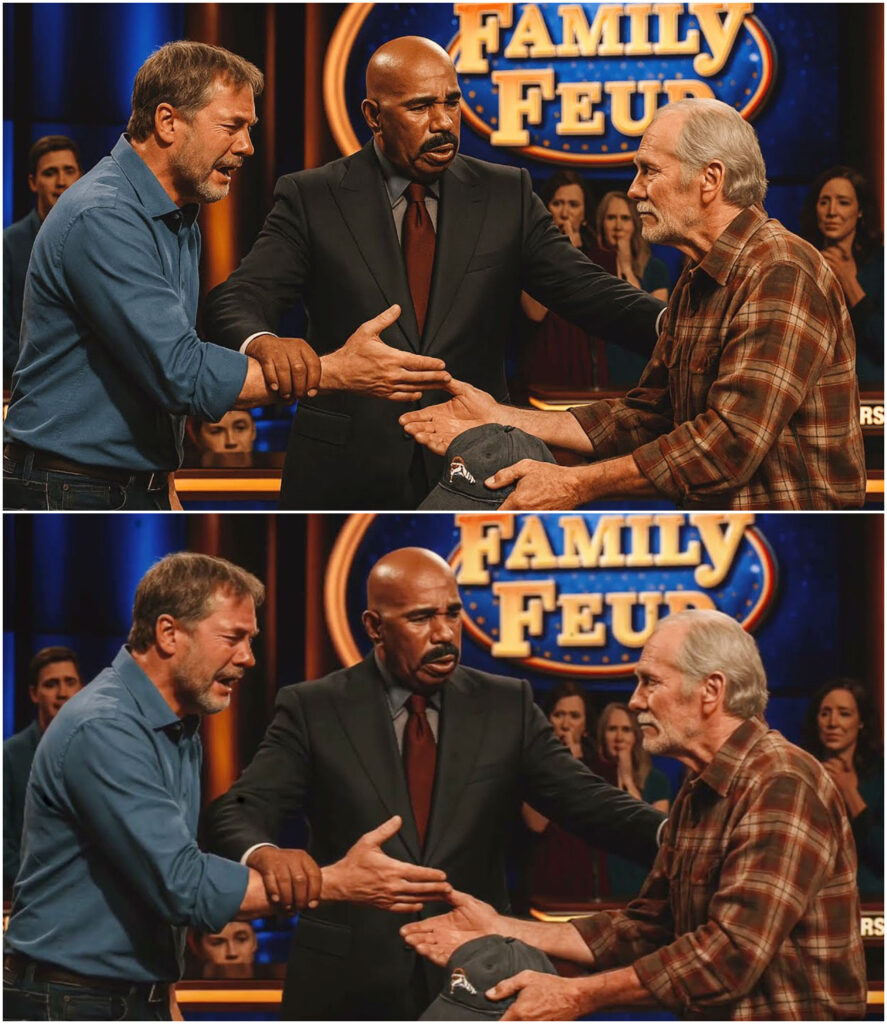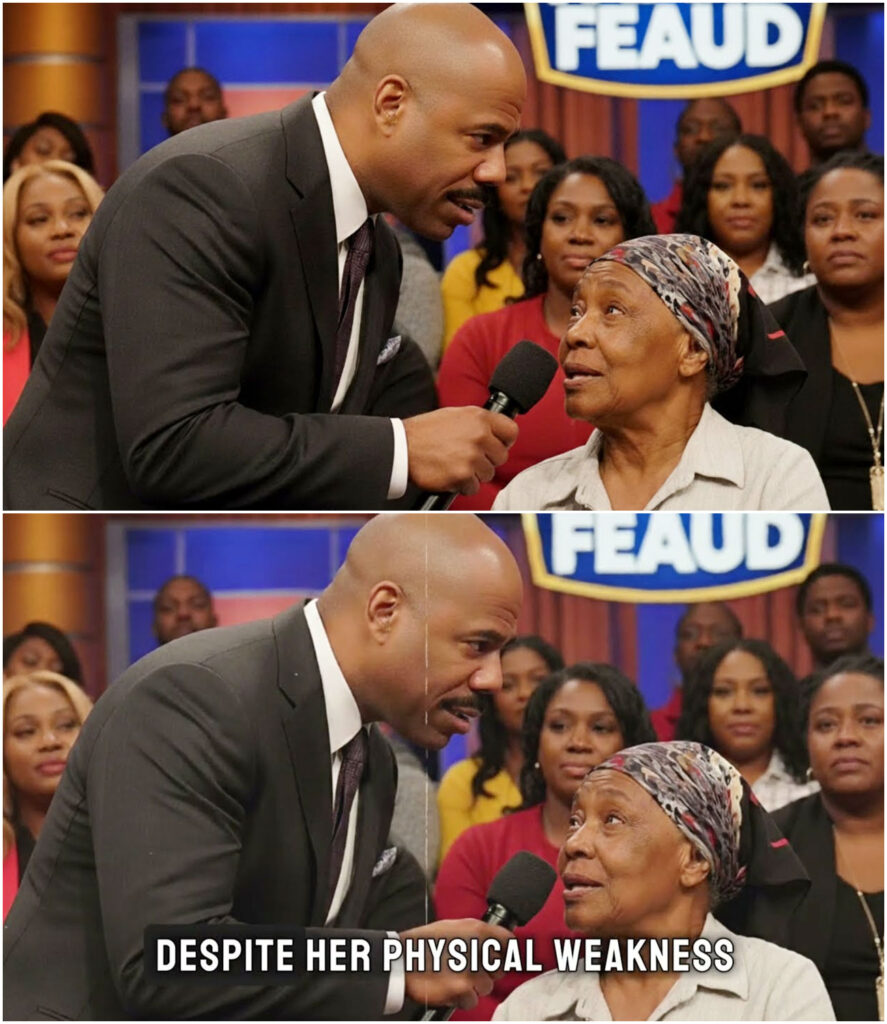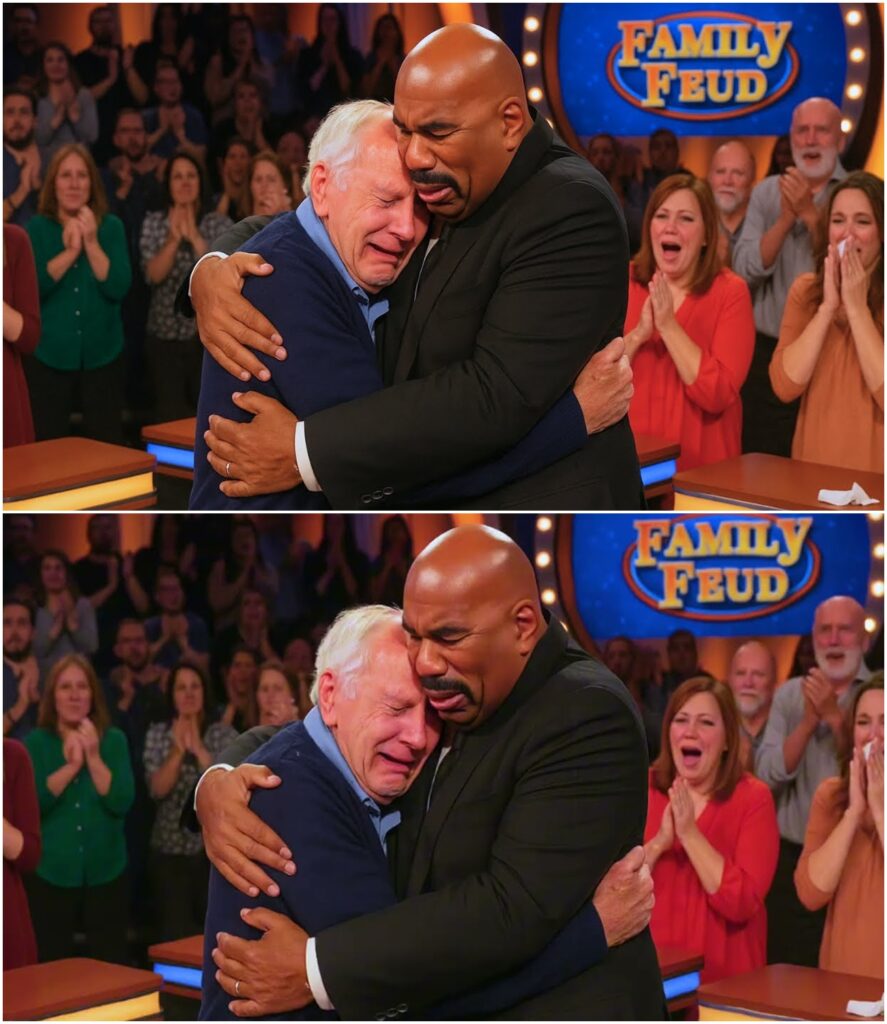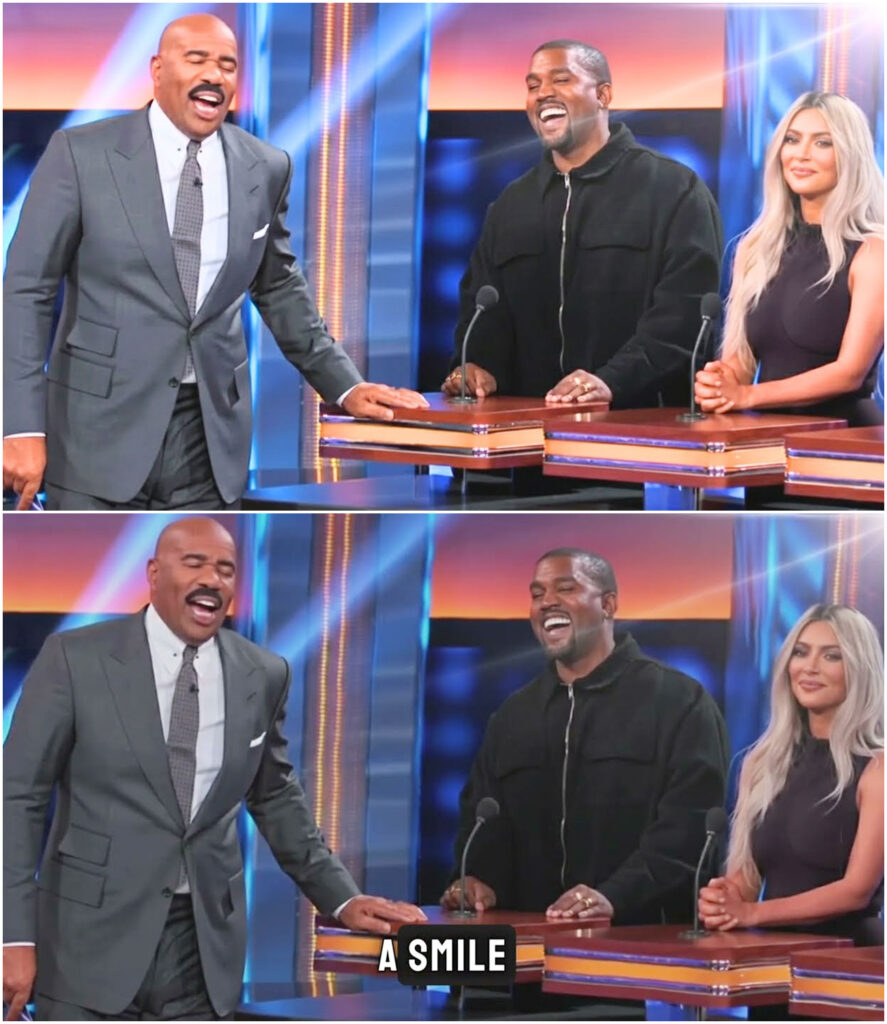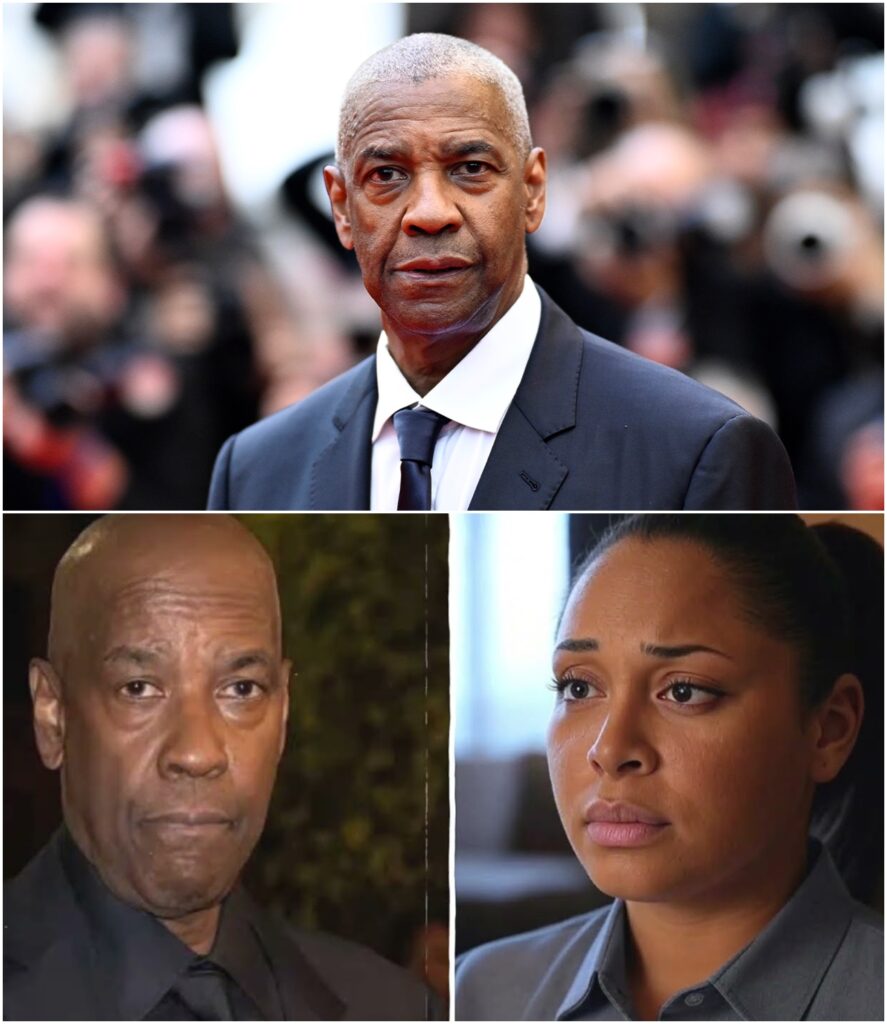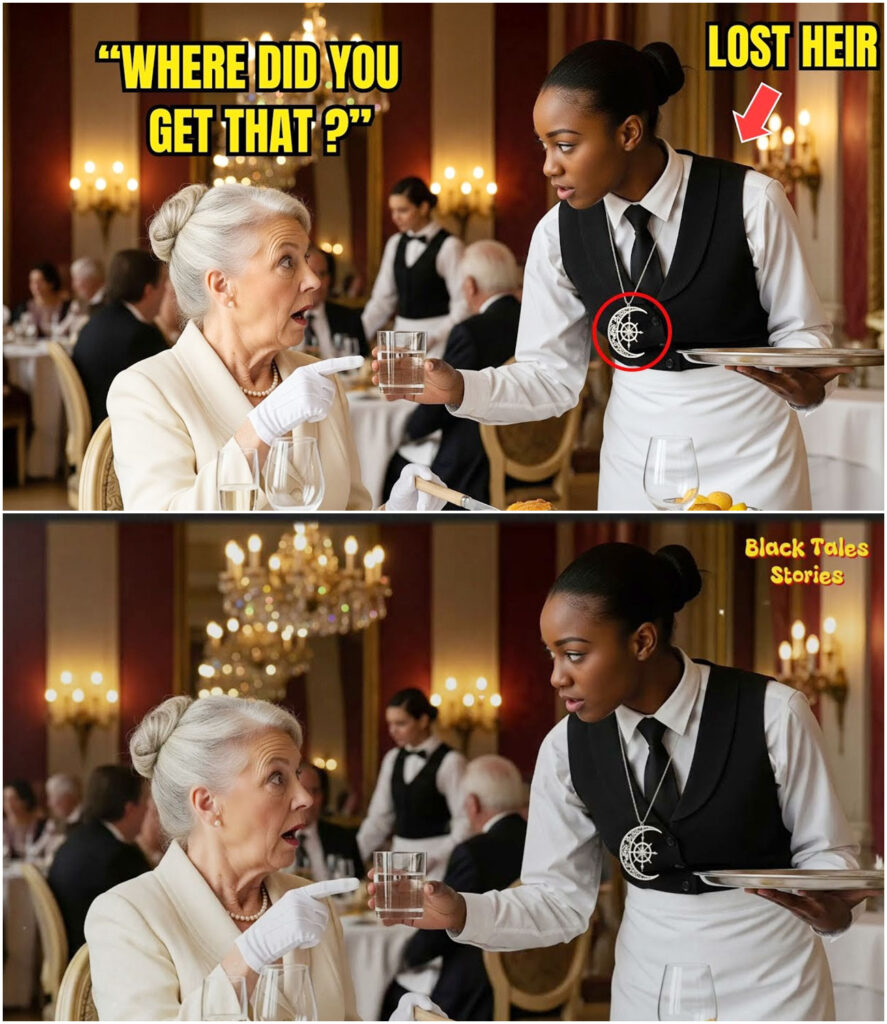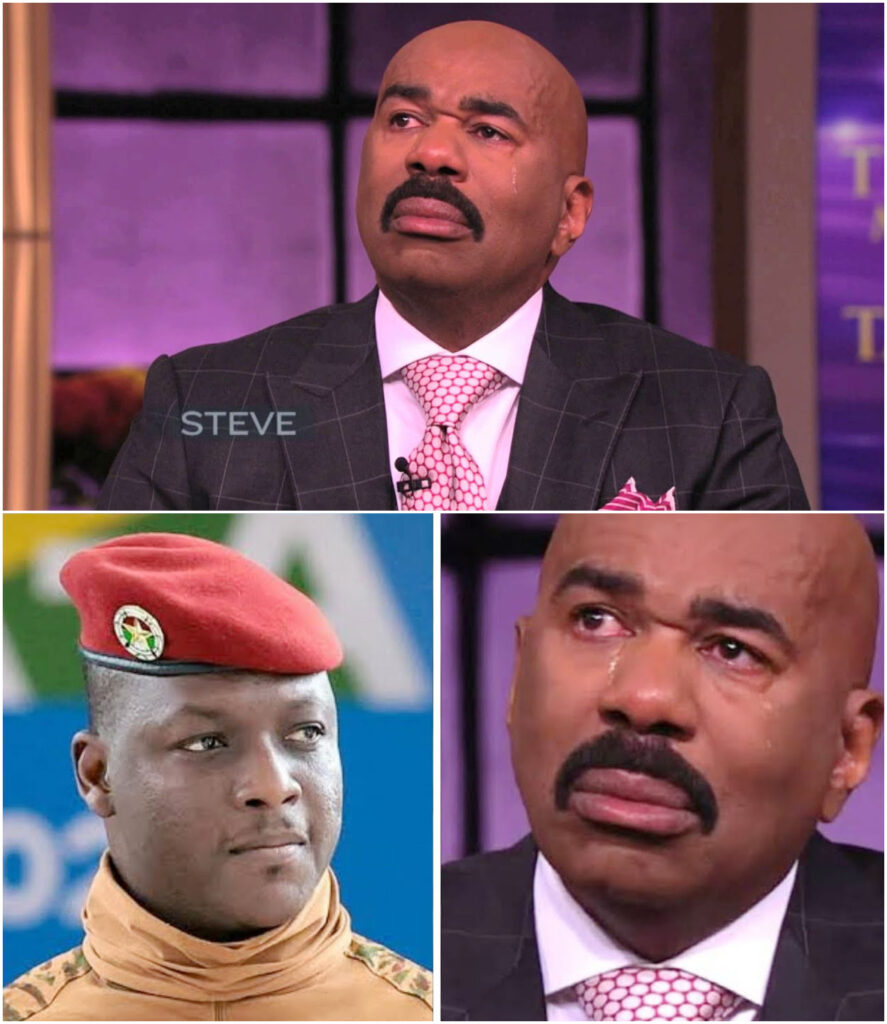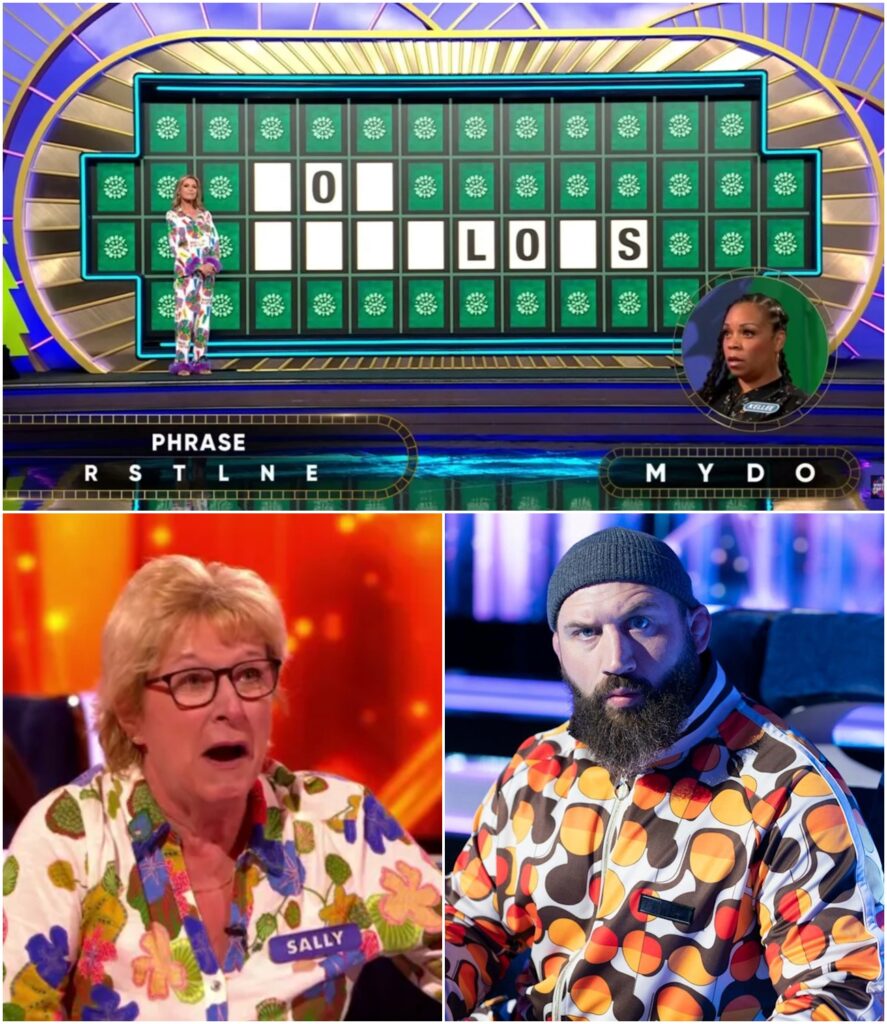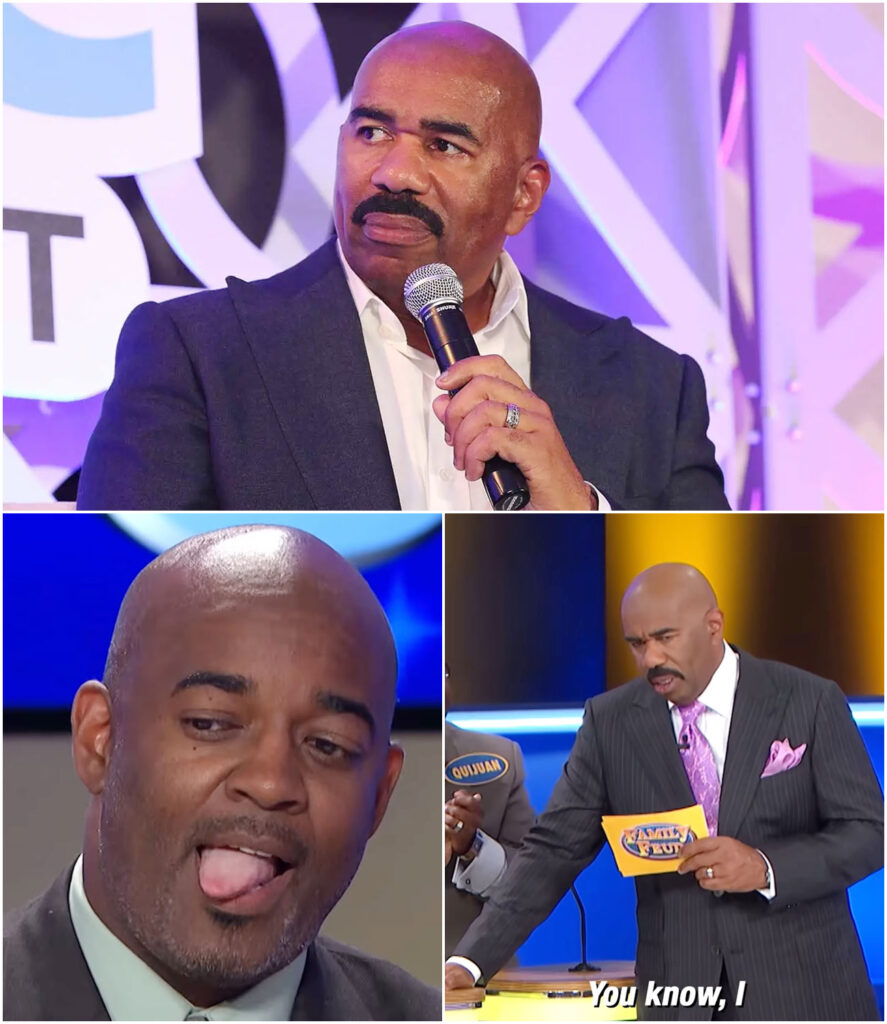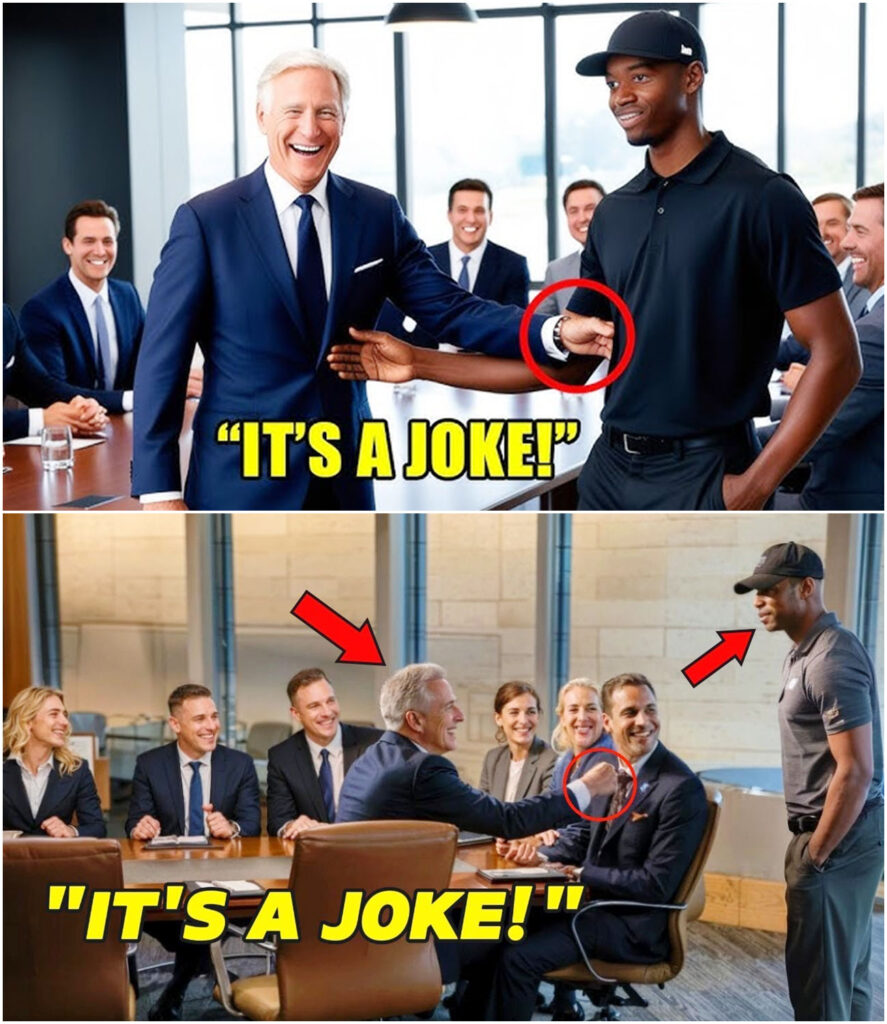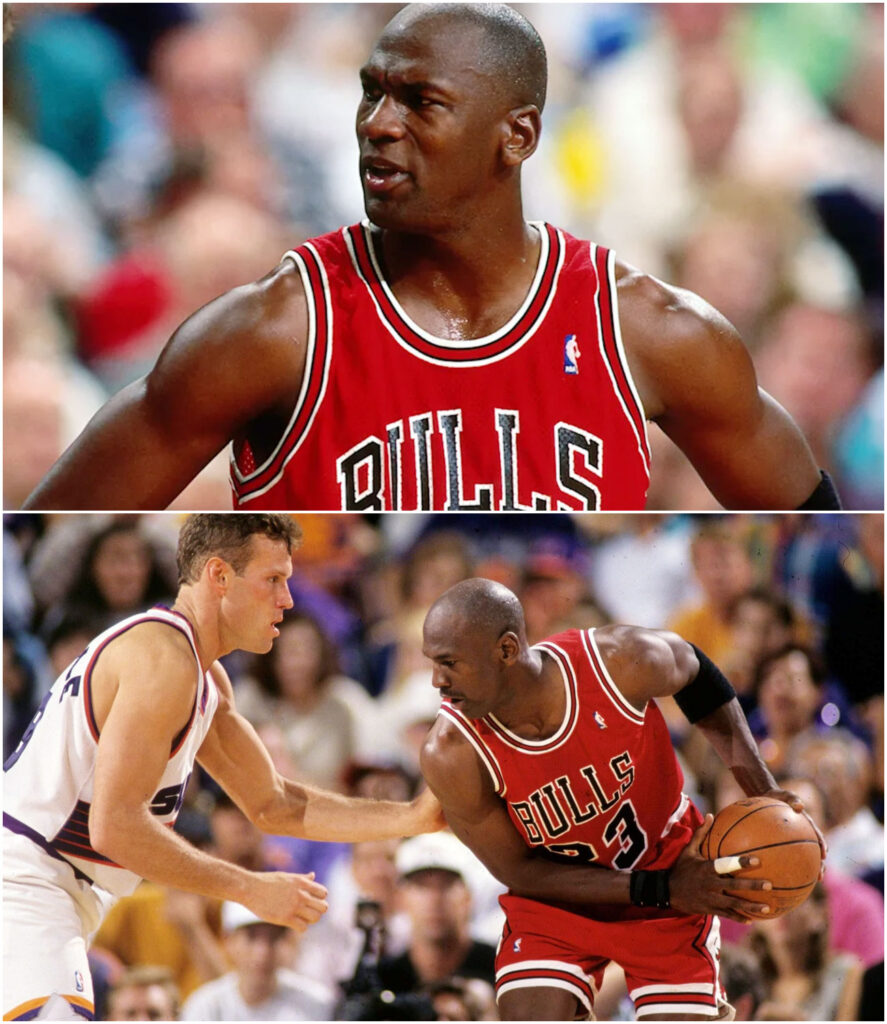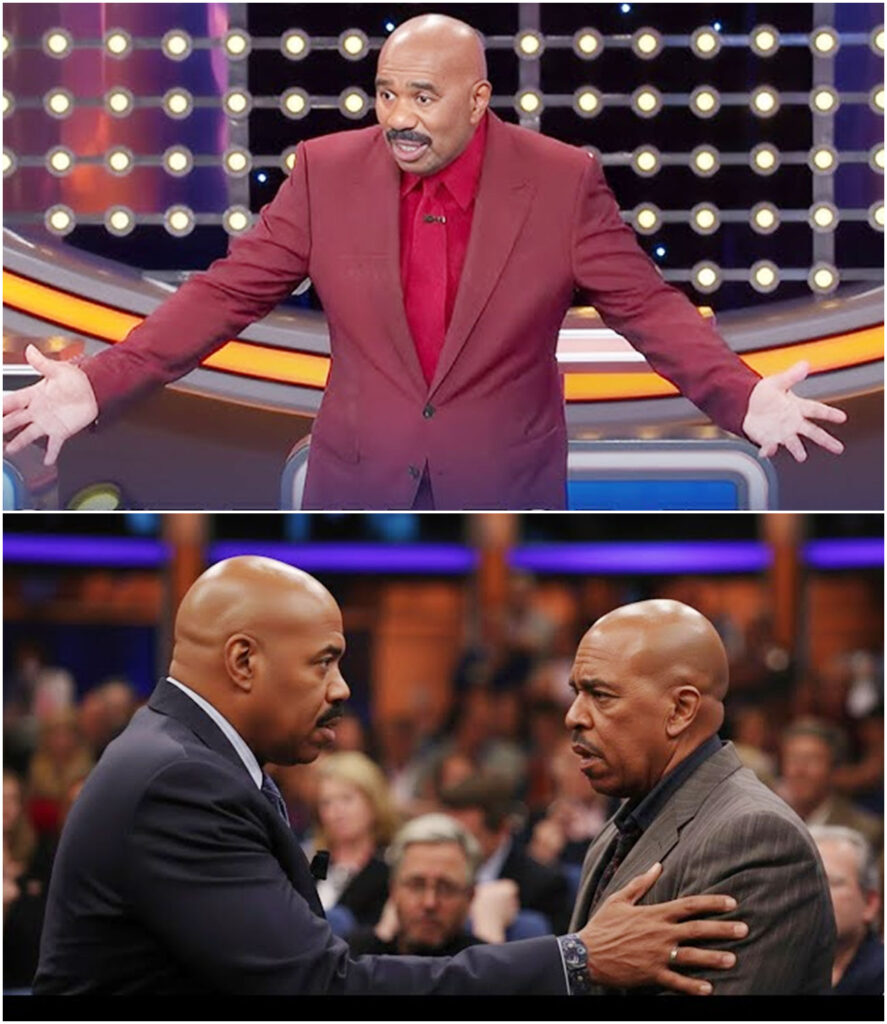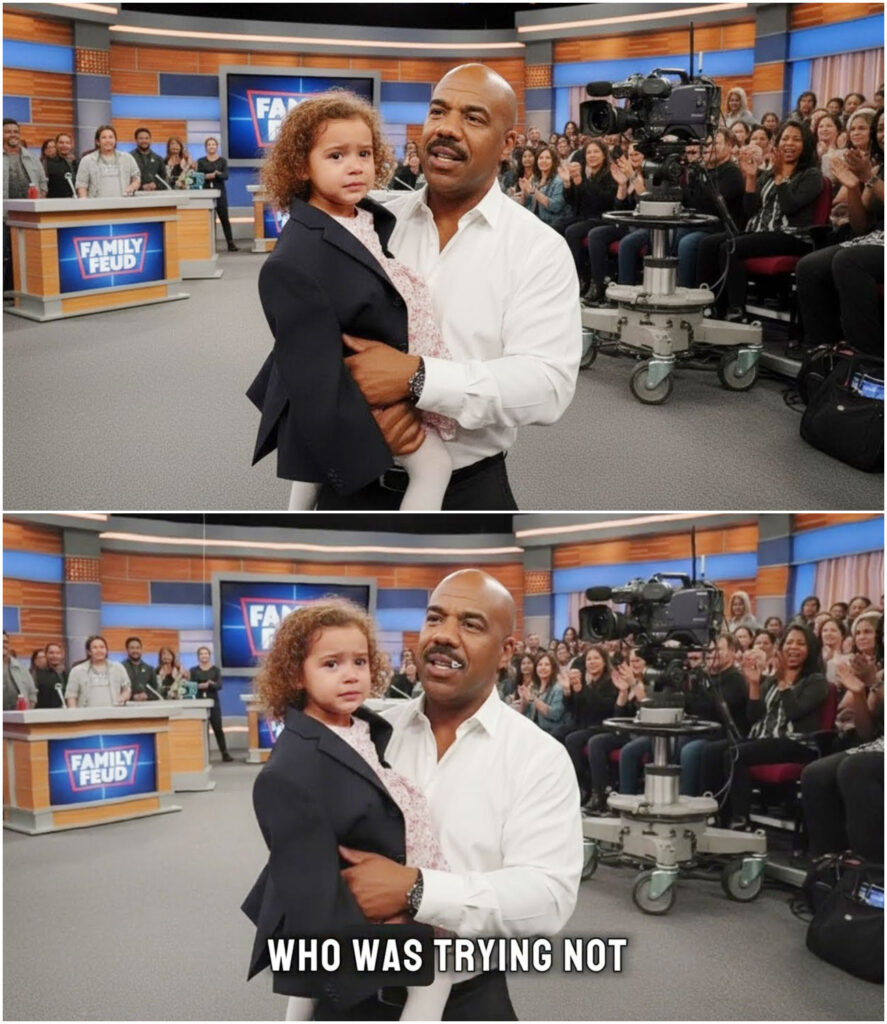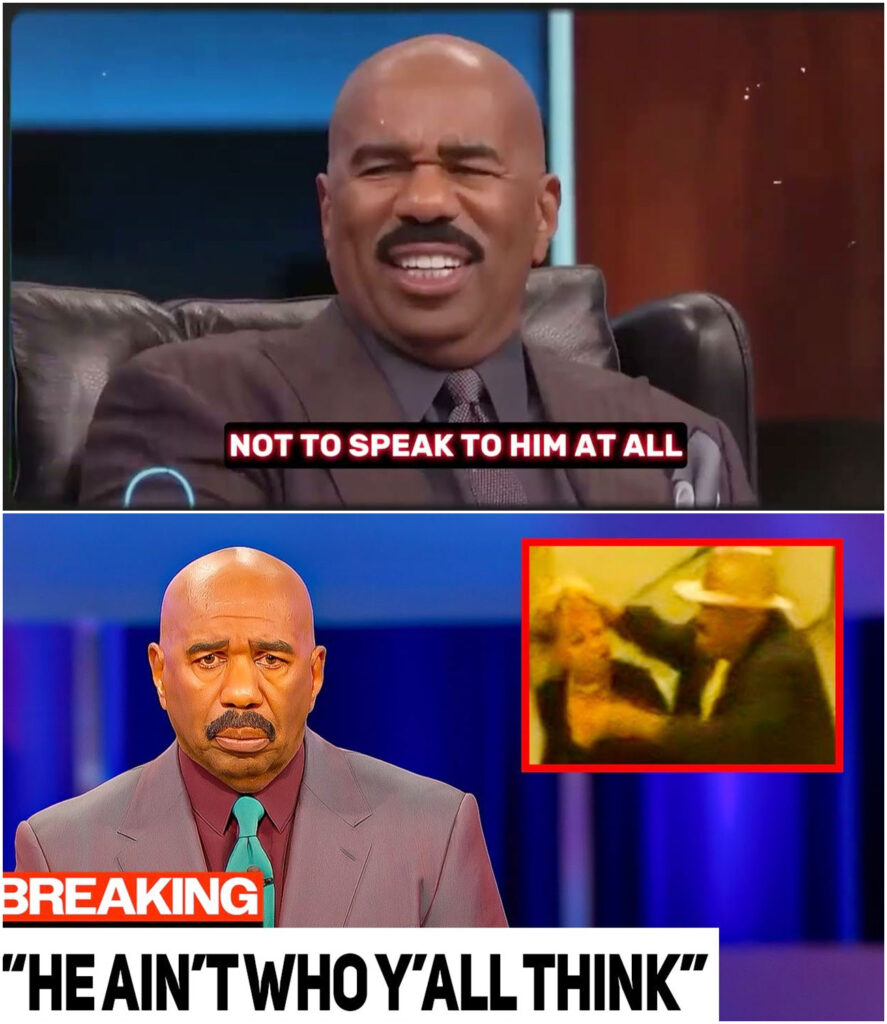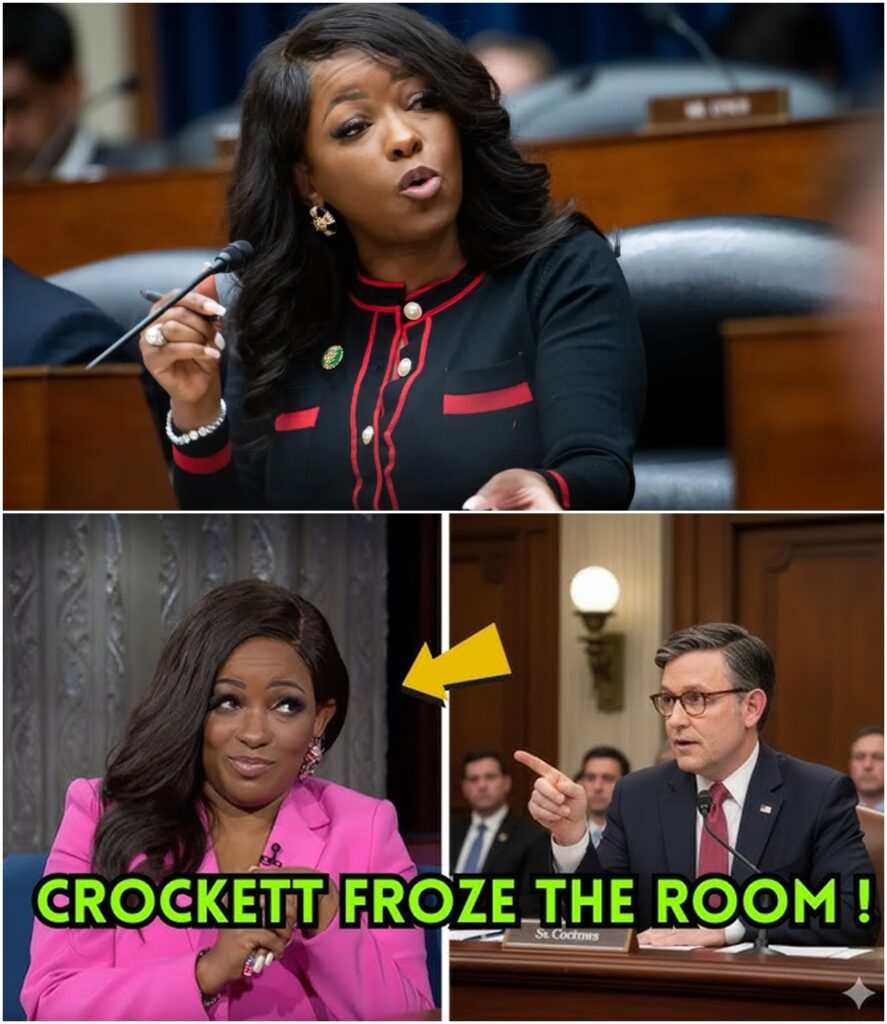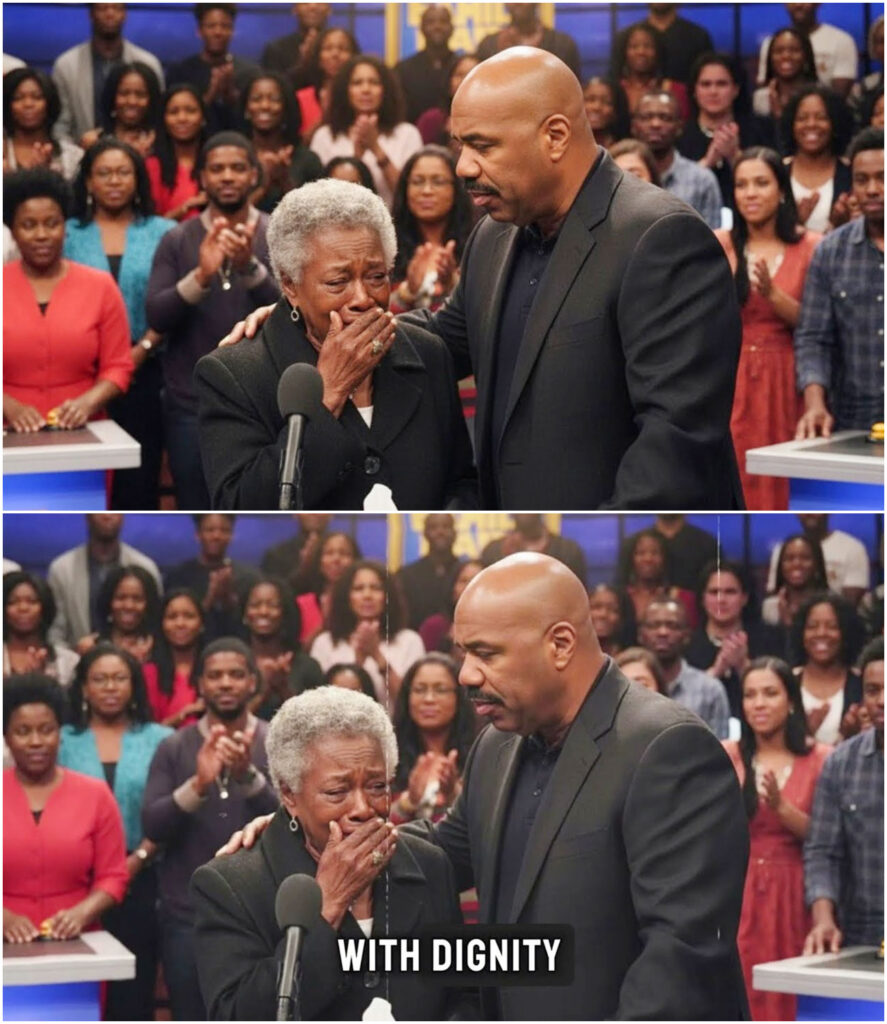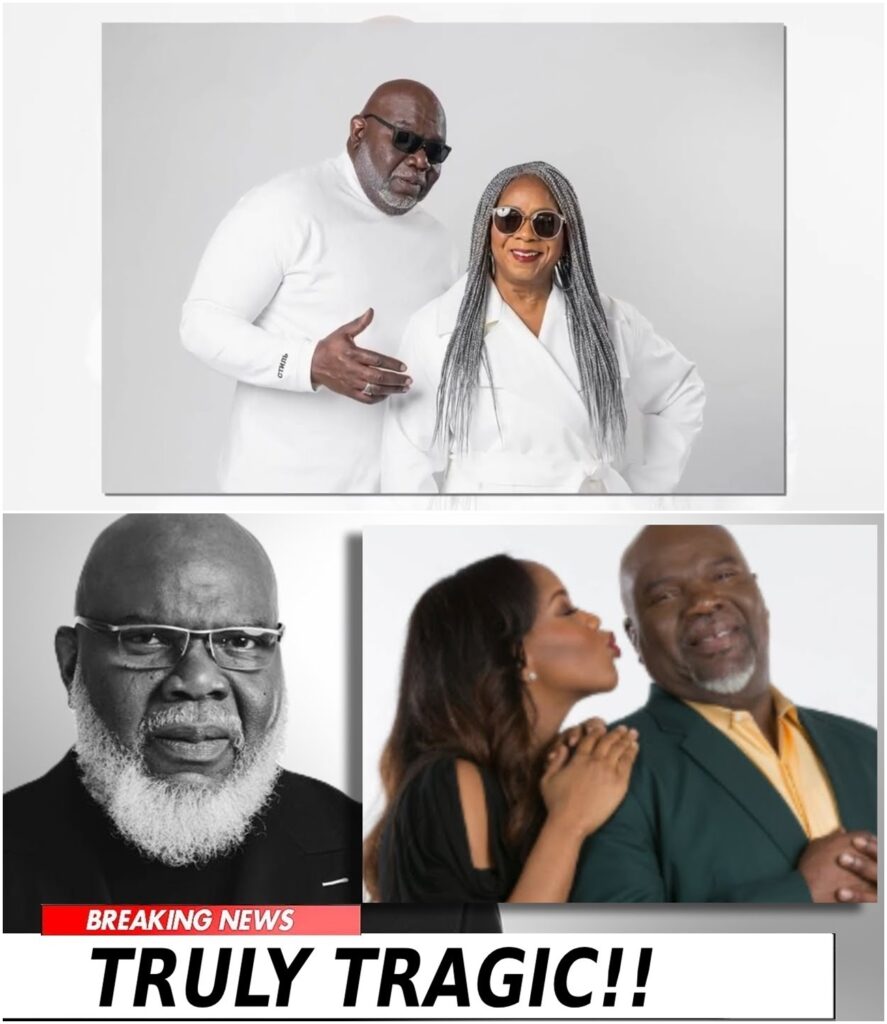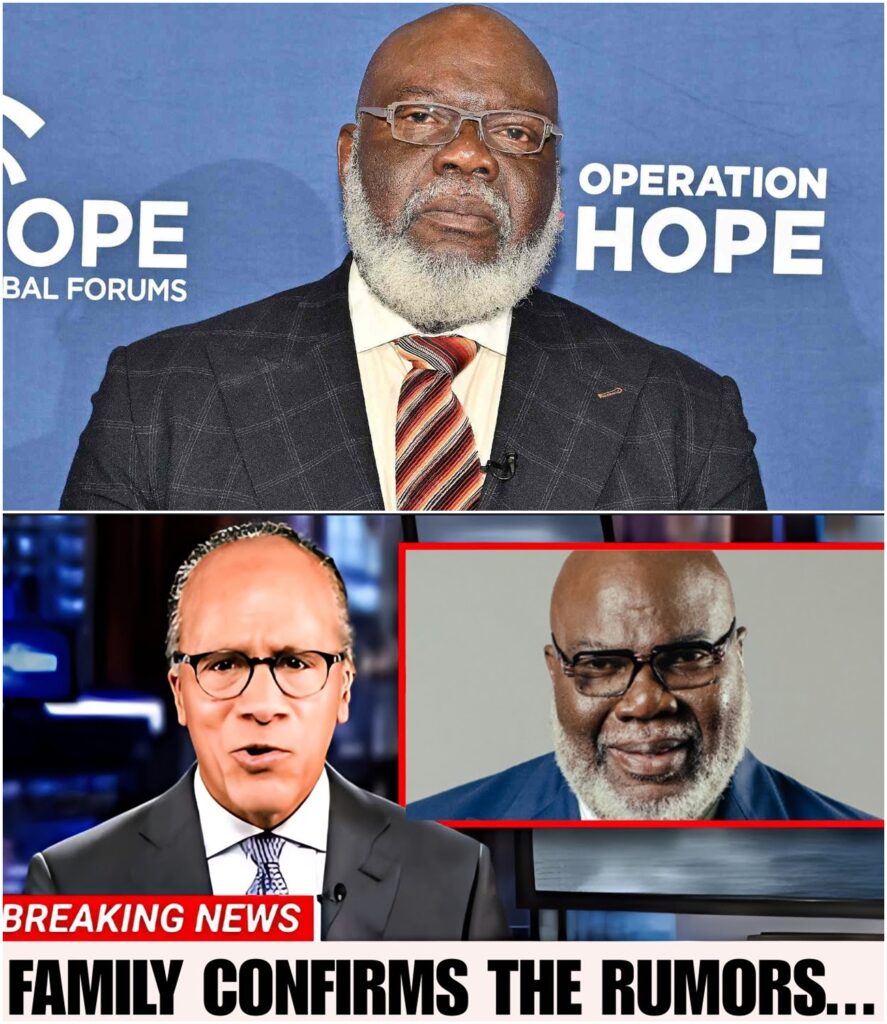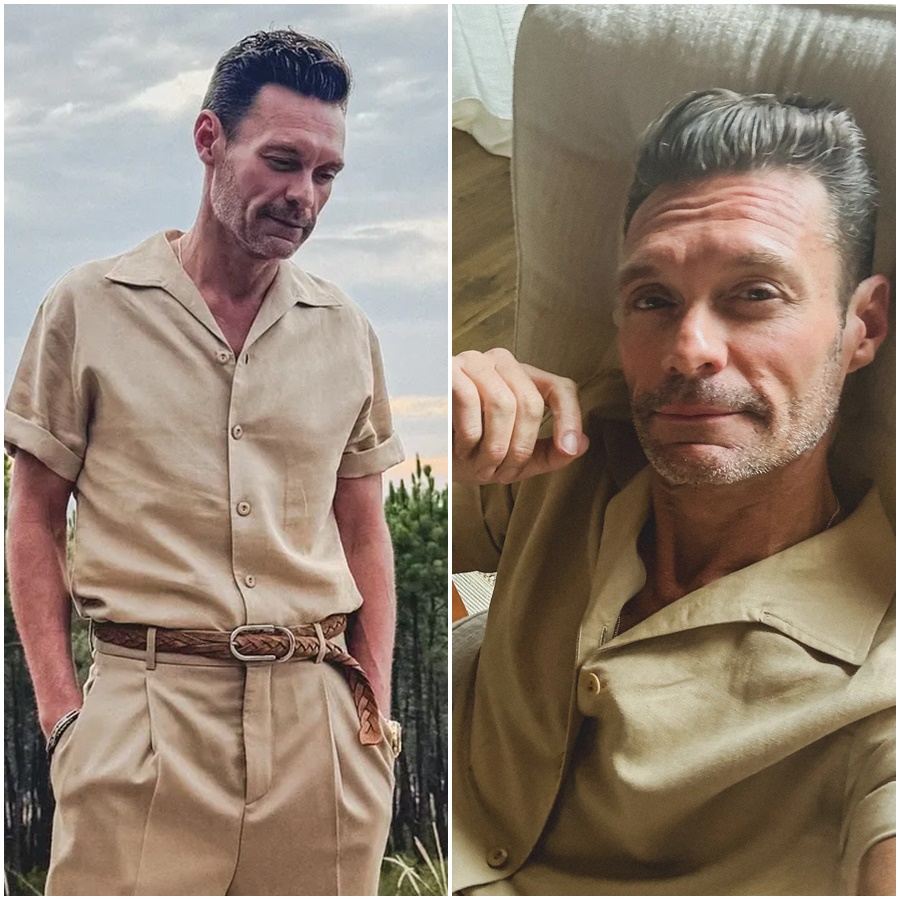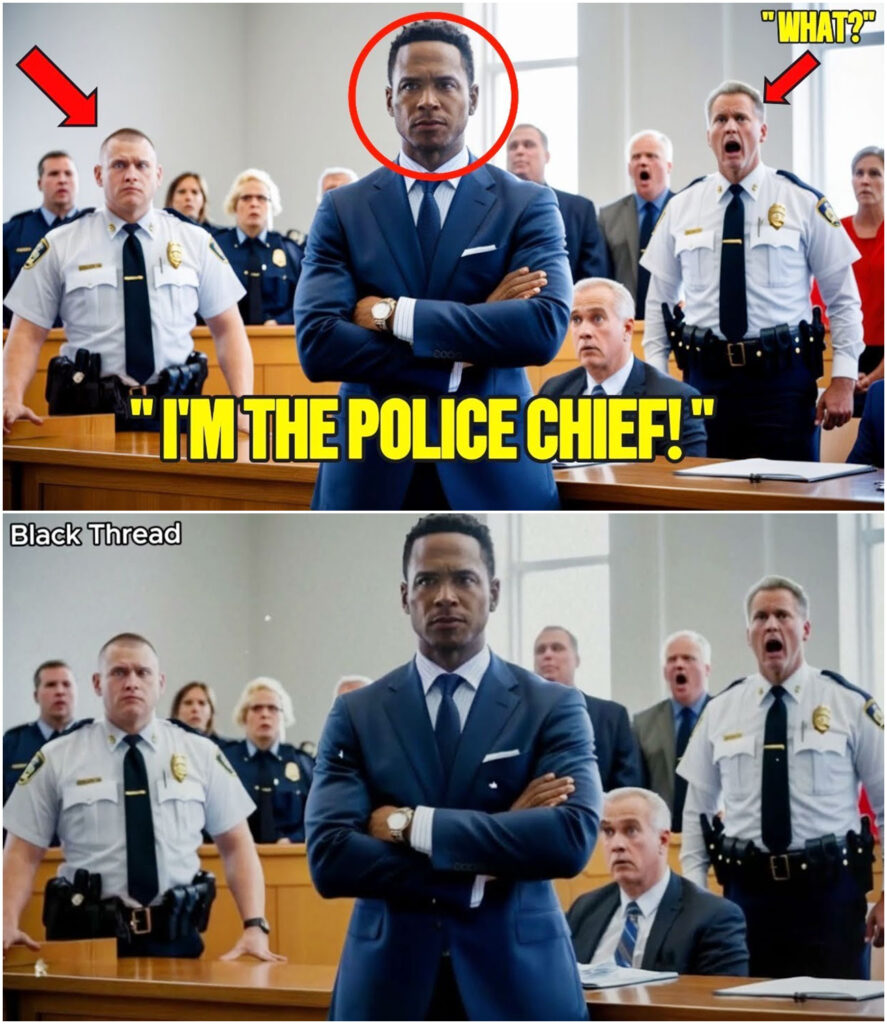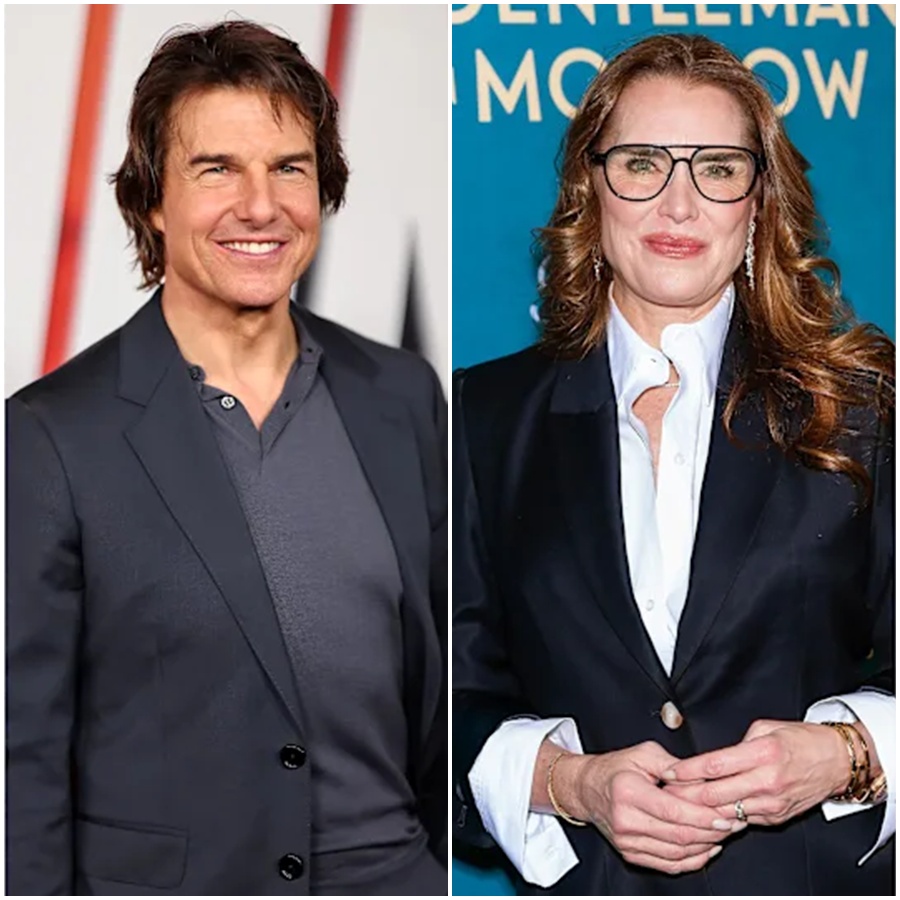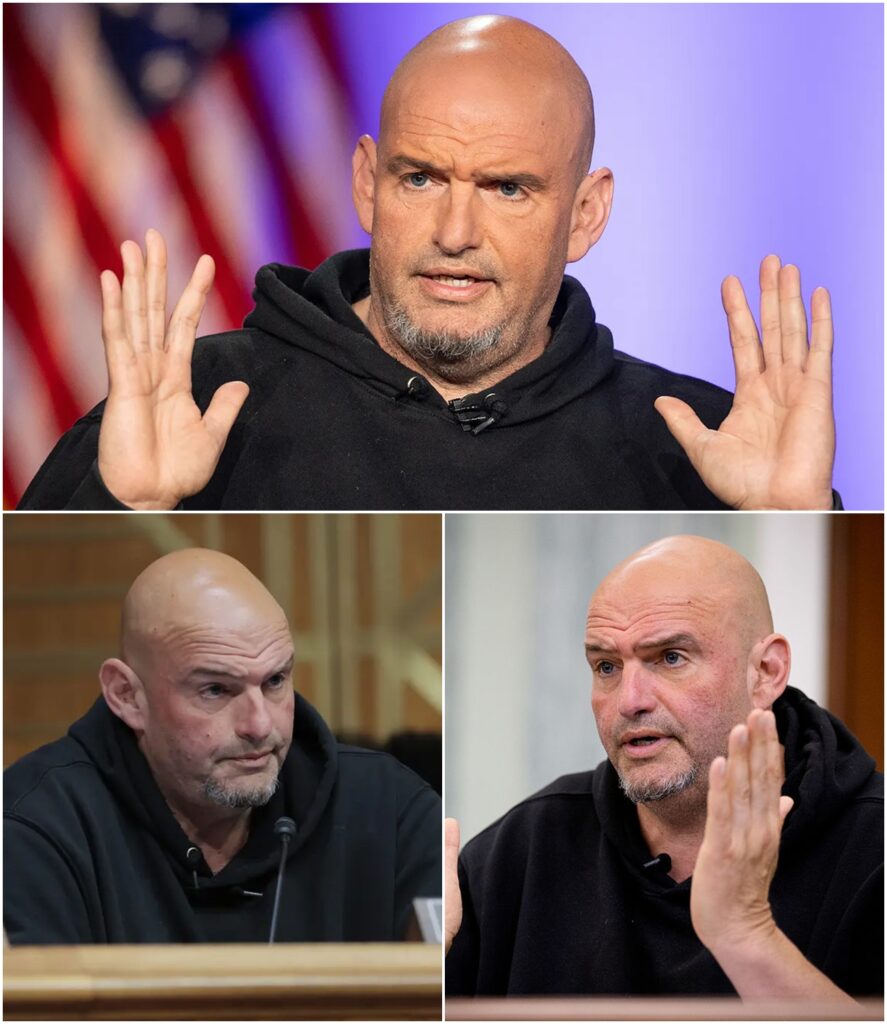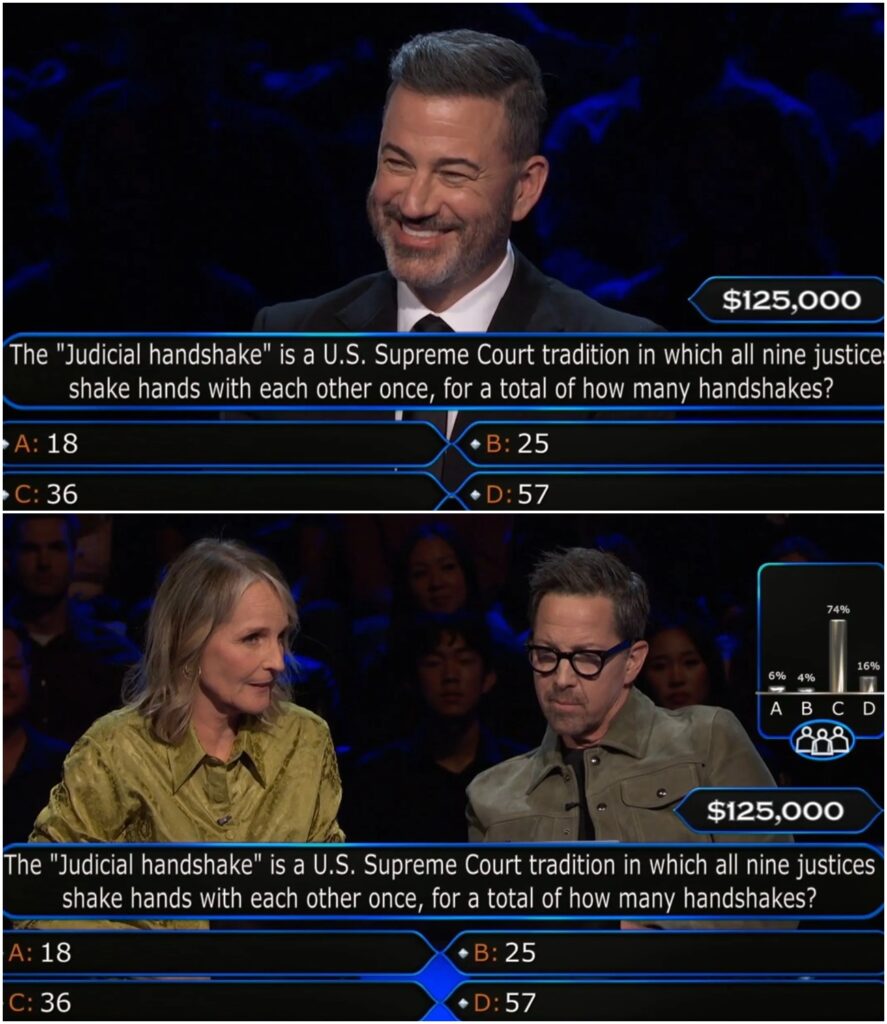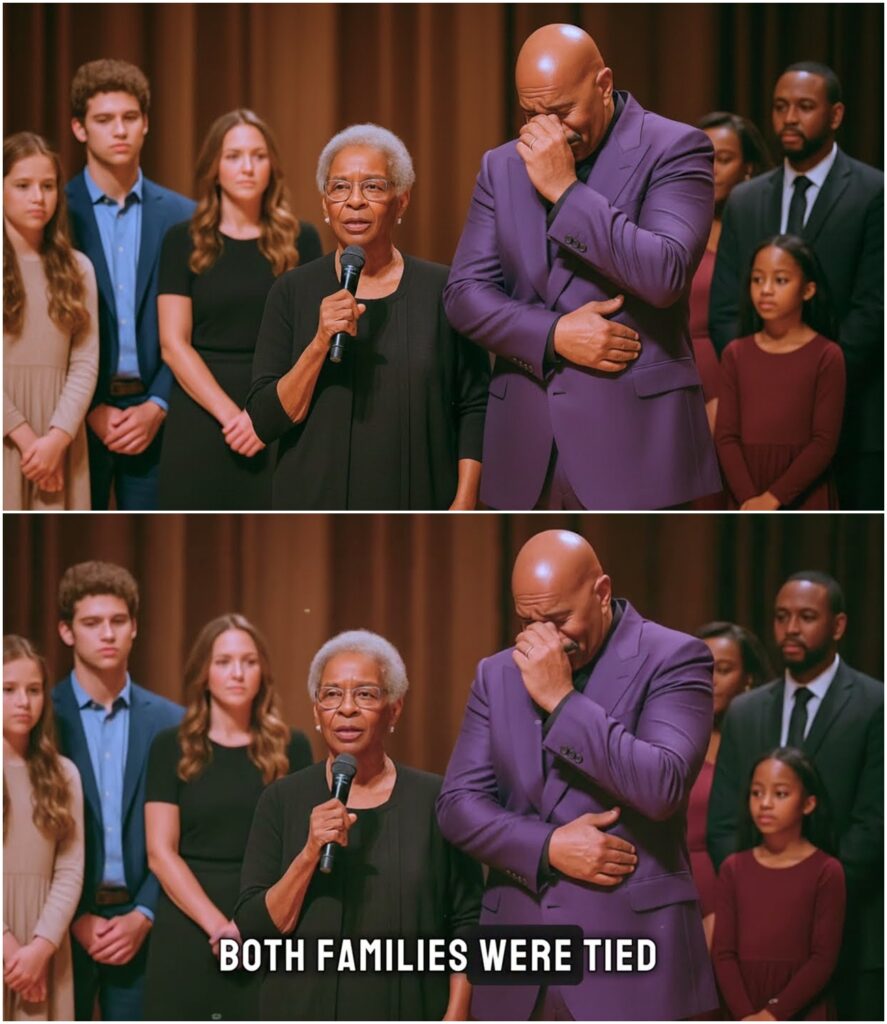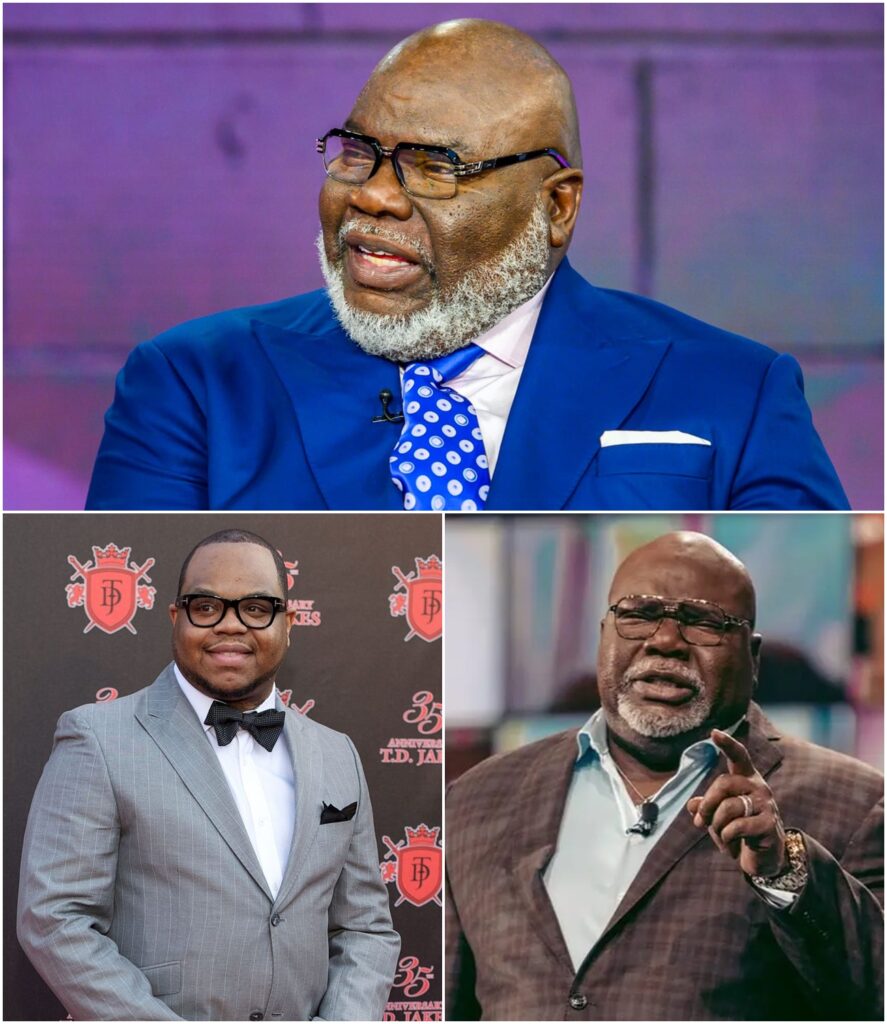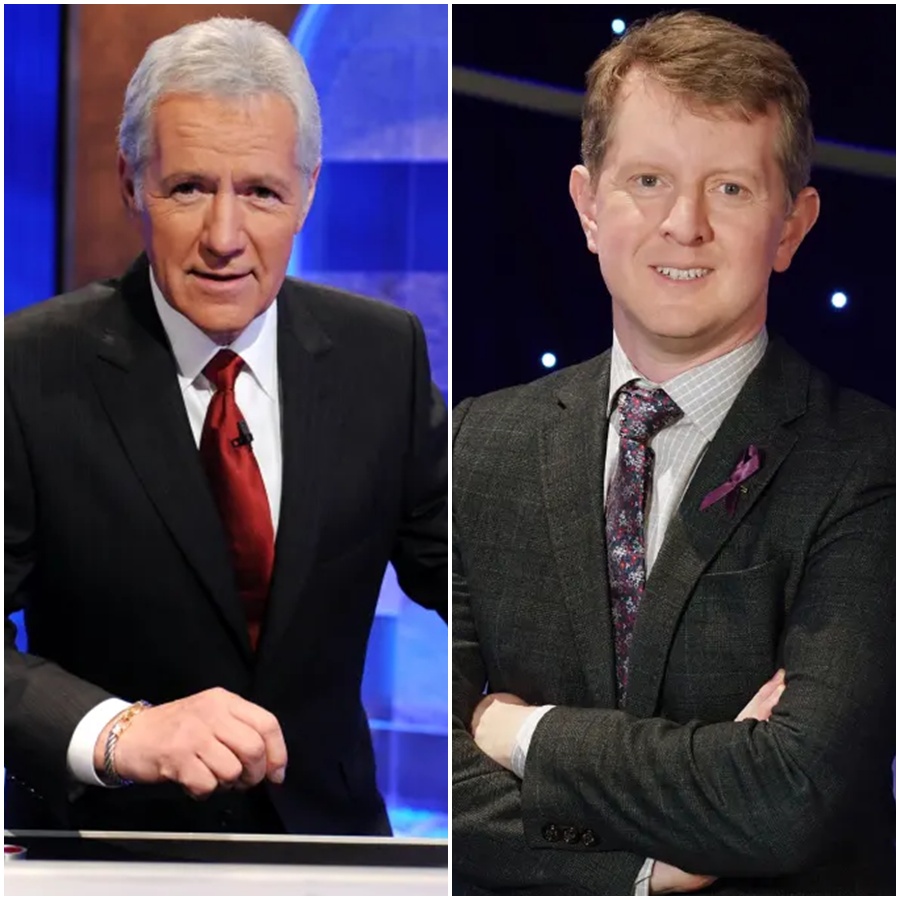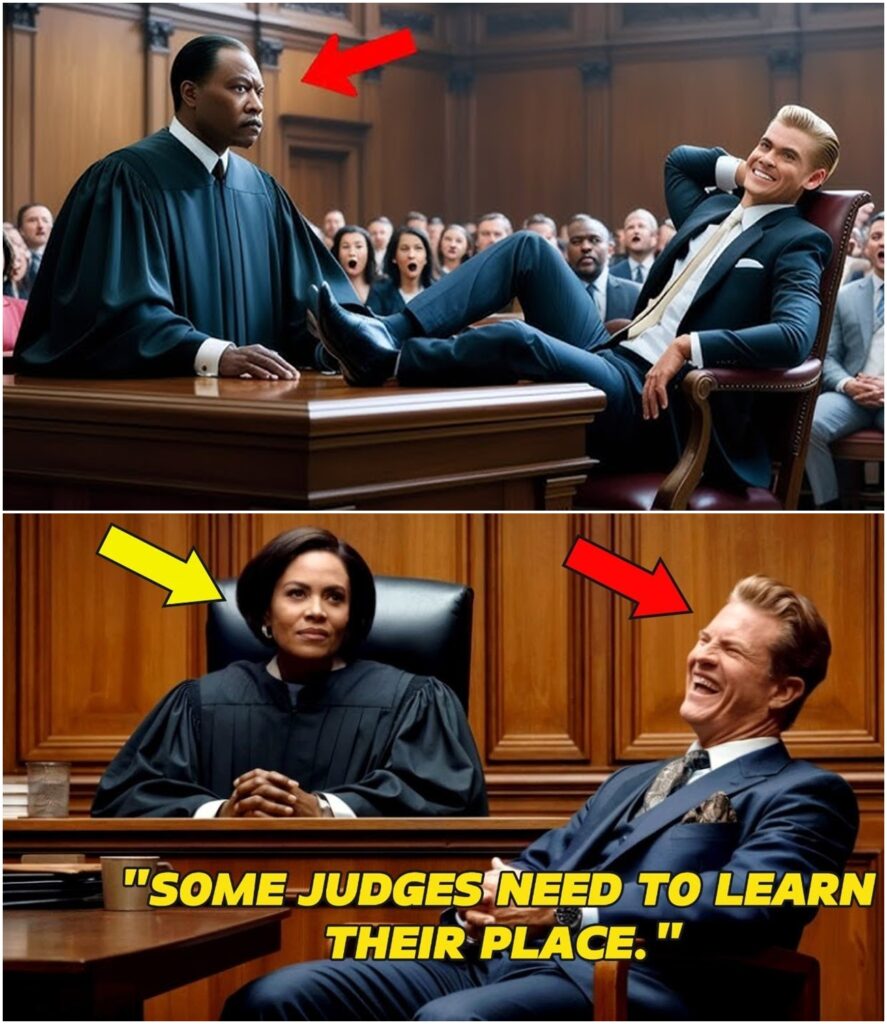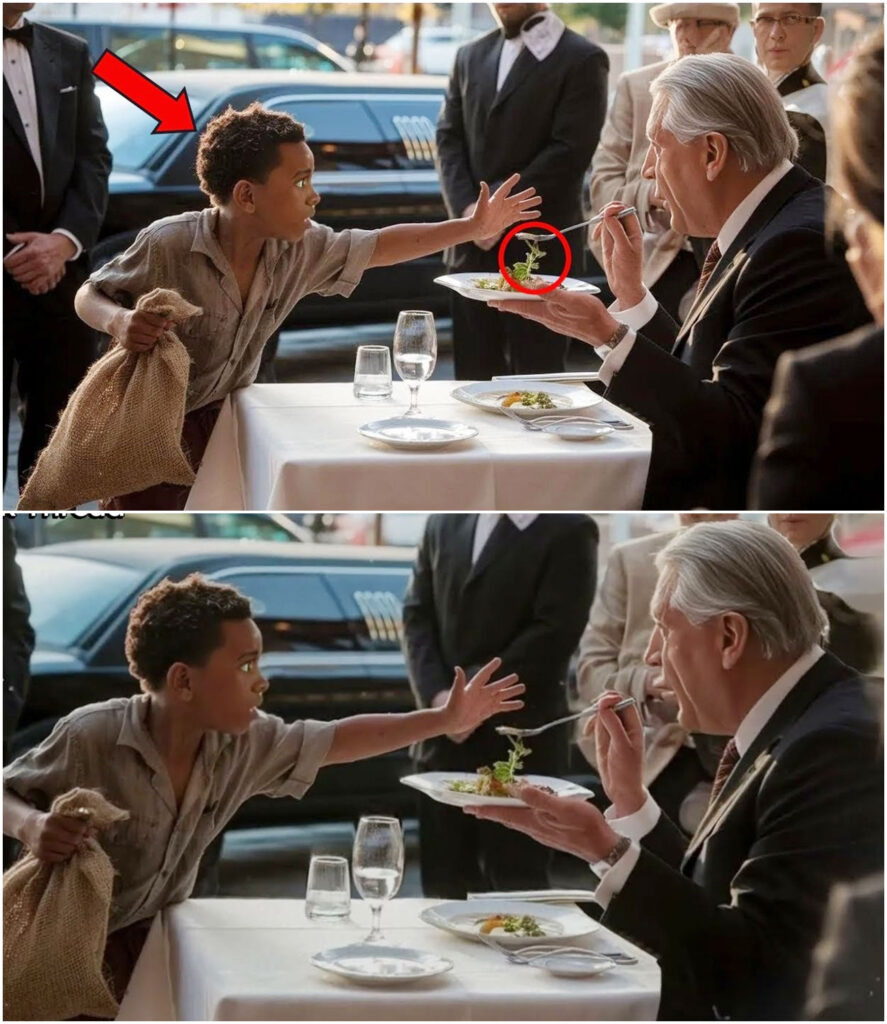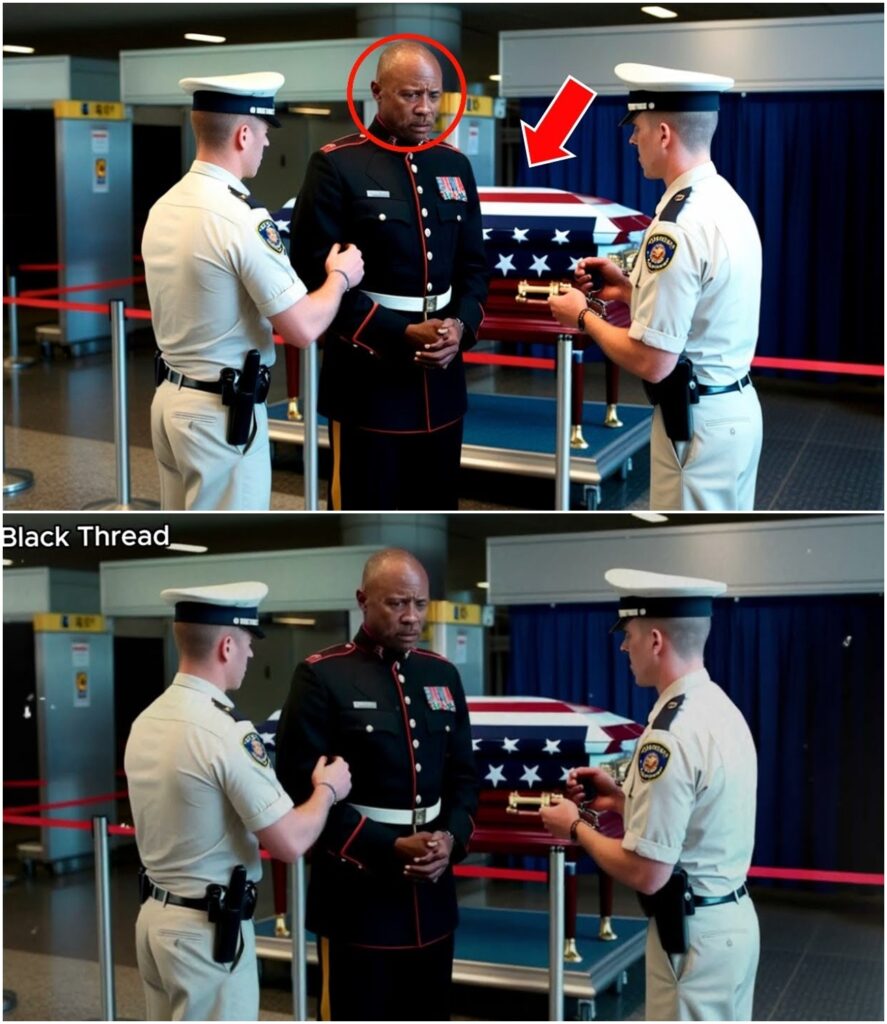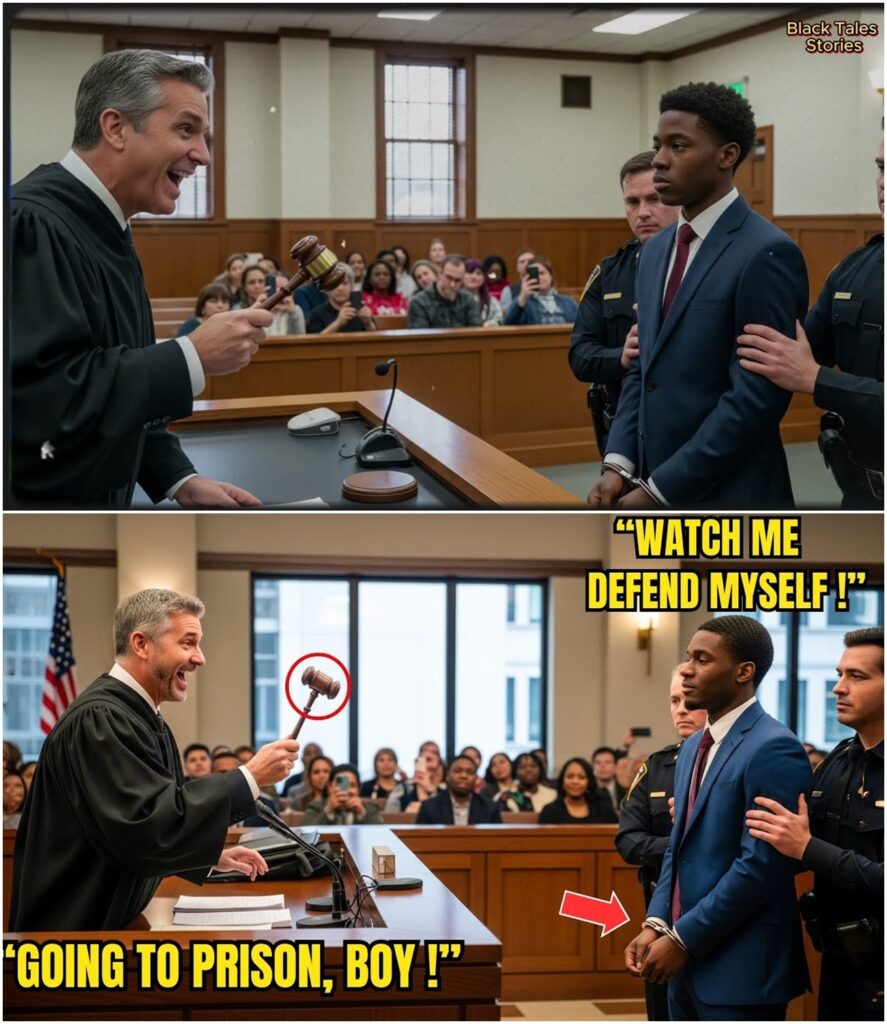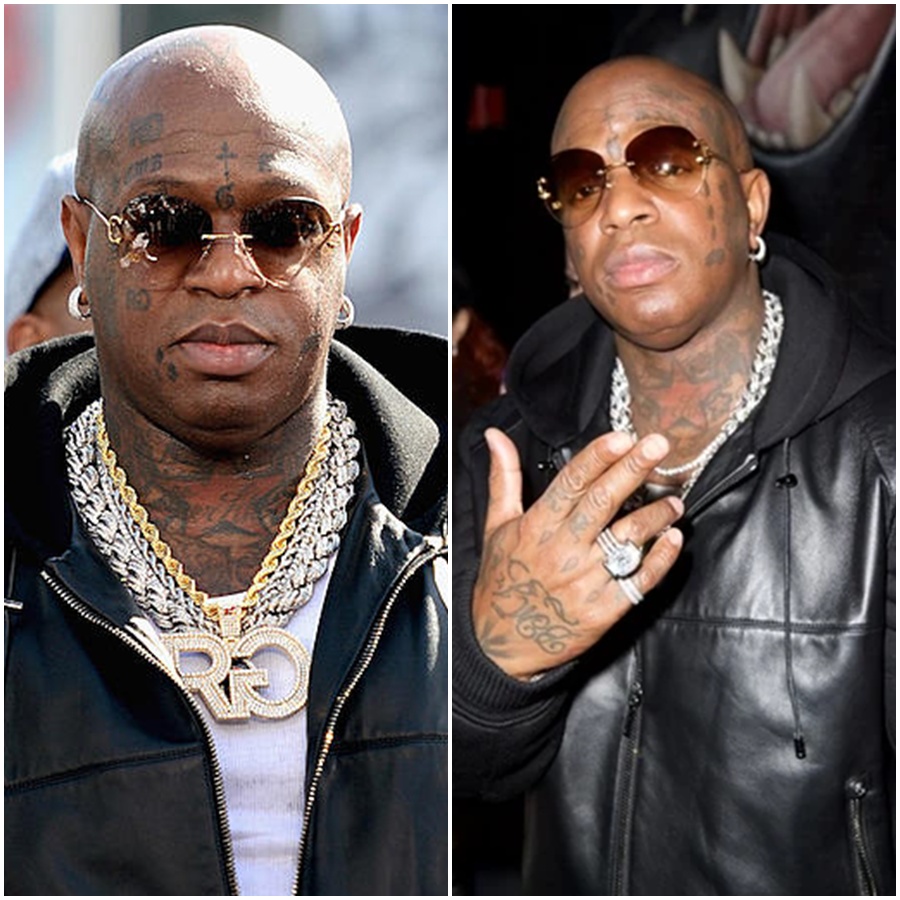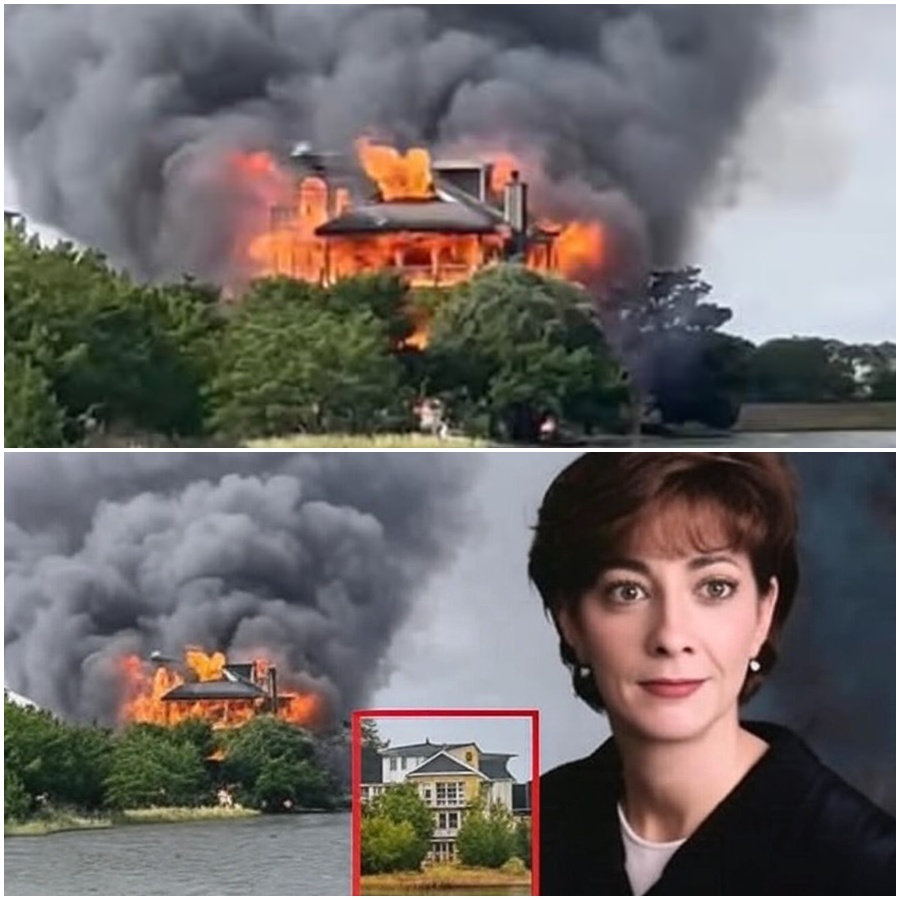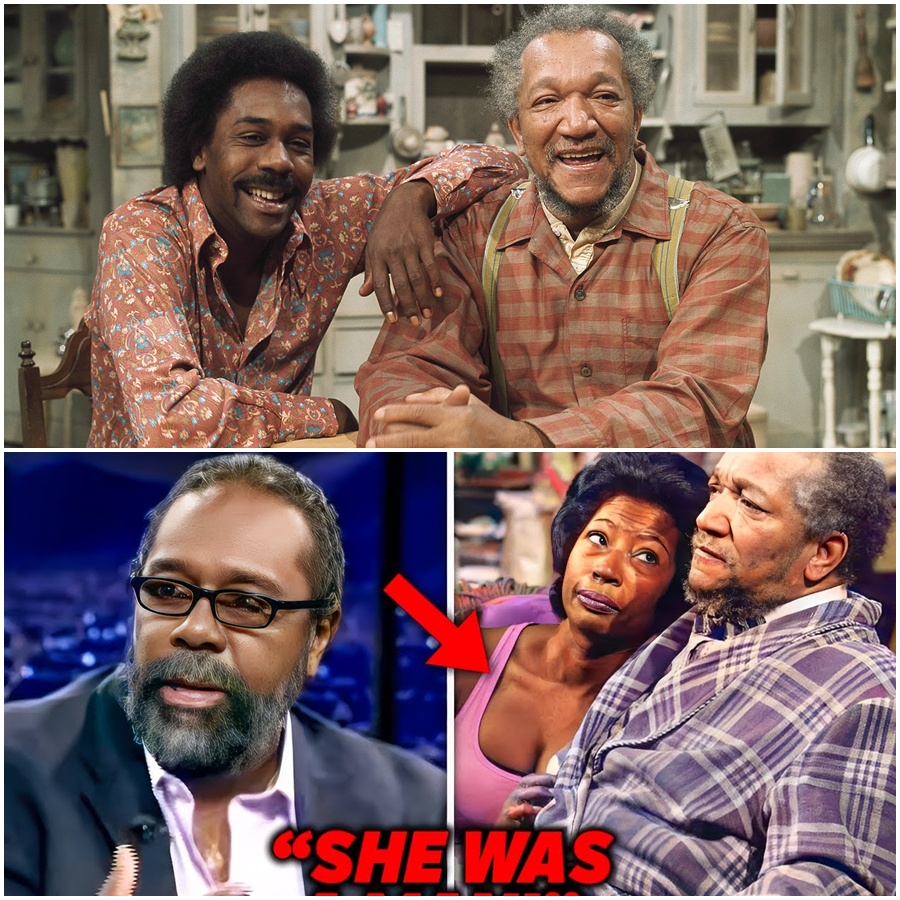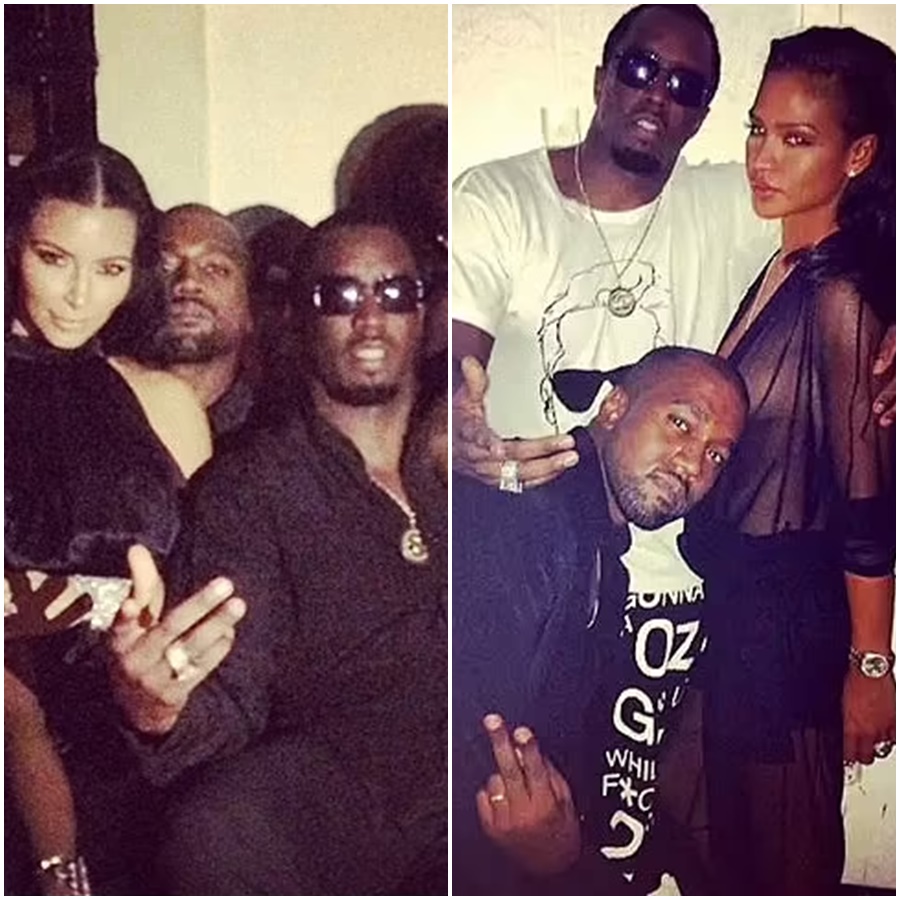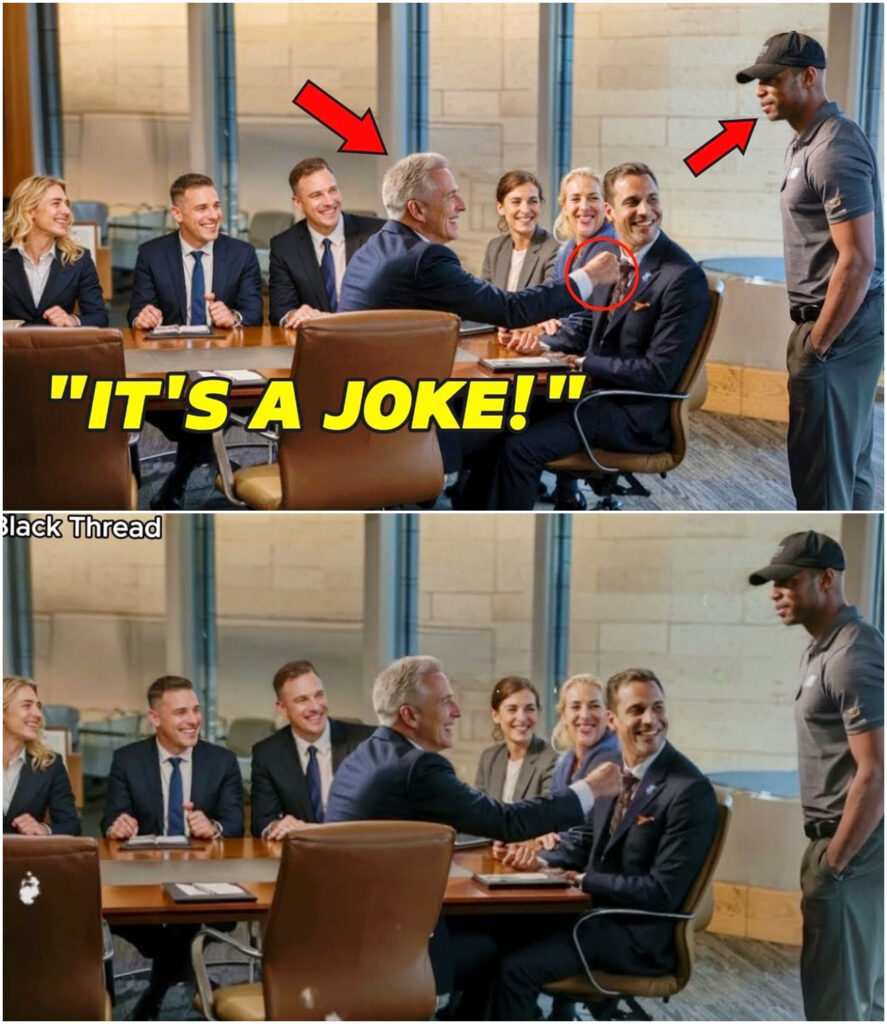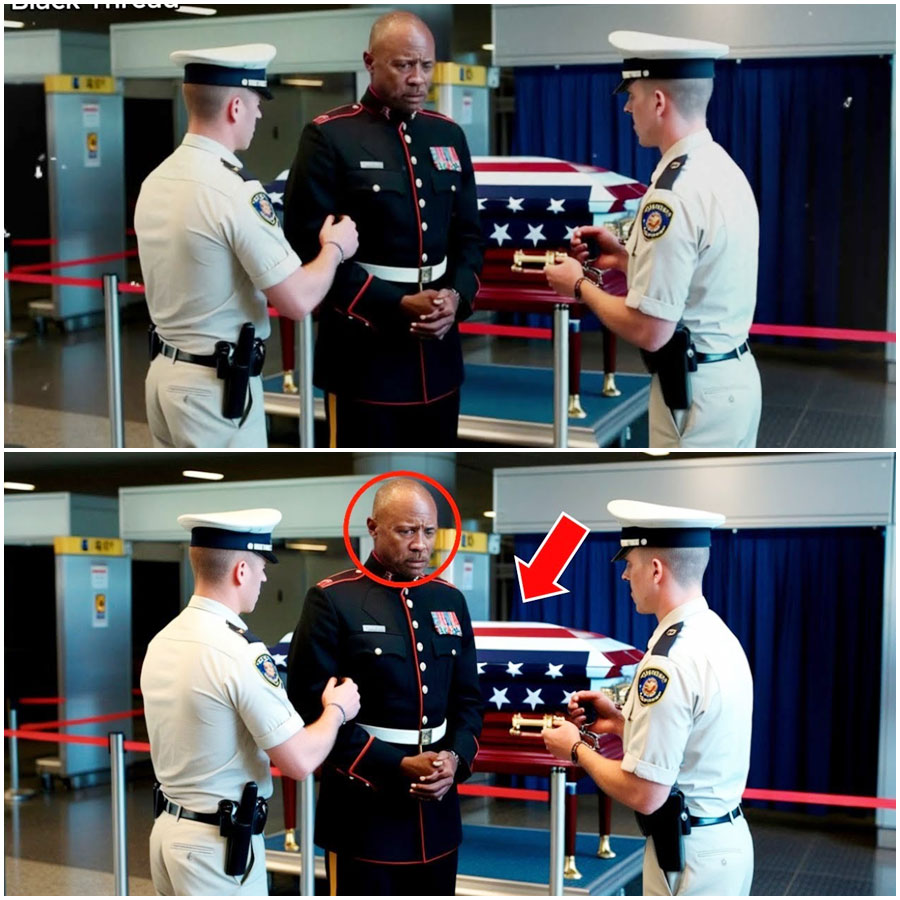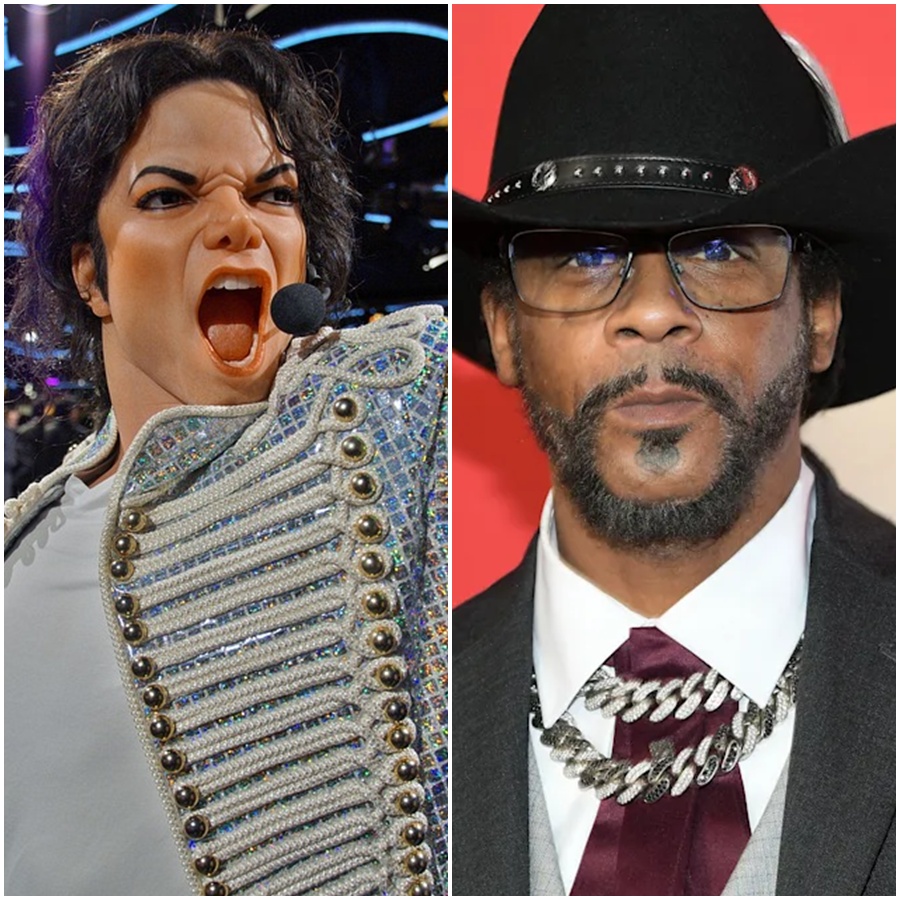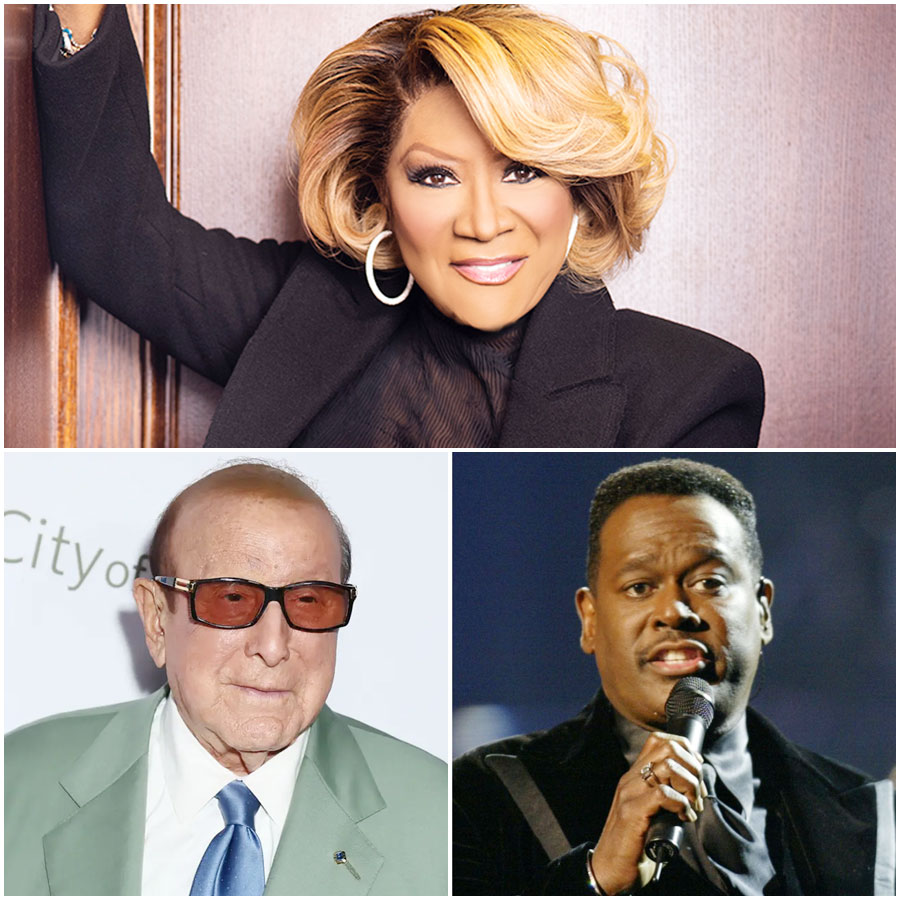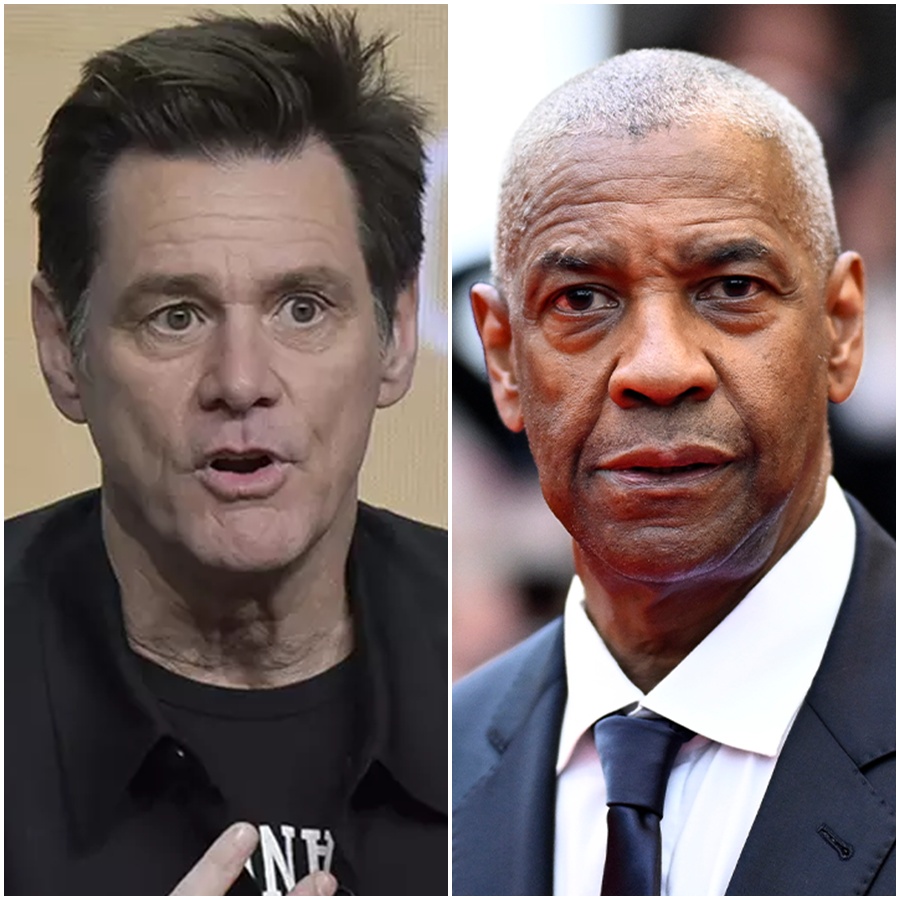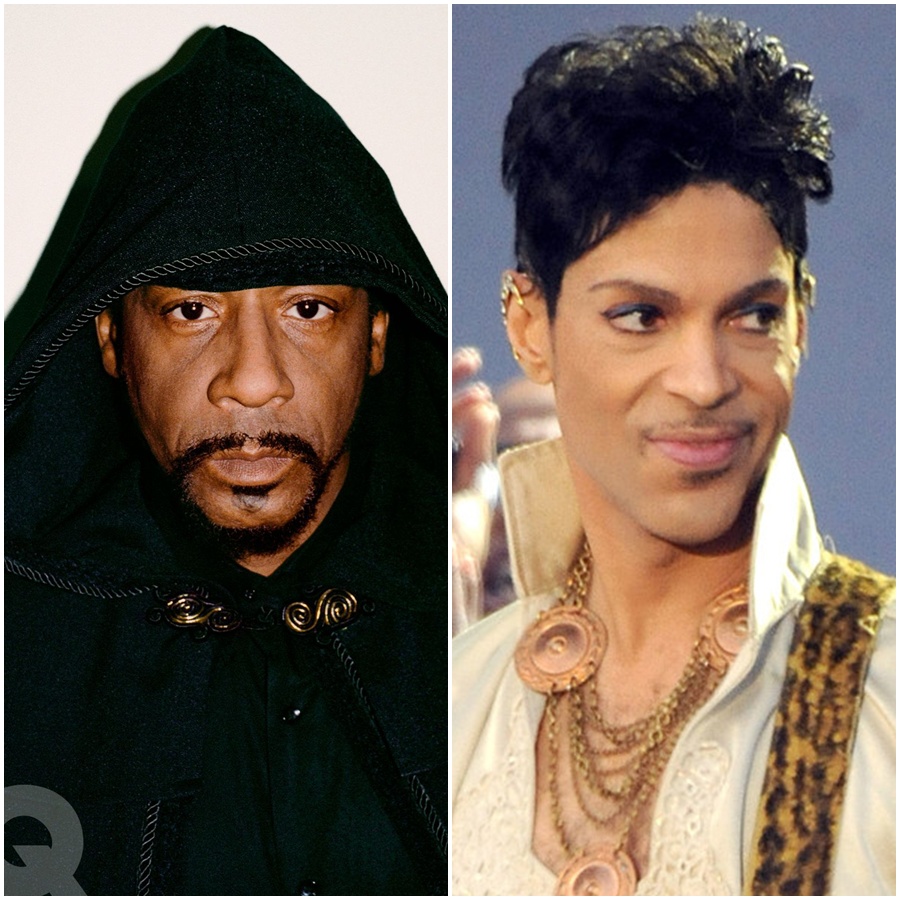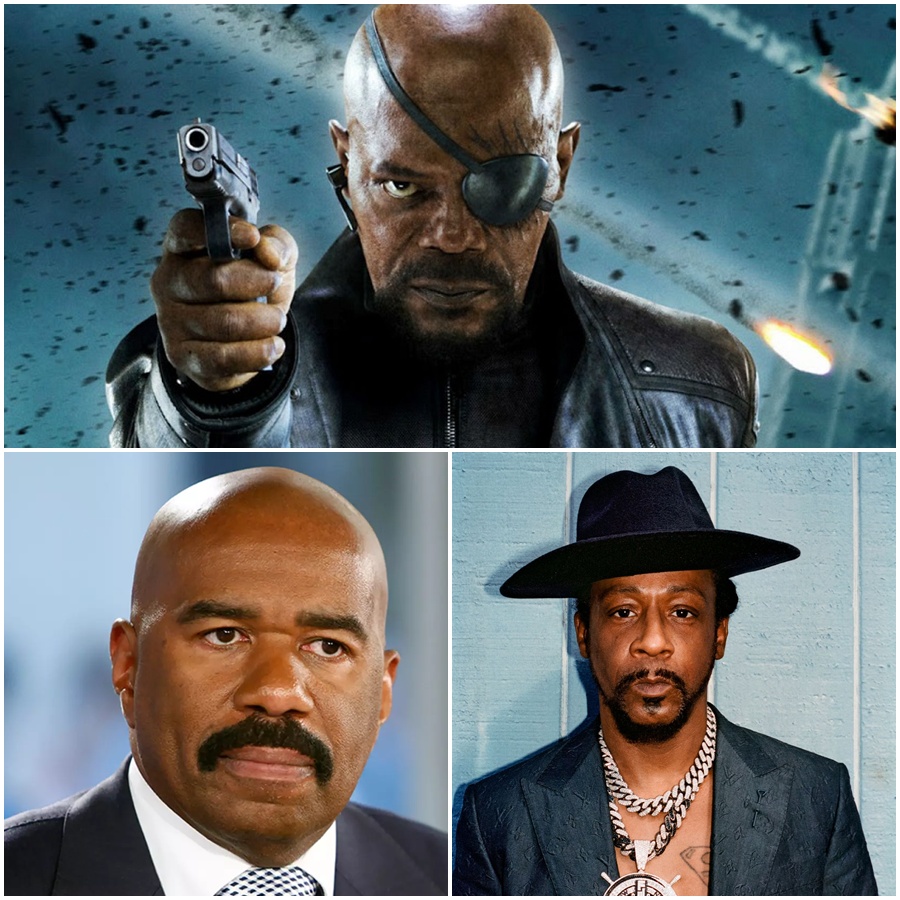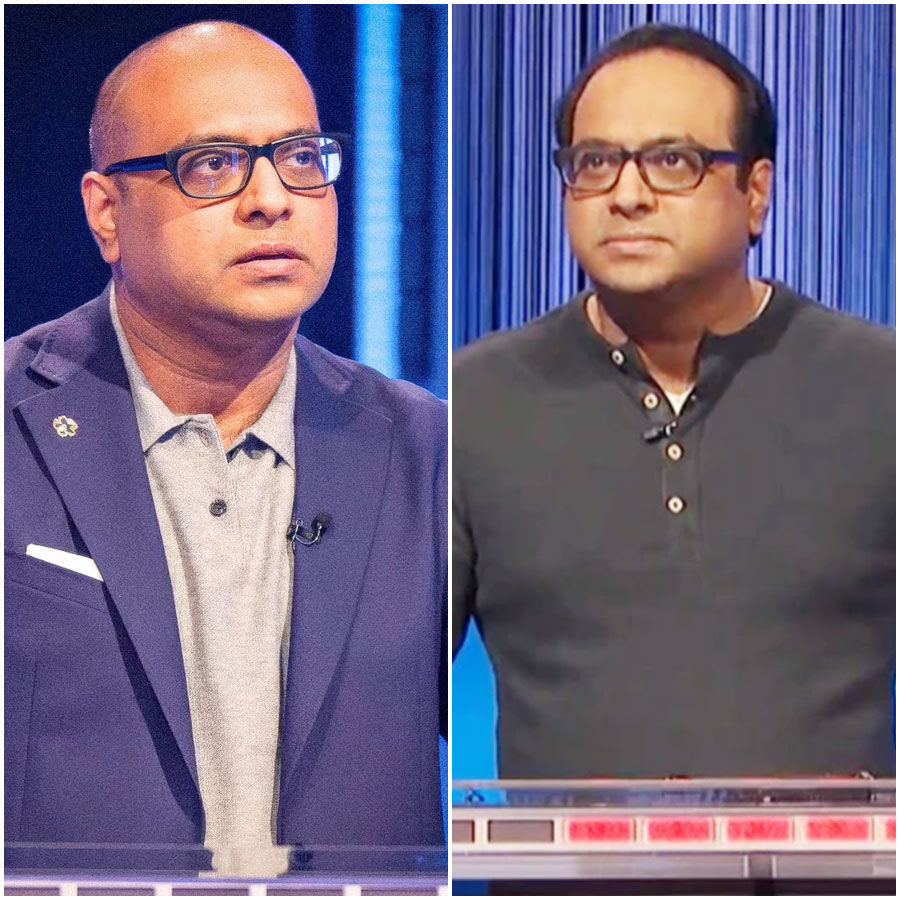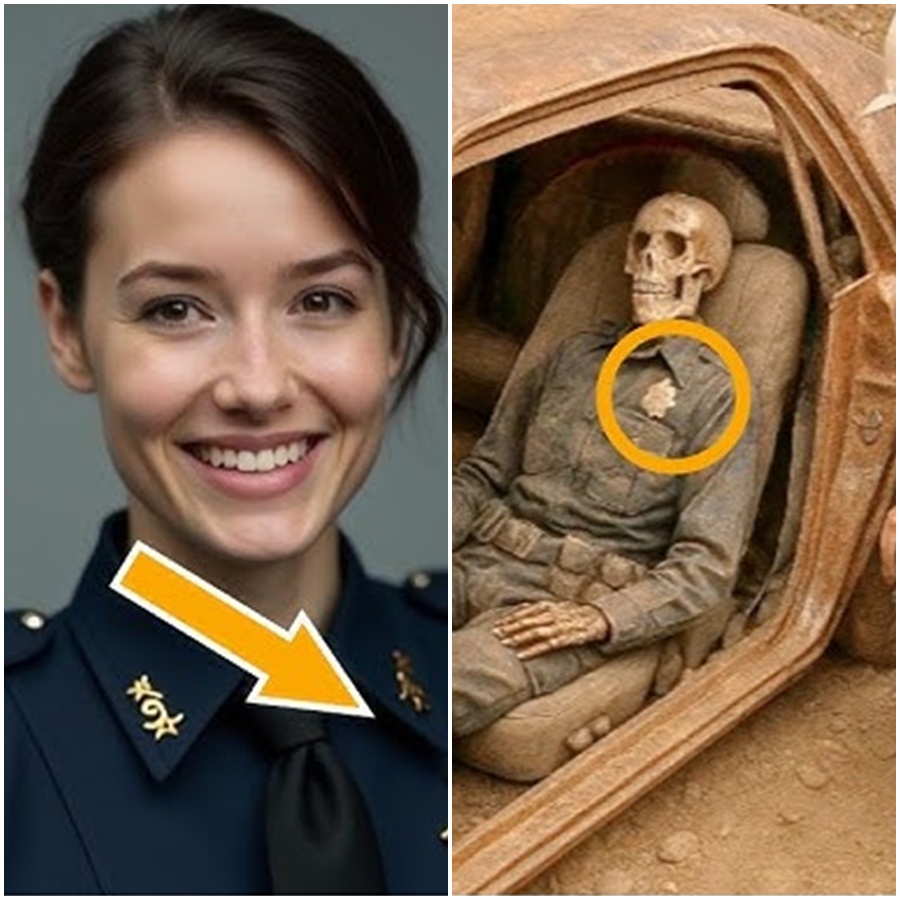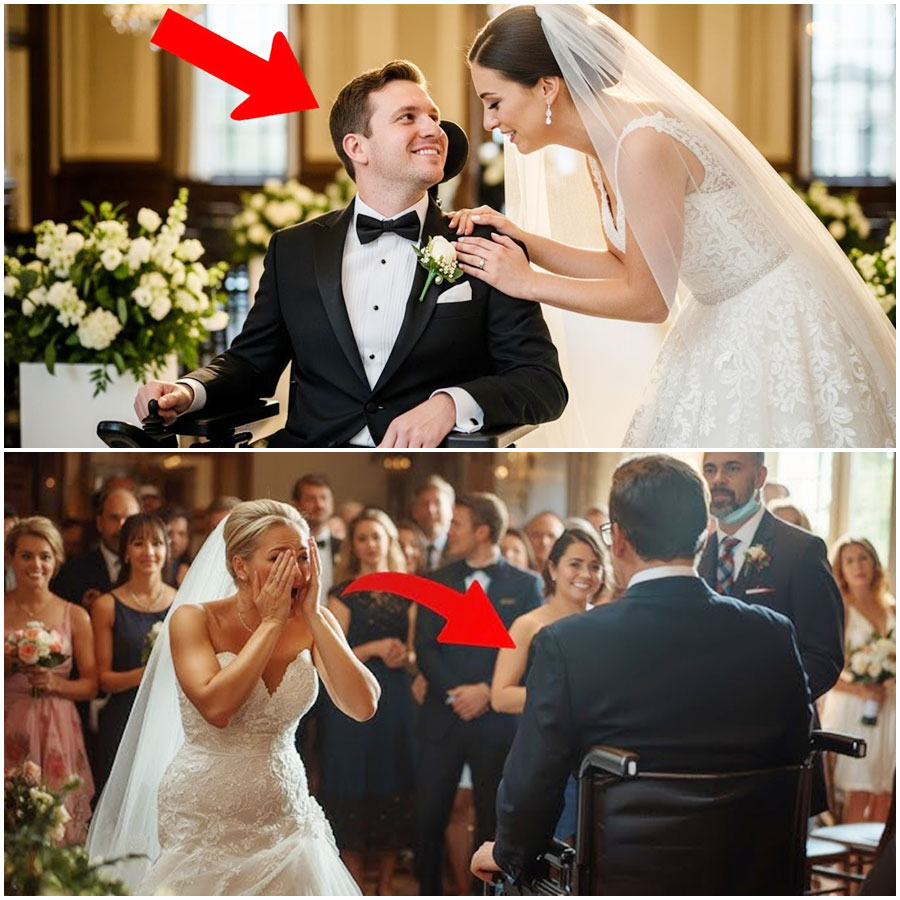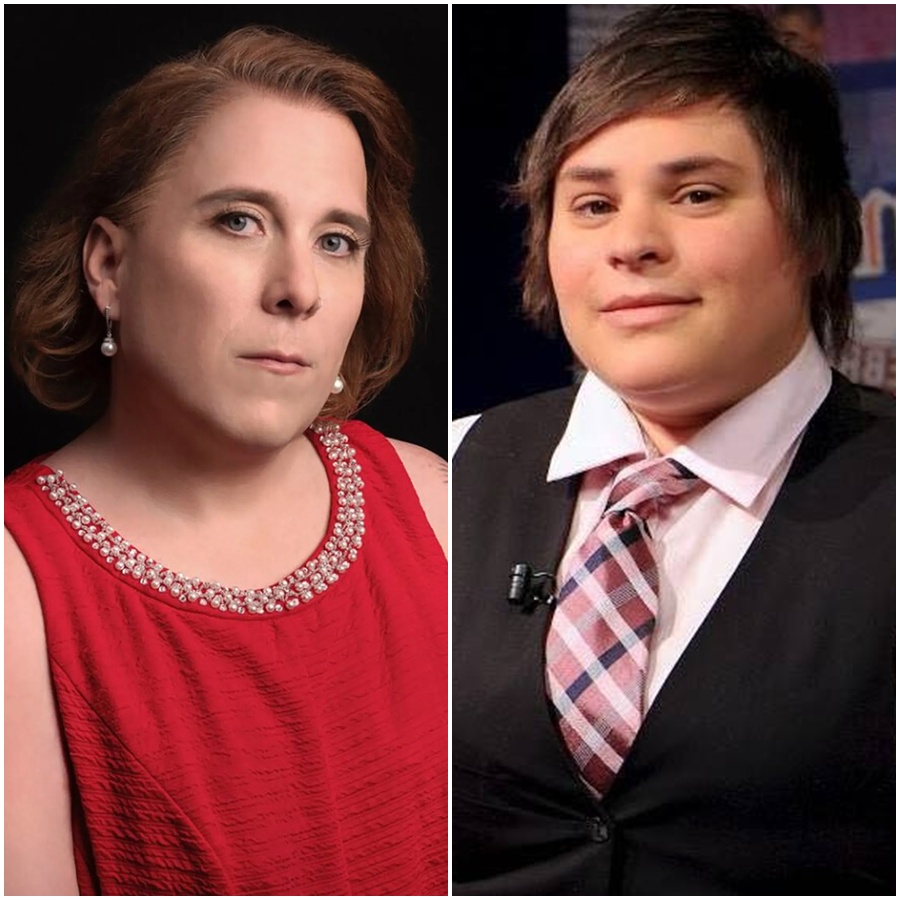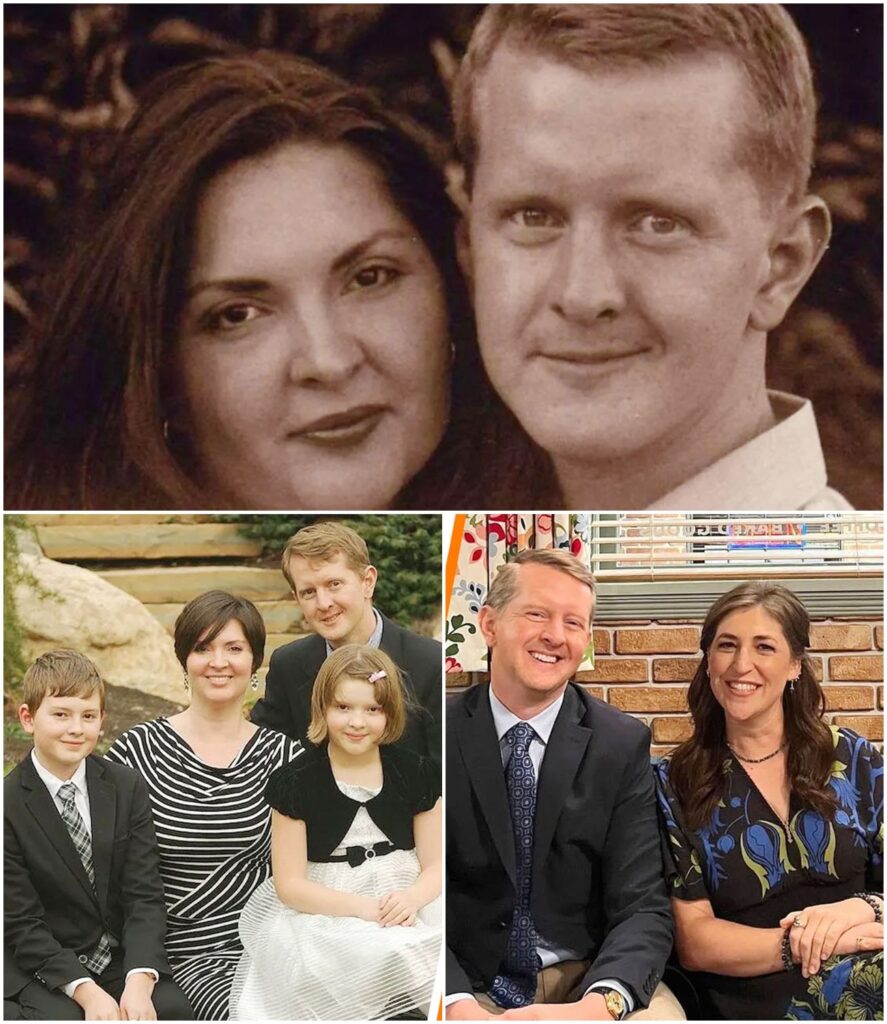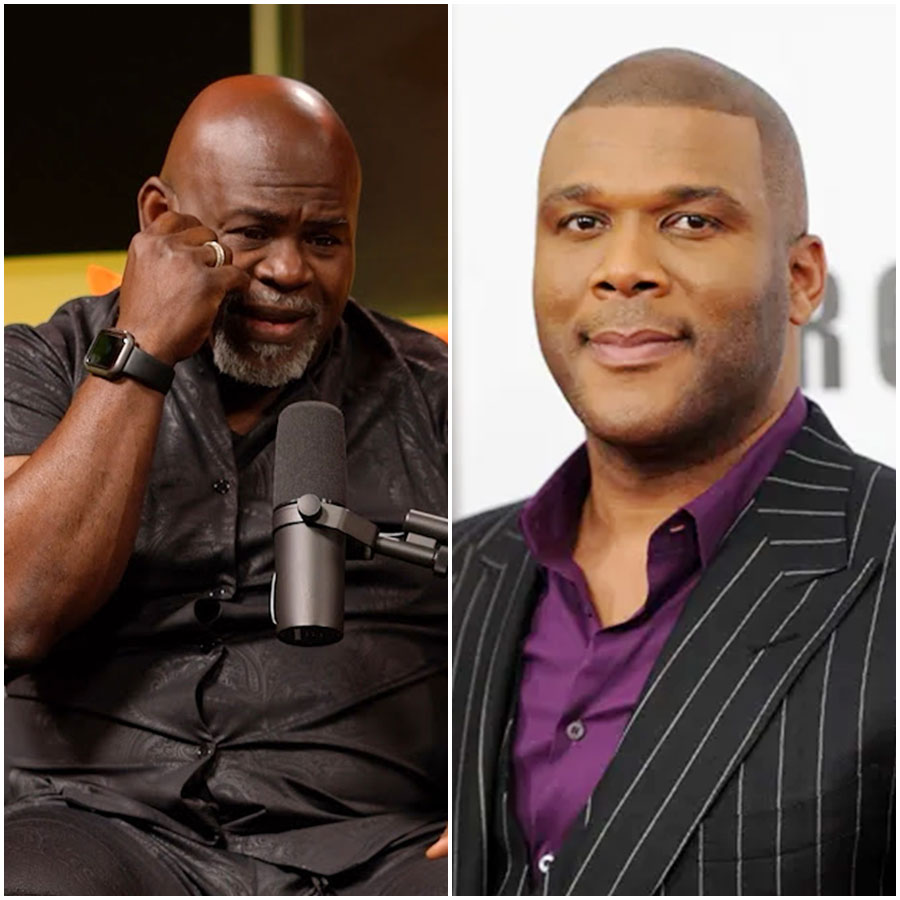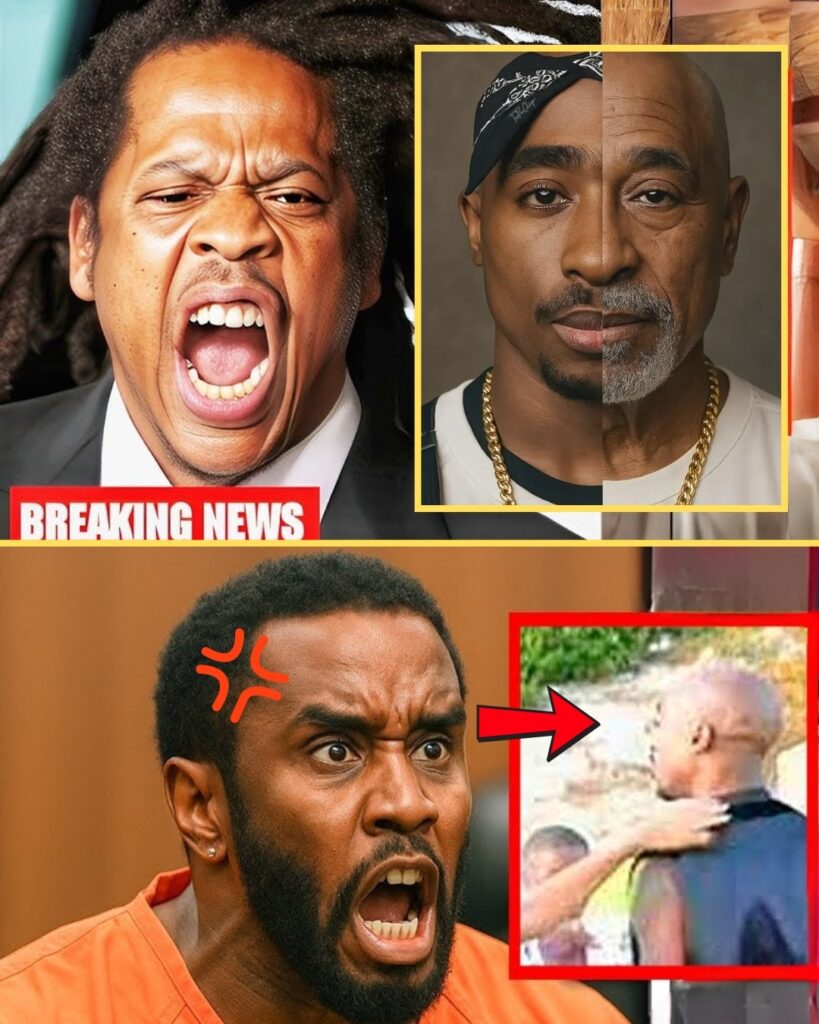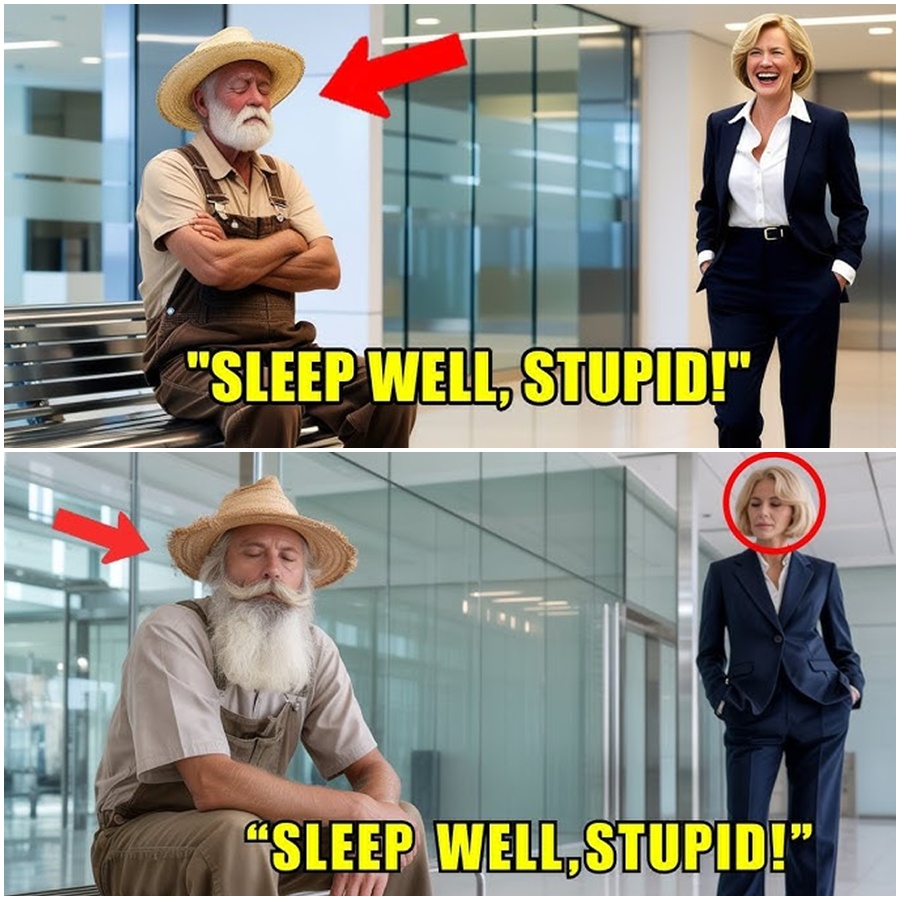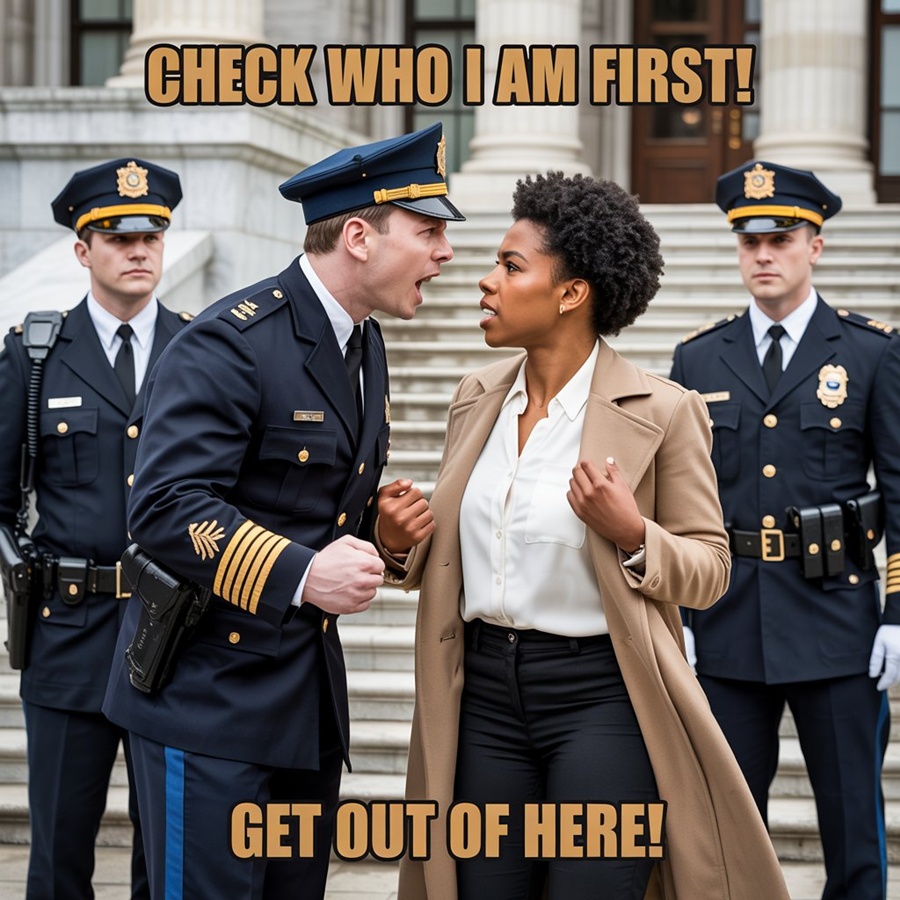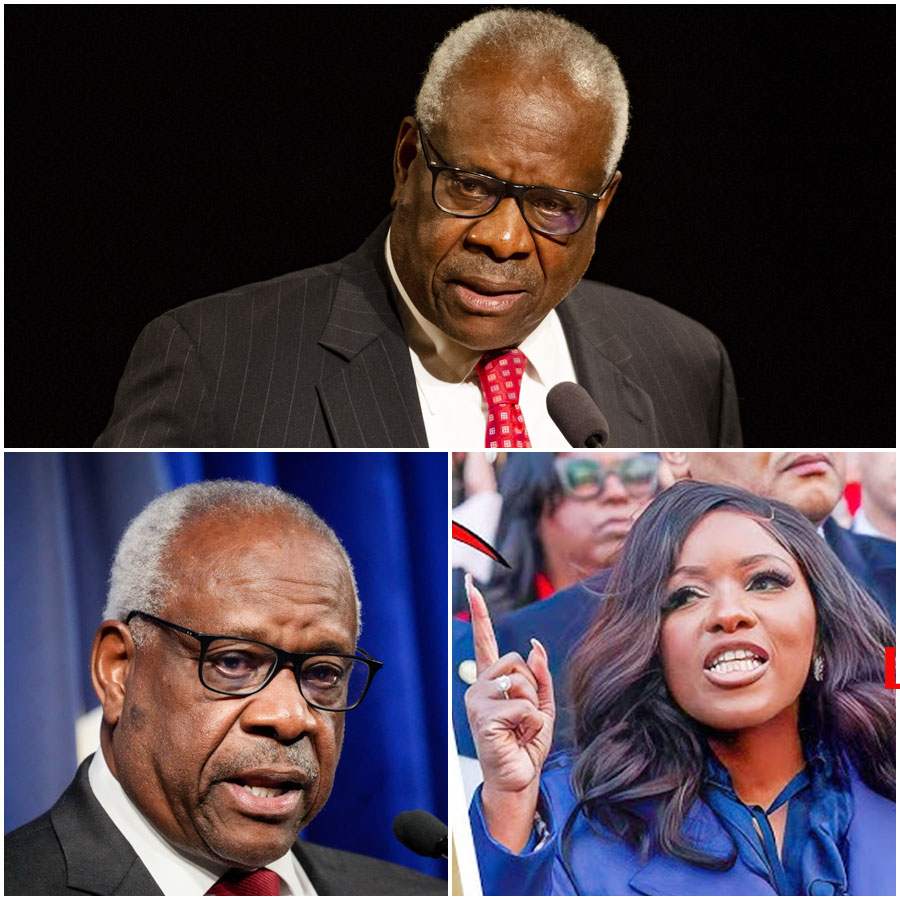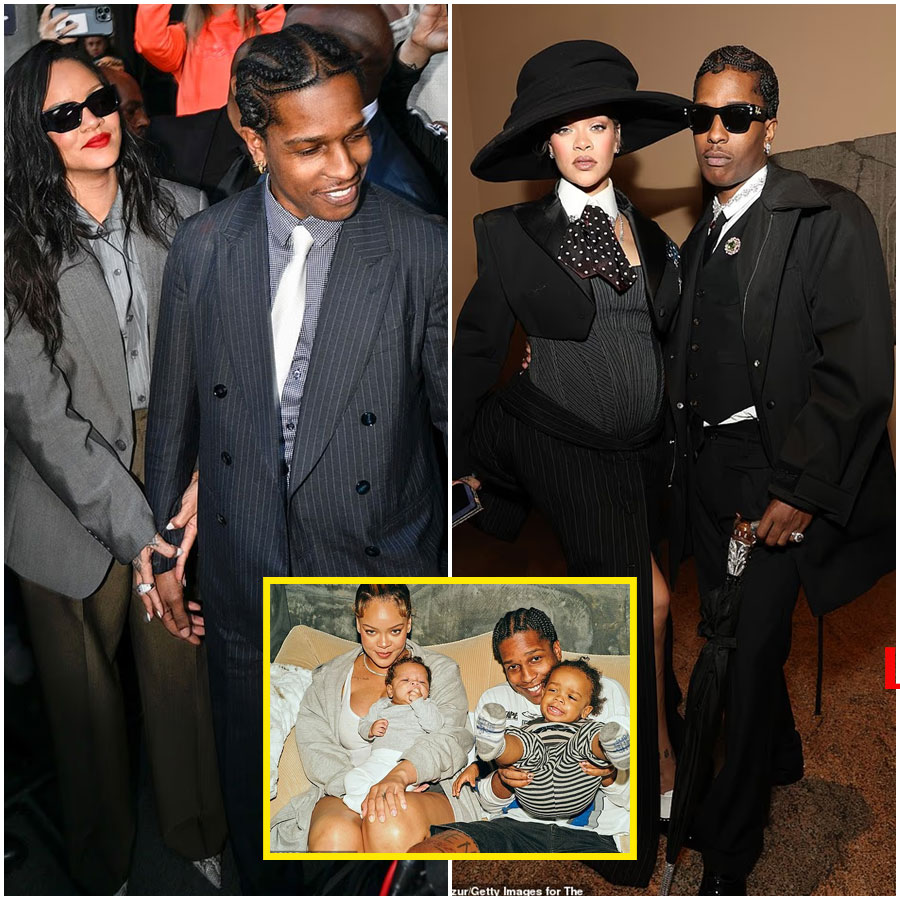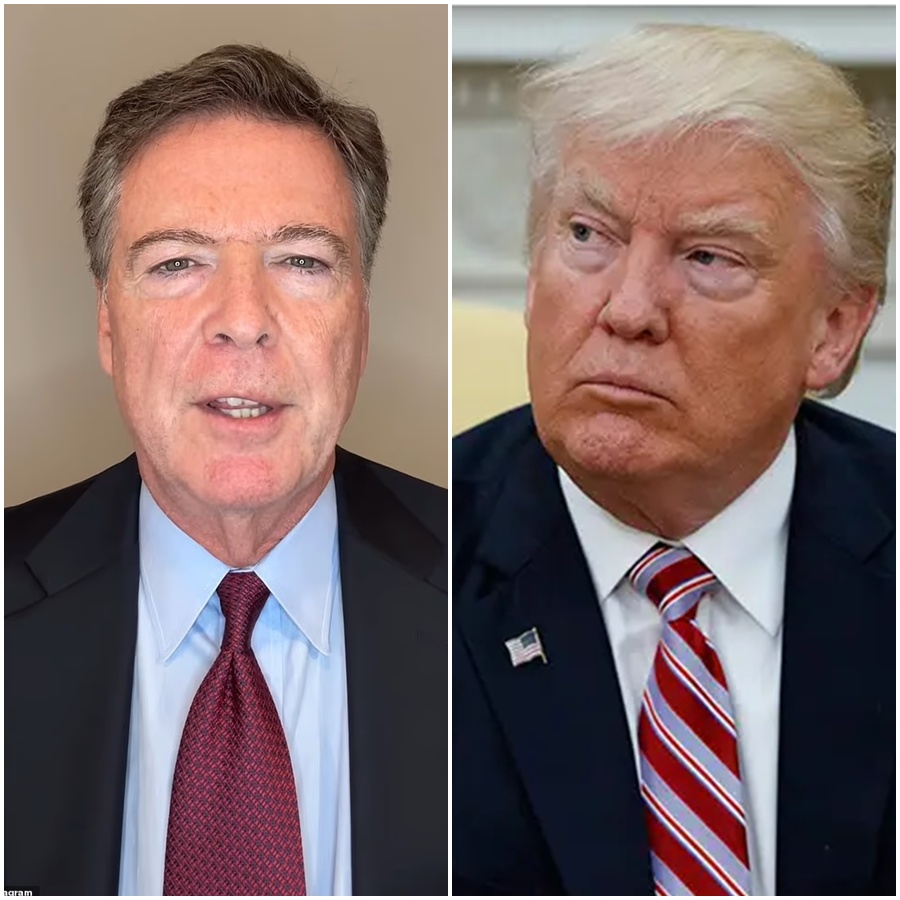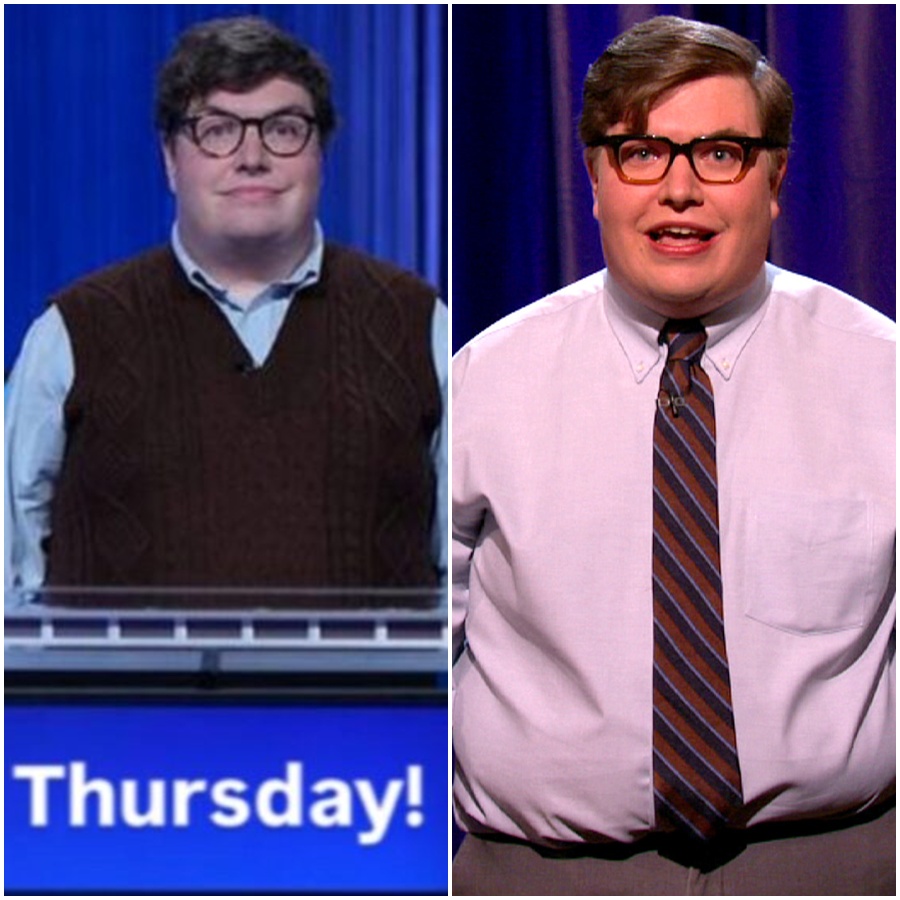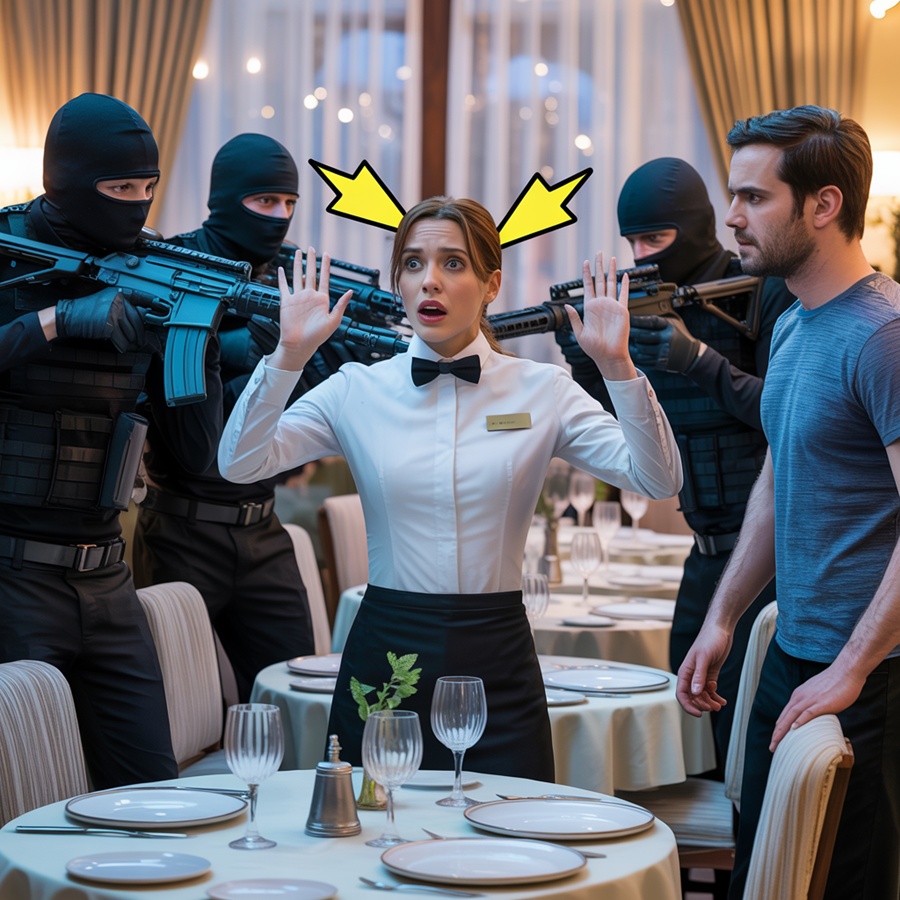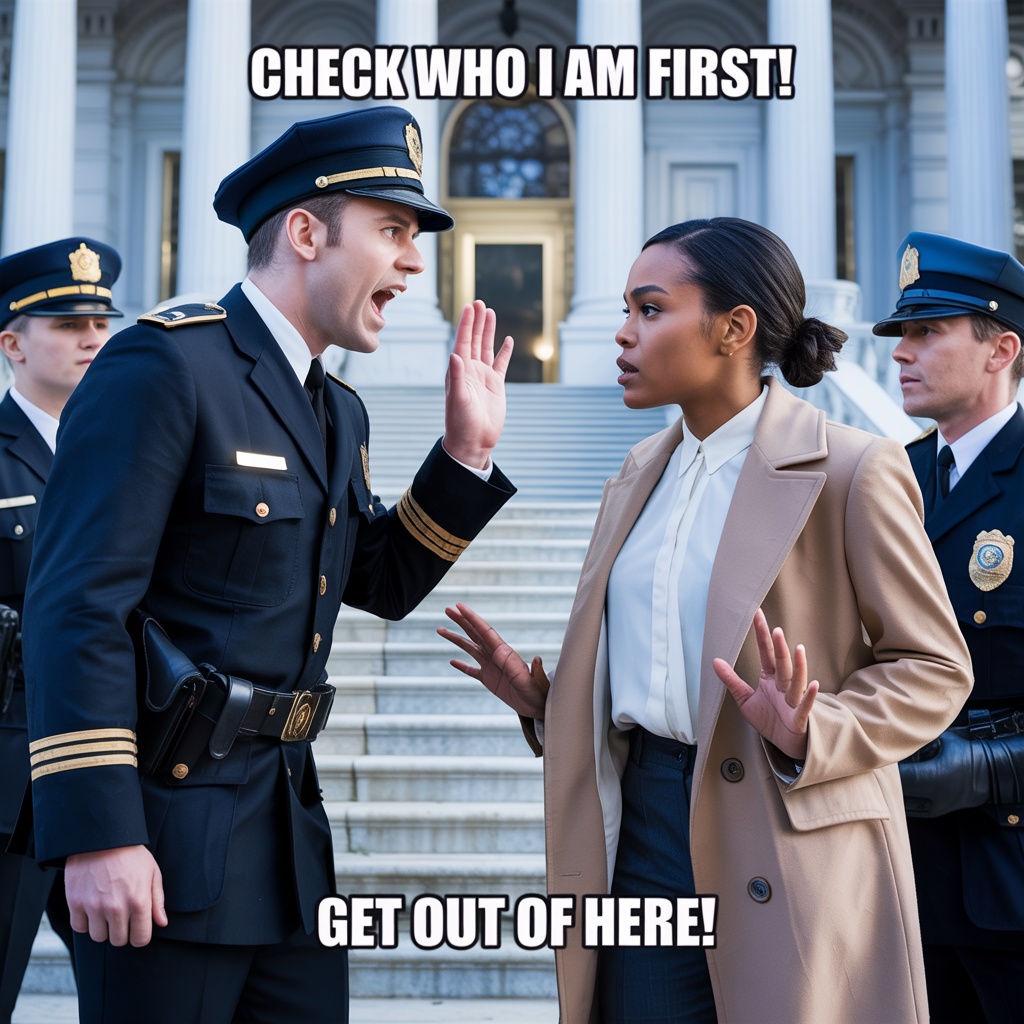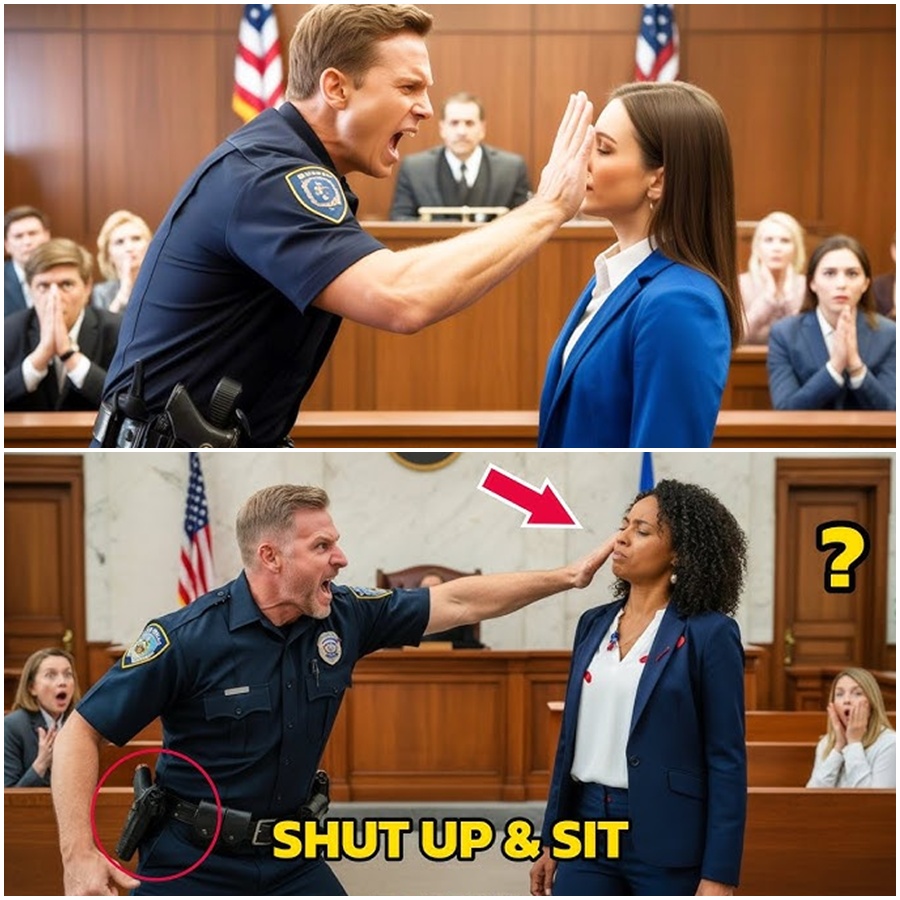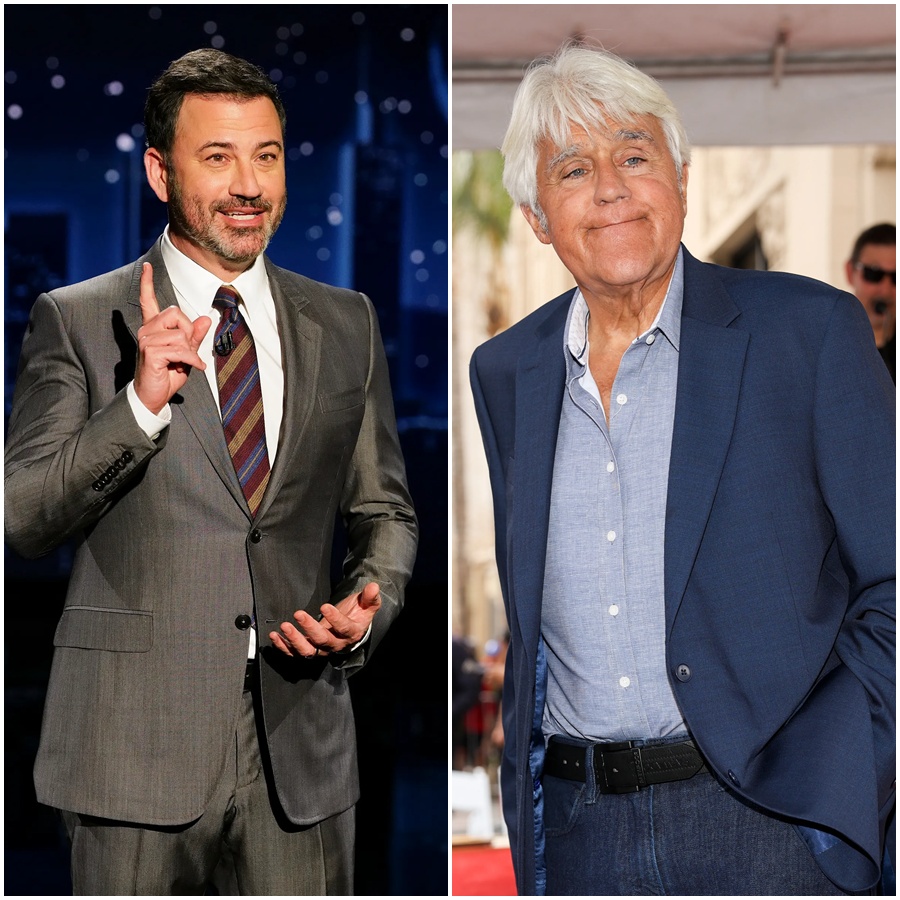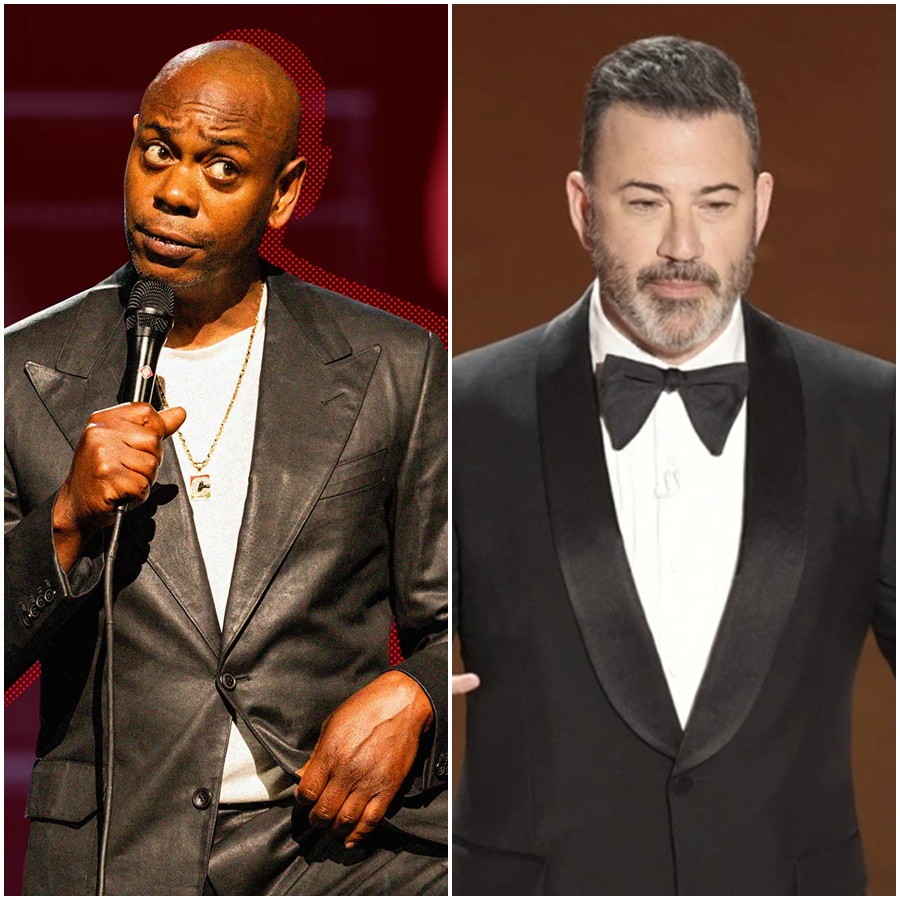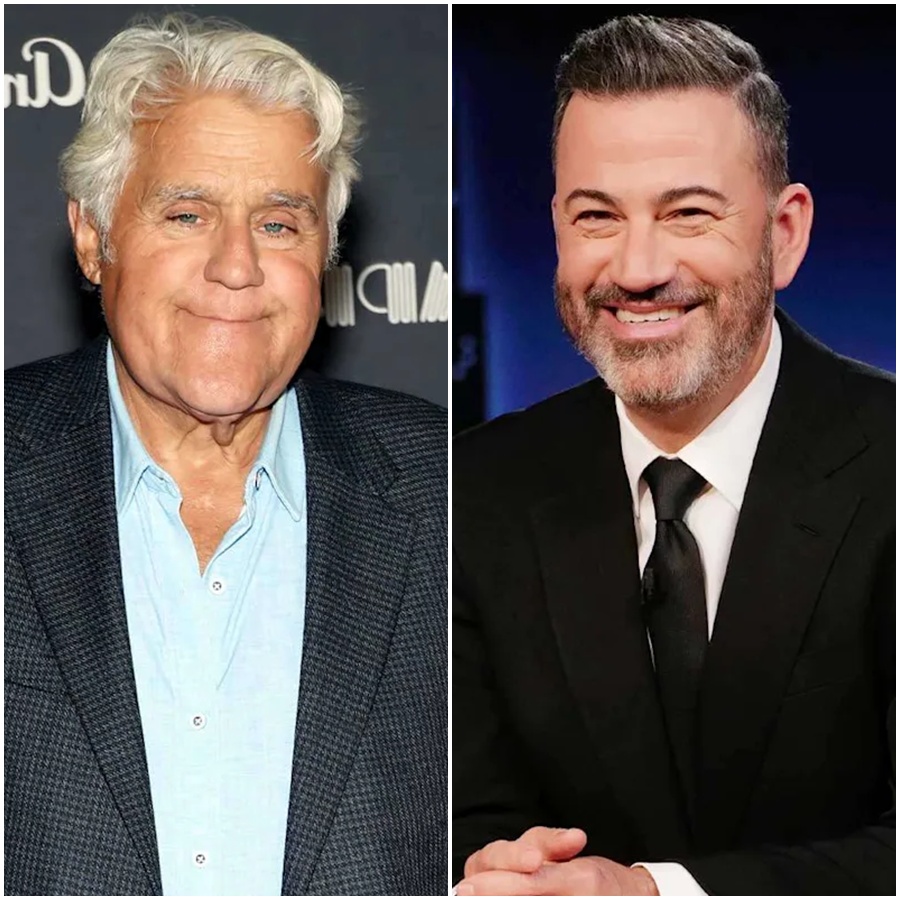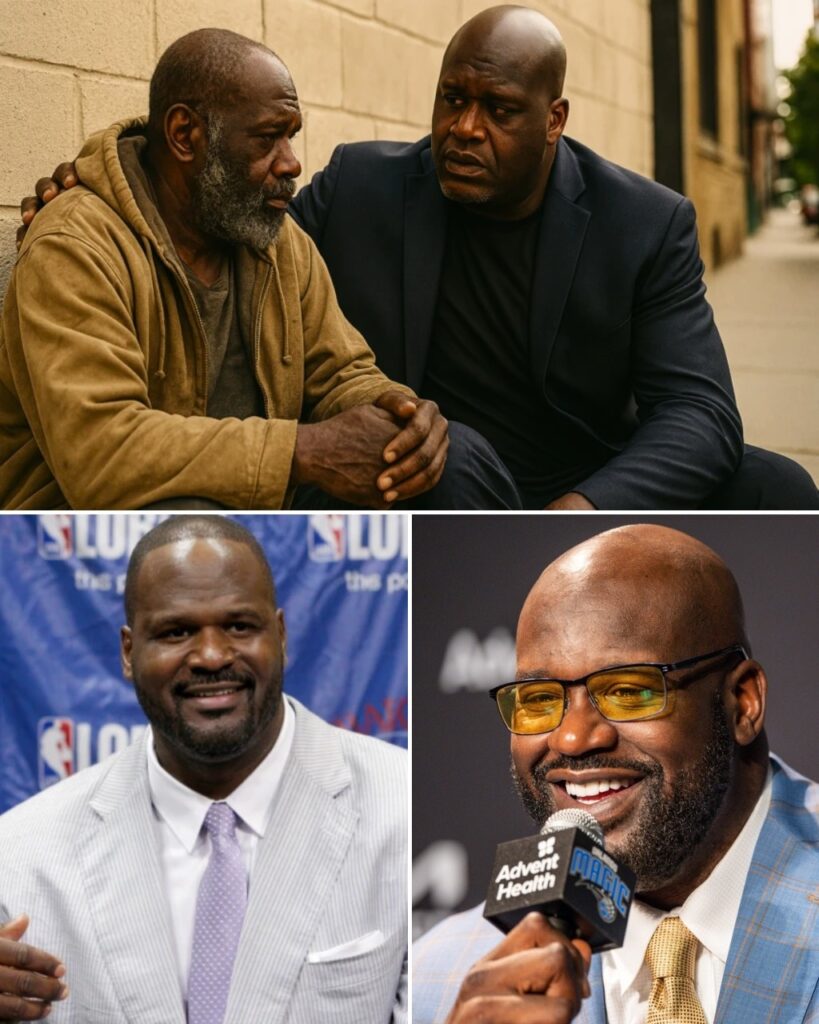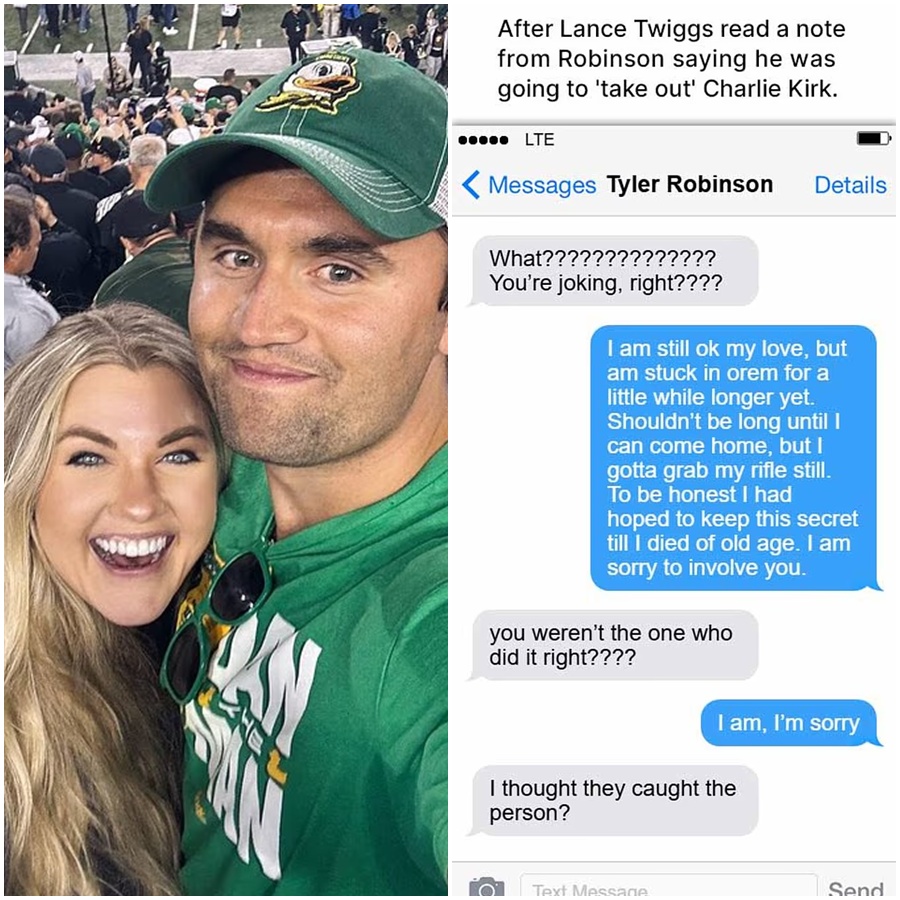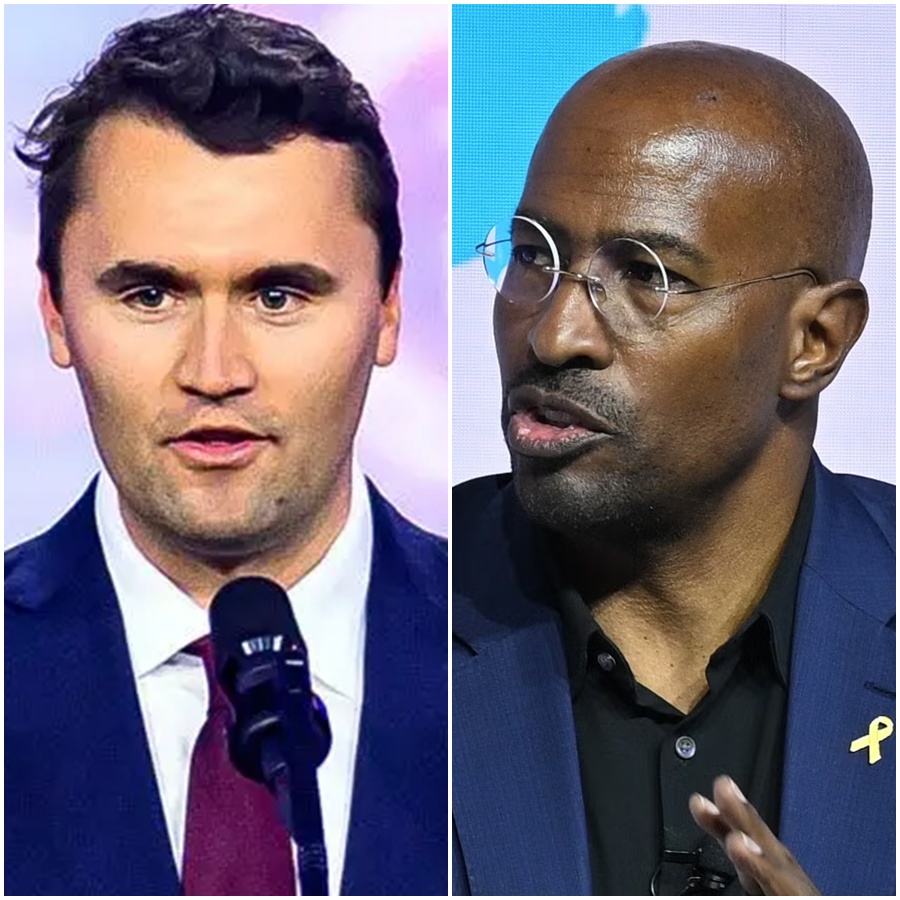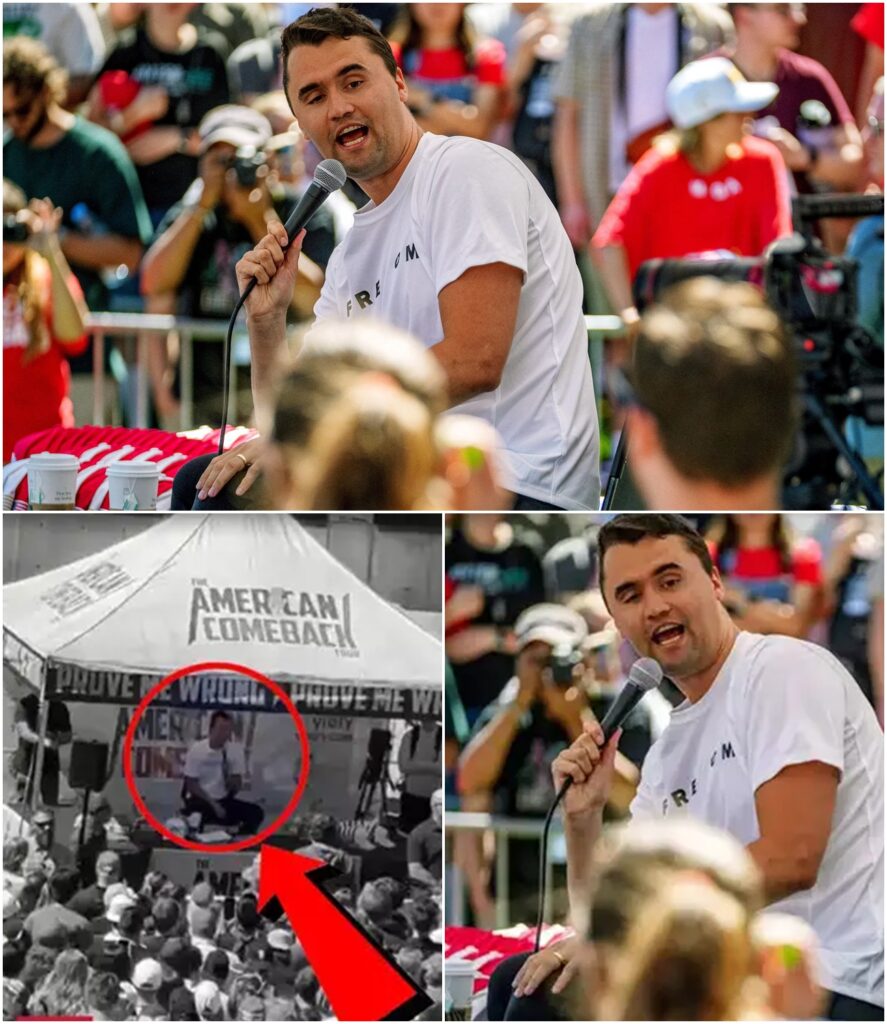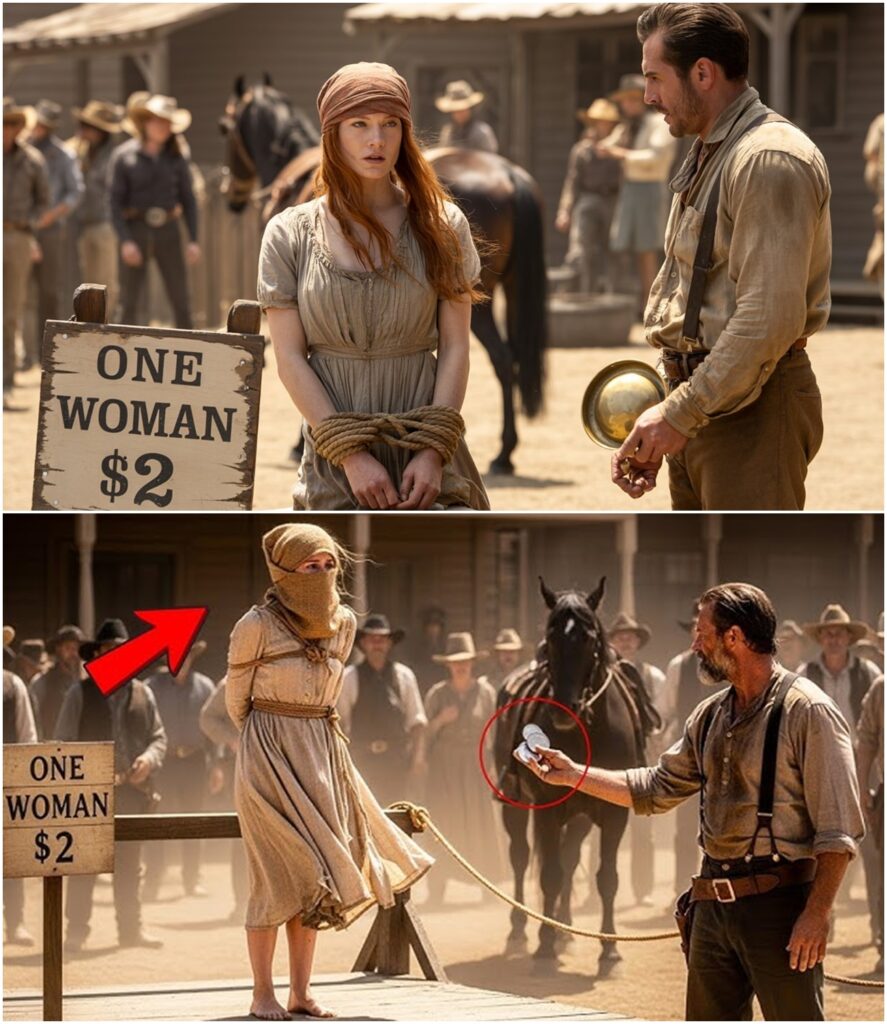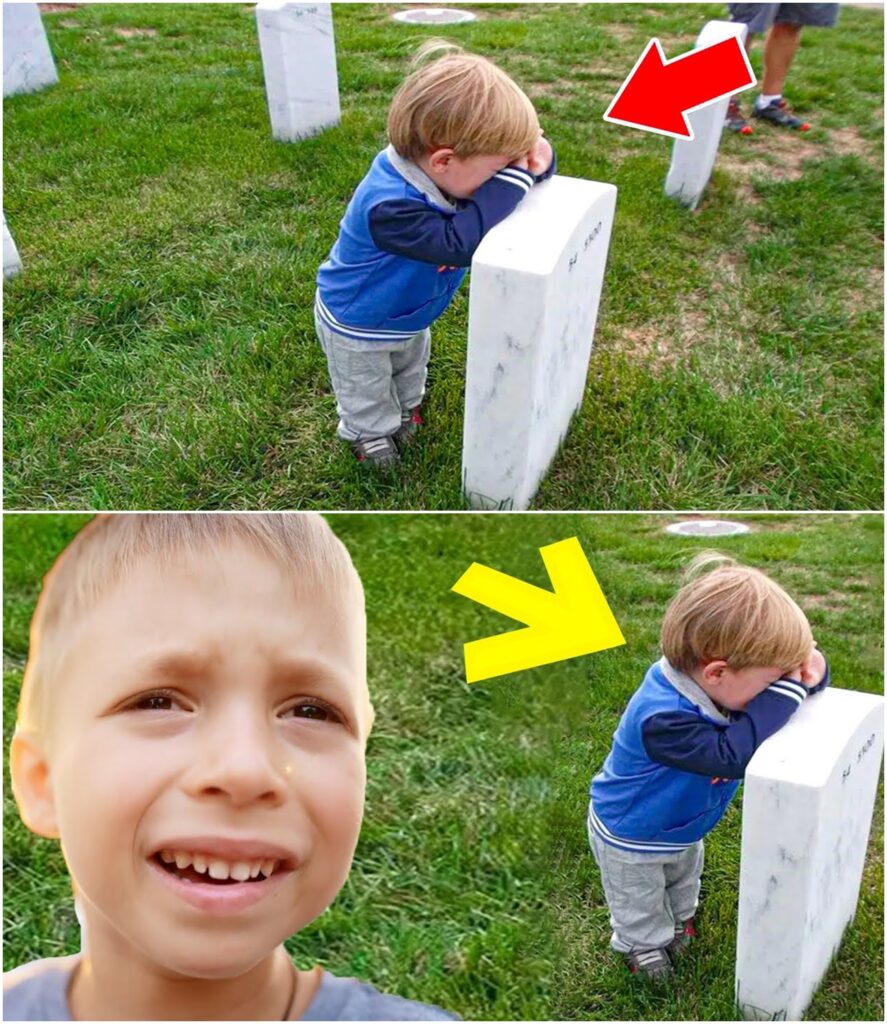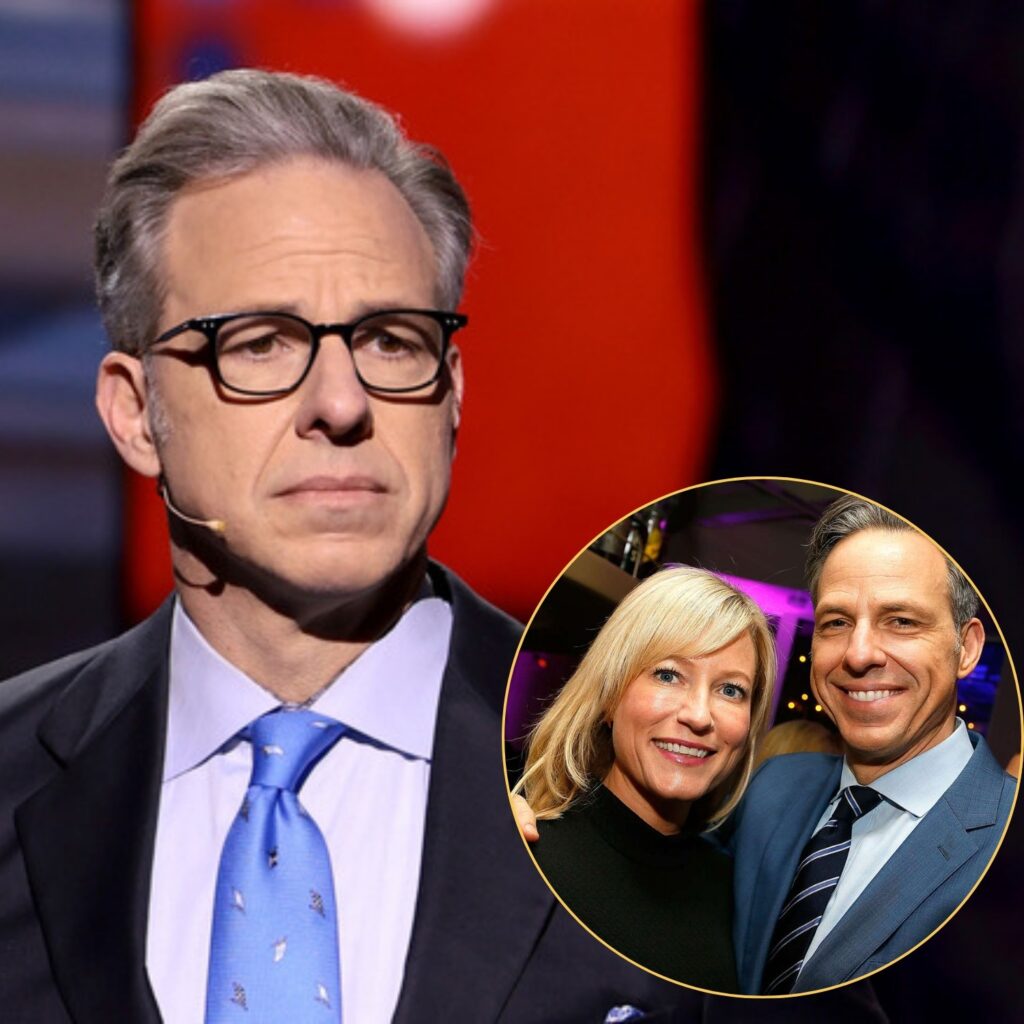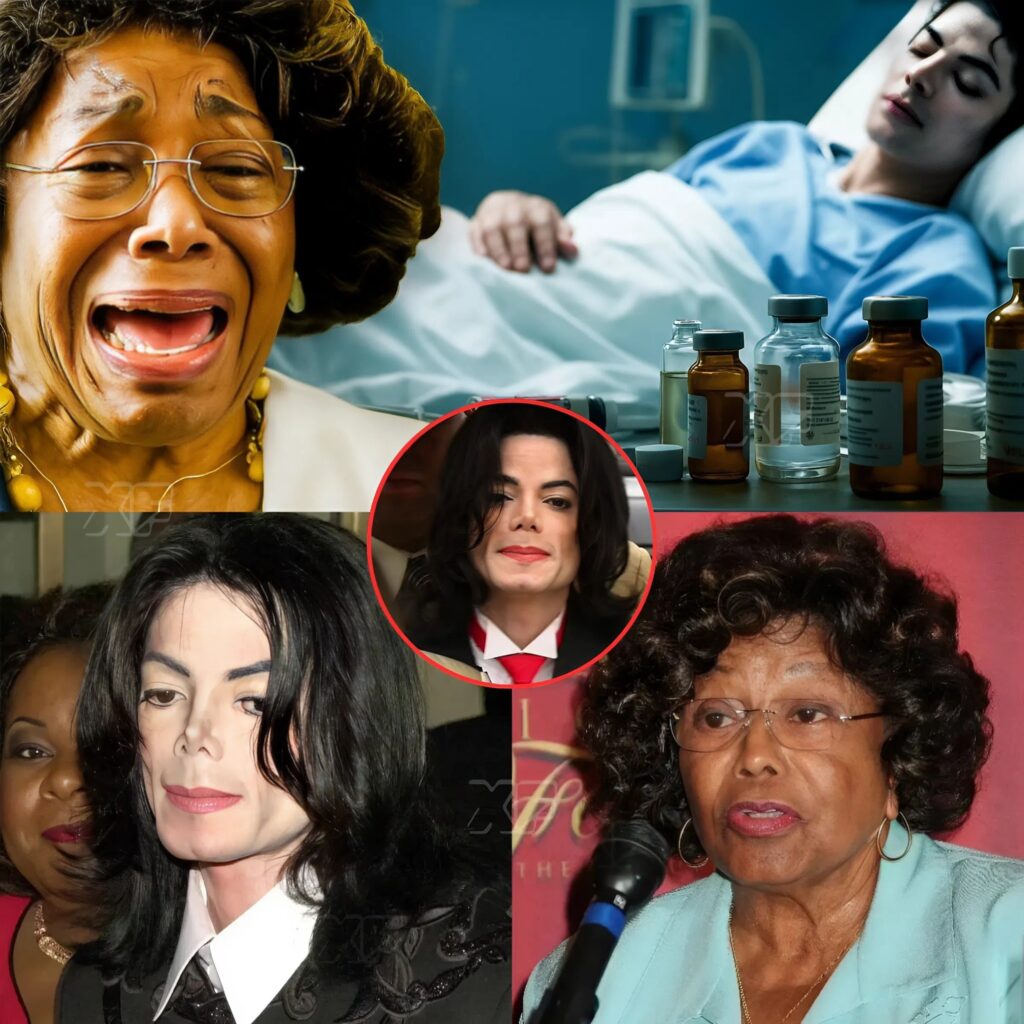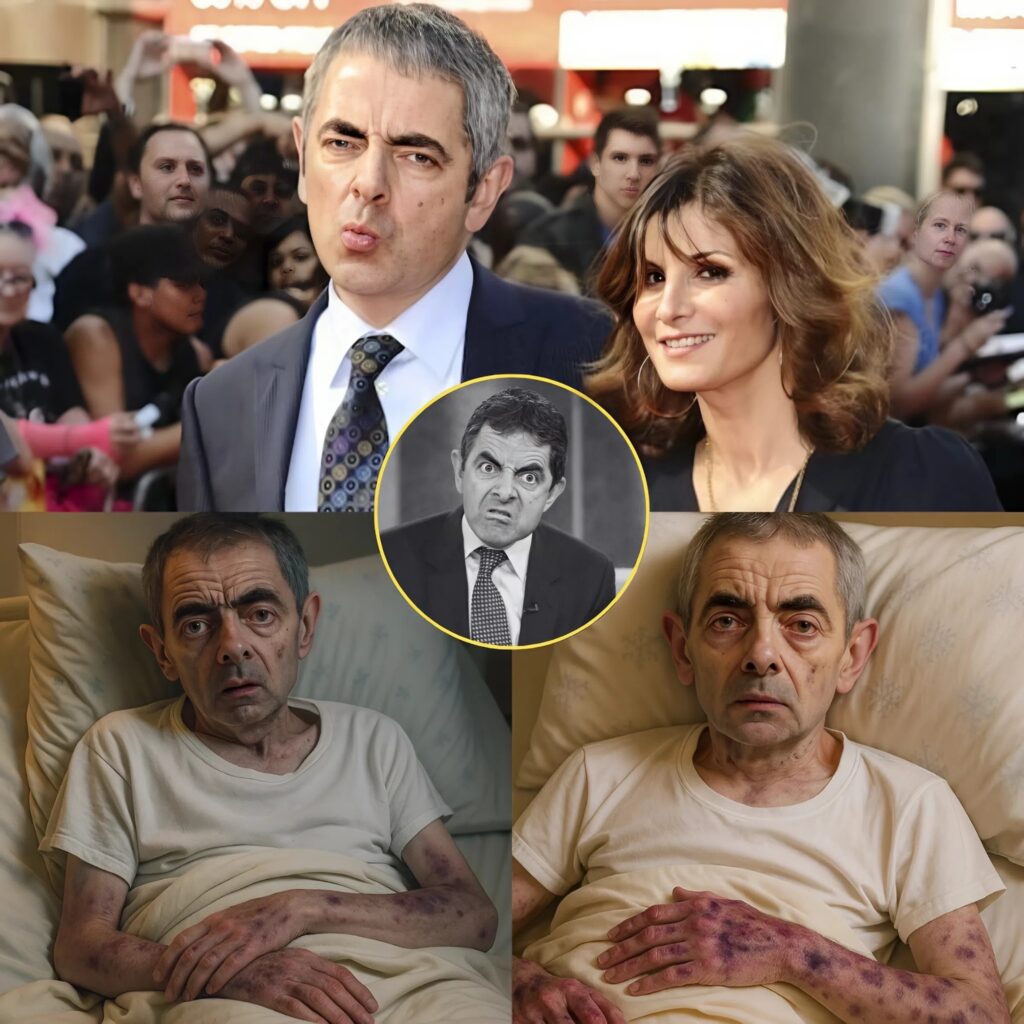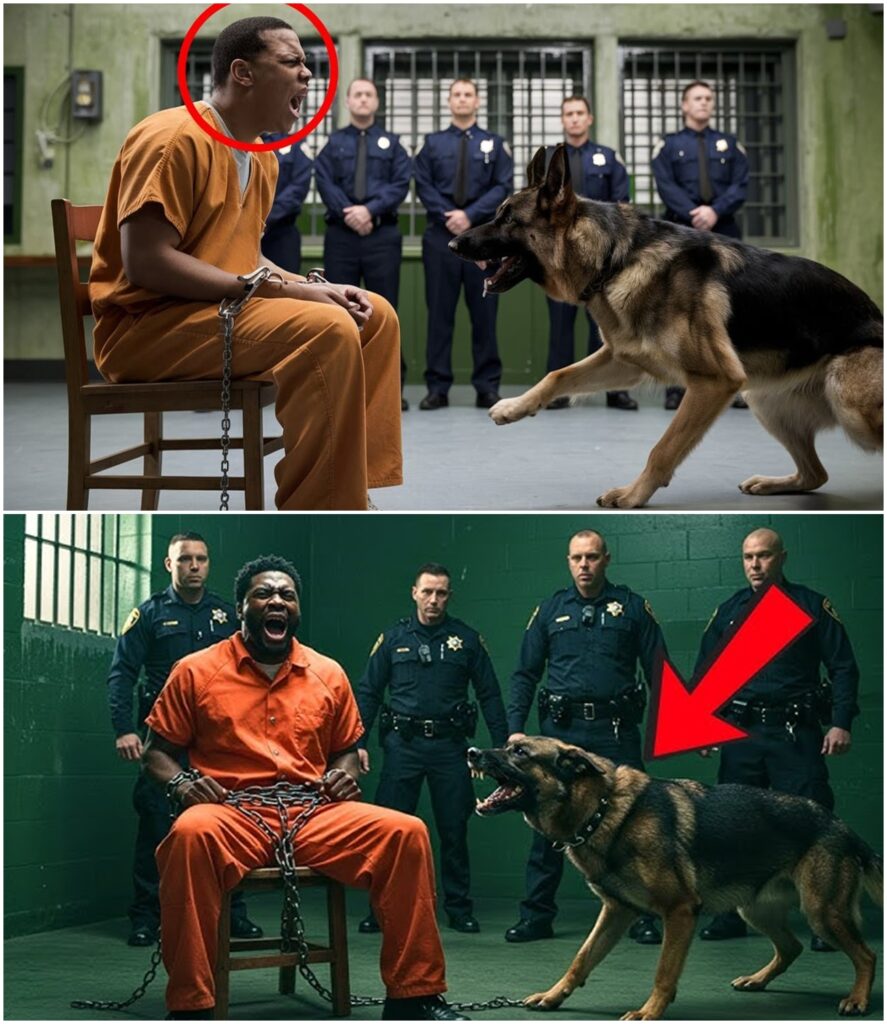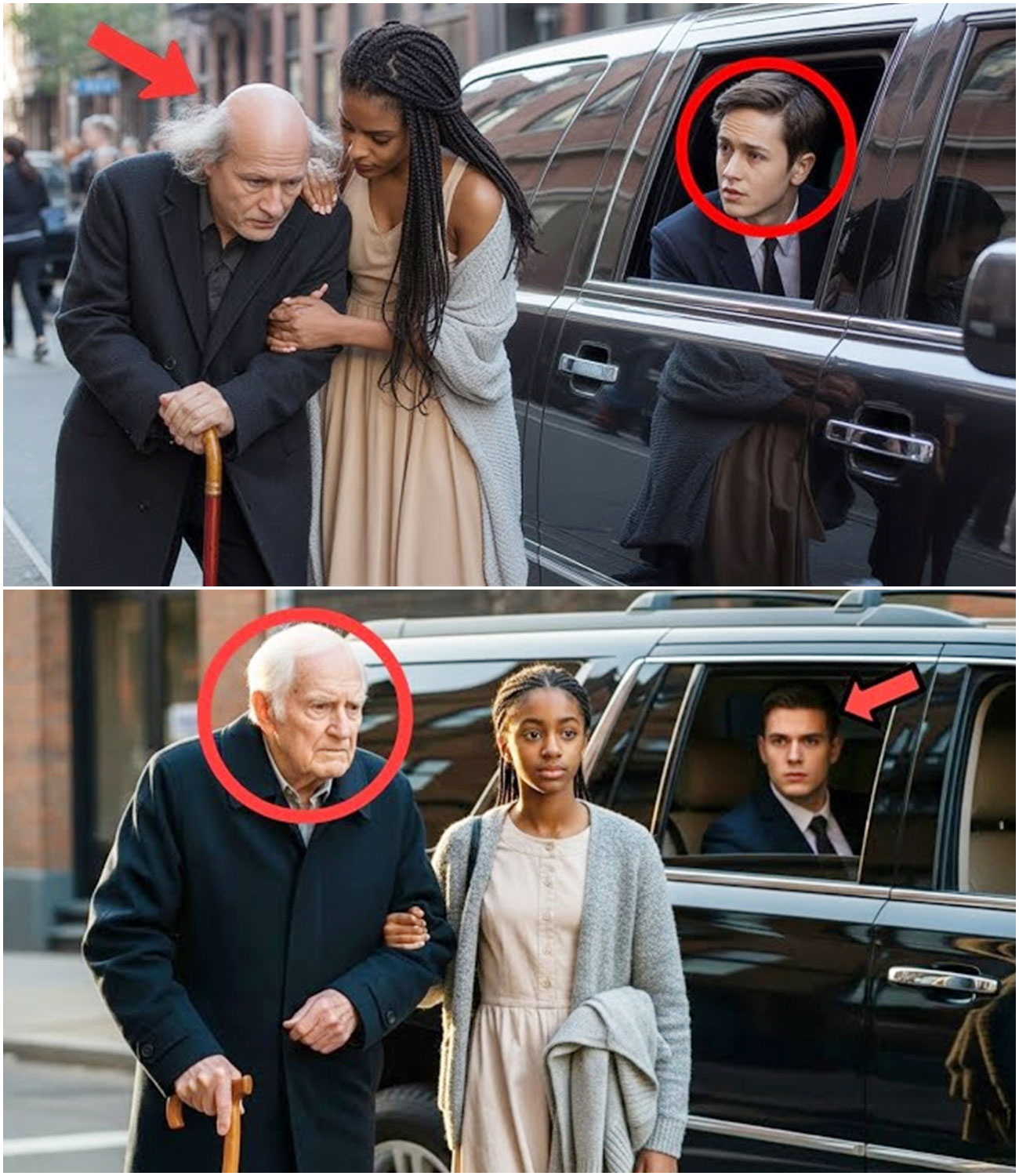Here’s What the FBI Found in Hulk Hogan’s Mansion After His Death That Shocked Everyone!
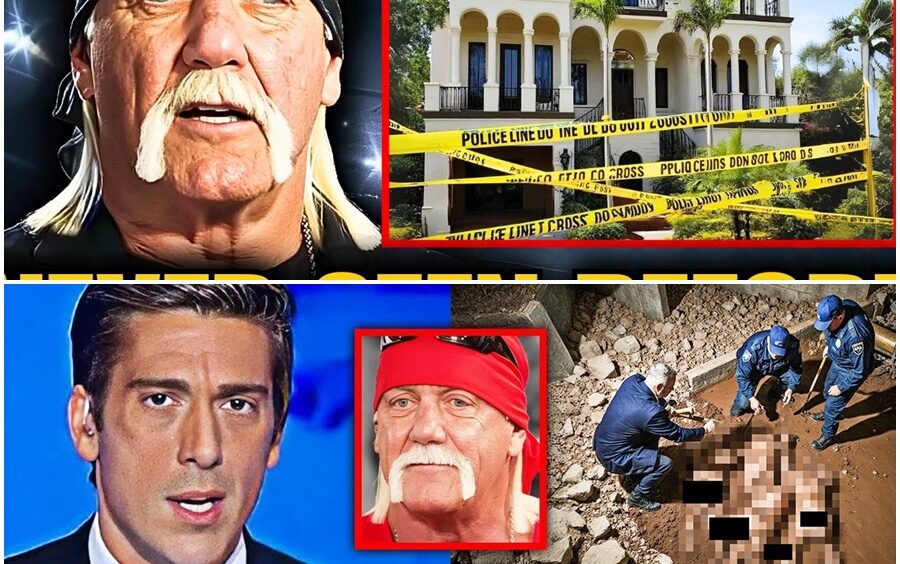
When Hulk Hogan was found dead inside his Florida mansion, the world thought it was the end of a wrestling legend. But what happened next stunned everyone. Behind the official report of a heart attack, investigators uncovered strange details that didn’t add up.
From a spotless gym to disabled security and even a secret hidden room, what the FBI found raised chilling questions no one expected. The Morning That Ended Hulkamania. On the morning of July 24, twenty twenty five, news broke from Clearwater, Florida, that professional wrestling icon Hulk Hogan, whose real name was Terry Gene Bollea, had been found unresponsive in his home. He was seventy-one years old.
The first alert came through a frantic 911 call reporting cardiac arrest. Emergency responders rushed to Hogan’s mansion and immediately began life-saving measures. Paramedics attempted to restart his heart, but every effort failed. At exactly 11:17 a.m., doctors at Morton Plant Hospital pronounced him dead.
It was an ending that no fan had imagined for the man who had once symbolized power, resilience, and larger-than-life charisma. Initial reports moved quickly. The medical examiner later confirmed that the cause of death was an acute myocardial infarction, a heart attack that had stopped his heart abruptly. The ruling was classified as natural. To most people, this seemed like the logical conclusion.
Hogan was in his seventies, and his body had endured decades of punishment from professional wrestling. The toll of years spent slamming giants in the ring, traveling nonstop, and undergoing more than two dozen surgeries had left him vulnerable. But there was more to the story than a simple heart failure. His medical history revealed layers that raised further questions. Hogan had been living with leukemia, a serious blood disorder, and atrial fibrillation, a condition where the heart beats irregularly.
Both illnesses increase the risk of sudden cardiac arrest, and they painted a picture of a man quietly fighting battles beyond the public eye. Fans had seen him smiling in pictures, attending events, and appearing stronger than ever, but the reality was that his body carried scars both visible and hidden.
Even so, his sudden passing did not fit neatly into the narrative of natural decline. Hogan had been spotted training not long before his death. Friends and family members described him as looking healthier than he had in years. His wife, Sky Daly, often shared that he was dedicated to meditation, clean eating, and daily workouts. He seemed to have found a new balance in life, far removed from the chaos of his wrestling days.
That made the abrupt end more difficult to accept. The police who first arrived at the mansion took note of more than Hogan’s lifeless body. Something about the setting struck them as unusual. Because of these observations, and because Hogan was no ordinary man, they decided the case required a deeper look.
The Clearwater Police Department announced that they had conducted multiple witness interviews and gathered Hogan’s medical records. While they acknowledged the medical examiner’s conclusion of a heart attack, they also pointed to the “unique nature” of the circumstances. This was not just the passing of a private citizen. It was the death of one of the most recognizable athletes in the world, and any unanswered question could spiral into speculation.
This decision led to federal involvement. The FBI was discreetly pulled into the investigation, not only to confirm the medical findings but also to review any irregularities at the scene. Such a move was not common for natural deaths, and it immediately raised eyebrows among the public.
For fans who had followed Hulk Hogan through the bright lights of WrestleMania, the television screens of reality shows, and even the turbulence of scandals, it felt almost impossible that his story would end without mystery attached. As news outlets confirmed the medical examiner’s report, tributes poured in. Wrestlers he once fought alongside and against remembered him as the man who had brought wrestling into living rooms around the world.
To his millions of fans, the explanation of a heart attack seemed enough. But behind official statements, a parallel story was taking shape, one rooted in questions and observations that refused to go away. Why was the scene described as unusual? Why were federal agents needed to probe further into what appeared to be a natural passing? And what did the investigators really see inside the mansion that morning? On the surface, the story was of a legendary wrestler whose body finally gave out. But investigators were not convinced.
The explanation of a heart attack did not satisfy them, because inside his mansion, the scene was anything but ordinary. The Sterile Gym and the Silent Alarms. When investigators entered Hulk Hogan’s mansion in Clearwater, Florida, one of the first areas they inspected was the gym.
This was the place where Hogan had spent much of his time, even in his later years. Friends and family described it as his personal sanctuary, a space filled with weights, machines, and reminders of his long wrestling career. Yet on the morning of his death, the room did not look like a space that had been in use. The gym appeared almost unnaturally clean.
Surfaces were polished, weights were perfectly placed, and the floor mats looked as if no one had touched them in days. There were no water bottles, towels, or signs of recent activity. For a man who had followed a strict workout routine, this was unusual. Investigators noted that it looked more like a staged room than an active training area.
It raised questions about whether someone had deliberately cleaned and arranged the space before emergency services were called. Attention soon shifted from the gym itself to the wider security of the house. Hulk Hogan had invested heavily in protecting his property. His home included one of the most advanced systems available at the time, with multiple cameras, motion detectors, and backup systems designed to prevent tampering.
He was known to be careful about his privacy and safety, and he rarely allowed visitors without notice. For that reason, investigators expected to find detailed digital records of movements in and around the house. What they discovered, however, was concerning. The entire security system had been manually switched off from inside the property.
It had not been interrupted by a power outage, nor had it failed due to technical error. Someone with access to the system had gone into the control panel and disabled it intentionally. This finding was significant because it meant that whoever did it had knowledge of the layout and the codes required to override the protections. At the same time, there were no signs of forced entry.
Doors and windows showed no evidence of being broken. Nothing in the house suggested that an outsider had forced their way in. For the local police, these details presented a puzzle. Either Hogan himself had turned off the security system for a reason that remained unclear, or someone with trusted access had done it. Given the circumstances, the case was quickly handed over to federal authorities.
The FBI deployed teams specializing in cybercrime and digital forensics. Their task was to examine every part of Hogan’s security network and smart-home setup. These systems often store logs that record when cameras are switched on or off, when alarms are armed or disarmed, and when any changes are made to the system.
By going through these records, investigators hoped to establish a timeline that would reveal who had control of the house in the hours before Hogan’s death. Alongside the security system, the FBI also reviewed Hogan’s smart-home devices. These included thermostats, lighting systems, and other automated features that might show whether someone had been moving around inside.
In many modern homes, such devices provide valuable evidence because they record timestamps and user inputs. Even small details, such as a light being turned on or off, can help reconstruct events leading up to a critical moment. Despite these efforts, the evidence did not point to a clear answer. While it was established that the security system had been disabled, the digital records did not reveal by whom.
No unauthorized access was detected from outside the house. The data instead suggested that the change had been made locally, reinforcing the theory that it was either Hogan himself or someone physically present who had taken the action. As forensic teams continued analyzing the electronic evidence, they knew they would also need to explore Hogan’s personal communications.
It was possible that the reason behind these unusual findings was connected not to the machines in his home, but to the people who had spoken to him in the days before his death. Even as investigators traced digital records and searched for answers in the data, attention shifted to a different lead.
A late-night call to Hulk Hogan, just days before his passing, would become one of the most unsettling pieces of the investigation. The Cryptic Call That Shook Hogan. As investigators worked through the details of Hulk Hogan’s final days, one incident stood out as especially unusual. Just three days before his death, Hogan received a phone call late at night that seemed to disturb him deeply.
Those who lived with him at the time recalled that it was not the content of the call that stood out publicly, but rather his reaction to it. His wife, Sky Daly, later shared with investigators that she had never seen him look as unsettled as he did after answering that call. Hogan, who was often calm in stressful moments and known for handling pressure in both his career and personal life, appeared pale and shaken.
Daly described his expression as one of genuine fear, something that she had not witnessed in all their time together. He did not share the details of what was said, but his demeanor indicated that the conversation weighed heavily on him. Investigators quickly determined that this was not a routine call. Digital forensic teams attempted to trace its origin, but what they found suggested significant effort had gone into hiding the source. The call had been routed through multiple servers across different countries.
Each time investigators followed the trail, it ended at another point in the chain, making it almost impossible to identify the true starting location. This level of complexity was not common. While ordinary prank calls or misdials might be easy to trace, this call had been hidden behind layers of rerouting technology, sometimes referred to as proxies or relays.
To those analyzing the evidence, it suggested that the person on the other end had access to advanced resources. Whoever made the call did not want to be found. The FBI considered several possibilities. One theory was that the call had been intended as a warning. Another was that it was linked to extortion, with someone trying to pressure Hogan over private matters.
A third possibility was that it was connected to sensitive information Hogan may have been involved with, though no clear evidence supported that theory at the time. What investigators agreed on was that the call was not random. It was deliberate, and it had left a lasting impression on Hogan himself. From what is known, Hogan responded with very few words during the call.
According to Sky Daly, he spoke only briefly and then ended the conversation. That silence was unusual for him, as he was typically vocal and expressive. His short reply suggested that what he heard did not require debate or discussion. It may have been something that he already understood but did not want to speak about.
The timing of the call added to the sense of concern. Coming only three days before his death, it fit into the timeline investigators were trying to piece together. His life had appeared relatively stable in the months prior. He had been recovering from surgery, maintaining his health routines, and spending time with family. Nothing in his daily schedule suggested turmoil, making the sudden appearance of this mysterious call even more significant.
The FBI’s cyber specialists confirmed that the methods used to disguise the origin of the call were highly advanced. Signals had been bounced across international networks, often a tactic used by groups or individuals who did not want to be tracked by law enforcement. Such actions required both knowledge and intention. This was not a casual conversation. It had been planned with care to avoid detection.
The contents of that call remain classified. What is clear is that it represented a turning point. Before the call, Hogan was described as calm, healthy, and settled into his routines. After it, those around him noticed a visible change in his mood. To better understand why that single call mattered so much, investigators turned their attention to Hogan’s personal history.
His relationships, his struggles, and the complicated ties within his family could hold the clues they needed. Fractured Family, Broken Peace. Behind the bright lights of Hulk Hogan’s wrestling career was a private life filled with tension, disappointment, and complicated relationships. His family history became one of the most closely examined aspects of the investigation into his final days.
For federal agents trying to understand whether someone close to him might have had a role in his death, the web of marriages, scandals, and family conflicts provided important context. Hogan’s first marriage was to Linda Claridge in nineteen eighty three. Together they had two children, Brooke and Nick, and for many years they were seen as the perfect American family.
This image grew stronger when their reality television show Hogan Knows Best aired in two thousand five. Viewers saw Hogan as a proud father and husband, balancing his wrestling fame with family life. On the surface, it looked stable and happy. The reality was more complicated. In two thousand seven, reports of infidelity began to circulate.
A woman who had worked with Brooke claimed she had a relationship with Hogan. Although Hogan denied the allegations, the marriage broke apart soon after. Linda filed for divorce that same year, ending twenty-four years together. The separation was messy and public, with accusations on both sides. For Hogan, it was not just the loss of a marriage but also a financial and emotional strain that left him struggling.
He later admitted in interviews that during this period he experienced deep depression and even thought about ending his life. After several difficult years, Hogan tried to start fresh. In twenty ten, he married Jennifer McDaniel in a private ceremony. For a while, it seemed as though he had found stability again. This marriage lasted more than a decade, but in twenty twenty one it quietly came to an end.
Unlike his first divorce, the split did not involve public arguments or extended media coverage. Still, it added to the sense that Hogan’s personal life never quite found lasting peace. His third marriage came in twenty twenty three when he wed Sky Daly, a yoga instructor. Their relationship began quickly, with Hogan proposing after only a few months of dating.
Friends noted that she brought calmness into his life, helping him focus on health, meditation, and a quieter routine. Hogan himself described her as his anchor, someone who gave him balance in his later years. While their marriage faced skepticism from some friends and family because of the age difference, Hogan seemed genuinely happy. But not everyone supported this new chapter.
His daughter Brooke was absent from the wedding and had been distant from her father for some time. Their relationship had been strained for years, worsened by the public scandals that surrounded Hogan, including a highly publicized leaked tape. Brooke chose to step away from family events, and though she occasionally spoke respectfully about her father, their bond was clearly not what it once had been.
The tension between father and daughter became even clearer after Hogan’s death. Reports showed that Brooke had been removed from his will prior to his passing. Instead, Hogan’s son Nick was named the sole heir to his estate, valued at nearly five million dollars. The decision surprised many and raised questions about why Brooke was excluded entirely.
Some saw it as a final reflection of their estrangement, while others wondered if it revealed deeper conflicts within the family. For investigators, the division between Brooke and the rest of the family could not be ignored. Inheritance disputes are often considered a possible source of motive in unexpected deaths. While no direct evidence pointed to foul play within the family, the fact that Hogan left one child completely out of his will while naming the other as sole beneficiary created suspicion. The FBI quietly noted that financial disputes, lingering grudges,
or even emotional resentments sometimes influence the events surrounding a person’s final days. Adding to this were Hogan’s long struggles with stress and mental health. He had openly spoken about experiencing suicidal thoughts during his divorce from Linda, and friends recalled how difficult it had been for him to recover.
While Sky Daly provided stability in his last years, investigators knew that emotional scars can affect decision-making and relationships even decades later. Still, as investigators considered these family dynamics, they understood that personal drama alone could not explain everything. The next layer of the case pointed back to Hogan’s body itself and a risky surgery that may have set the stage for what happened. Surgery, Rumors, and a Fragile Body.
By the time Hulk Hogan reached his seventies, his body had carried decades of strain from professional wrestling. He had been one of the most physically demanding performers of his era, enduring countless matches that required heavy lifting, hard landings, and constant travel. Years of this lifestyle left him with injuries that required more than two dozen surgical procedures, including operations on his back, hips, knees, and shoulders.
Each surgery extended his ability to remain active but also added new layers of risk to his long-term health. The most significant of these operations took place on May 14, twenty twenty five, when Hogan underwent a four-level anterior cervical discectomy and fusion, known in medical terms as ACDF.
This is a complicated procedure where surgeons remove damaged discs in the cervical spine and then fuse adjacent vertebrae to restore stability and relieve pressure on spinal nerves. For a younger patient, the recovery can already be demanding, but at Hogan’s age, the surgery carried considerable risks. Medical experts often note that ACDF performed across multiple spinal levels can affect surrounding nerves and even impair breathing.
One area of concern is the phrenic nerve, which controls the diaphragm. If this nerve is damaged during surgery, a patient can experience sudden respiratory failure. Some reports after Hogan’s death suggested that his phrenic nerve may have been compromised during the operation, though this has never been officially confirmed.
Following the surgery, rumors began to spread about his condition. A well-known radio personality, Bubba the Love Sponge, told his audience that Hogan was in critical shape and might not survive. The claim quickly circulated, leading fans to believe that Hogan’s health had taken a severe downturn. His wife, Sky Daly, responded publicly, insisting that he was not in a coma, his heart was strong, and he was recovering well.
She emphasized that while the surgery was serious, he had shown signs of improvement and was regaining strength. In the weeks after the operation, Hogan appeared determined to show progress. He was seen smiling in photos, meeting fans, and returning to his gym routine at home. Those closest to him, including his son Nick, described him as more focused than ever on maintaining his health.
Yet the surgery had introduced new uncertainties, and medical specialists noted that complications from procedures like ACDF can appear suddenly, sometimes weeks or months later. This background became important after his death in July.
The official report listed a heart attack as the cause, but investigators considered whether complications from the spinal surgery might have played a role. If his phrenic nerve had indeed been injured, it was possible that his breathing could have failed without warning, triggering cardiac arrest. Such a scenario would mean that Hogan’s passing was connected not only to natural decline but also to medical intervention.
Still, while medical explanations were under review, investigators uncovered something unexpected during a second sweep of Hogan’s mansion. Hidden away from plain sight, it was a discovery that had the potential to change the entire direction of the case. The Secret Room in the Basement. During the second forensic sweep of Hulk Hogan’s mansion, federal investigators reportedly uncovered something that immediately shifted the direction of their work. Hidden behind what appeared to be a plain wall in the basement was a concealed room.
It had not been mentioned in property records and was not obvious to anyone moving through the house. The discovery suggested that either Hogan himself or someone with access to the home had gone to great lengths to keep this space private. Inside the room, agents found an unexpected level of organization. Files were stacked neatly, each labeled and arranged with precision.
The material covered a range of subjects, including communications, financial records, and personal medical information. Some documents reportedly contained dates as recent as the day before Hogan’s death. For investigators, this detail was important because it indicated that the room had been accessed very recently, and possibly by Hogan himself.
The contents raised immediate questions. Some of the files appeared to be straightforward, such as medical records and financial statements. Others, however, suggested a more complex purpose. A few folders included references to communications and contacts that did not match Hogan’s public life.
There were suggestions, though not confirmed, that certain files could have contained sensitive information that might be linked to pressure or blackmail. The FBI has remained careful about what it has disclosed. No official confirmation has been given about the specific contents of the room. Officials stated only that the investigation was ongoing and that no conclusion about foul play had been reached.
Their silence, however, created room for speculation. Media outlets and online forums began to suggest that Hogan might have been involved in matters beyond his public image as a retired wrestler. For his family, the discovery left mixed feelings. On one side, they wanted clarity about what had happened and whether the contents of the room explained his unsettled behavior before he died.
On the other, the idea of secret files and hidden spaces complicated their memories of a man they knew publicly and privately in different ways. With these findings in hand, investigators and the public alike were left to consider the larger picture. What did Hulk Hogan’s death truly represent, and who, if anyone, was responsible for the shadows that seemed to surround his final days? The Legacy and the Lingering Shadows Hulk Hogan’s death in twenty twenty five closed the chapter on one of the most recognized careers
in professional wrestling, yet it opened a debate that has not fully settled. For millions of fans, Hogan was more than just a performer. He was the face of the WWE throughout the nineteen eighties and nineties, the man who carried wrestling into mainstream entertainment, and a figure whose influence extended beyond the ring.
His iconic matches, including his famous body slam of André the Giant at WrestleMania III, remain part of wrestling history. Even people who were not wrestling fans often recognized him for his charisma, his catchphrases, and his presence in television and films. The legacy Hogan left behind is undeniable. He became one of the first true global wrestling stars, paving the way for performers who followed.
He brought the sport into prime-time television, attracted sponsorships, and made professional wrestling a household discussion. Wrestlers like Dwayne “The Rock” Johnson and John Cena have often acknowledged how Hogan’s success helped build the stage for their own careers. His impact on the industry continues to be remembered, celebrated, and studied by fans and sports historians alike.
At the same time, Hogan’s death continues to raise questions. The official cause was listed as a heart attack, explained by long-term health conditions such as leukemia and atrial fibrillation. To some, this was enough. It matched his medical history and his age. Yet others point to the unusual findings in his home and the unsettling phone call he received shortly before his death.
These details fueled theories that something more complicated may have been involved. Some fans and commentators accept the medical explanation, while others remain convinced that his final days carried hidden forces and unanswered questions. Legal matters also added weight to the aftermath. Hogan’s wife, Sky Daly, has indicated plans to file a medical malpractice lawsuit.
Her position is that his final surgery, a complex spinal operation in May twenty twenty five, may have damaged his phrenic nerve. This nerve controls breathing, and if it was injured, it could have contributed to the sudden loss of respiratory function that led to cardiac arrest. While no court ruling has yet confirmed this claim, the possibility of surgical error remains part of the ongoing discussion.
Financial details also shaped how the story unfolded. Hogan’s estate was valued at nearly five million dollars. Reports confirmed that his son Nick was named the sole beneficiary, while his daughter Brooke was excluded from the will.
This decision reflected the strained relationship between father and daughter and reinforced how family divisions continued into his final years. It also attracted attention because inheritance disputes are often considered potential sources of tension in high-profile cases. For investigators, these details were important pieces in understanding the wider picture surrounding his death. As of now, the investigation has not been closed.
Police and federal authorities have continued reviewing both medical and digital records. They have interviewed people close to Hogan and promised that his family would be fully briefed before any final public statement is made. The open status of the investigation keeps speculation alive. Each delay in releasing a final conclusion adds to the sense that there may be details not yet revealed.
For fans, the situation leaves a difficult balance. On one side is the admiration for Hogan’s career and the entertainment he provided to generations. On the other is the lingering uncertainty about the circumstances of his final days. Did his body simply give out after years of punishment and medical procedures, or did more complex factors play a role? Was his death a natural outcome, or did hidden conflicts and pressures accelerate it? The truth has not been fully established. What remains certain is that Hogan’s influence
continues to be felt across wrestling and popular culture. In Clearwater, murals of him still appear on walls, and fans continue to share stories of how his performances inspired them. His legacy as a pioneer of wrestling’s global reach is secure, even as debates about his passing continue.
Hulk Hogan may have left this world, but the full story of his final breath is still unsettled. Was it the natural end of a body tested for decades, or was something else involved? Share your thoughts in the comments.
News
“My Mom Is Not Guilty,” Said the Small Boy — What the Judge Found Out Left Him Speechless
The courtroom was silent until a trembling voice cut through the tension. Your honor, my mom didn’t steal anything. Gasps rippled across the room. A 9-year-old black boy stood alone before the judge, clutching a folder bigger than his chest. Behind him, his pale, tearful mother watched, handcuffed and accused of a crime she didn’t […]
Poor Black Girl Helped an Old Man Cross the Street — Unaware He Was the Town’s Richest Farmer…
At the busiest corner of town, traffic thundered and no one cared except Amir with patched shoes and a bag stitched together. She noticed an old man frozen at the curb, his cane trembling as cars sped past. Everyone else ignored him. Some even laughed at her for stepping forward. But Meera didn’t flinch. She […]
Boy Kicked Out by His Parents Returns 12 Years Later with his Nanny and Does Something Shocking.”
Thrown out for being dumb, young Daniel was left kneeling on the cold pavement while his wealthy parents shut the gates behind him. The only one who refused to walk away was Miss Ruth, the family’s old nanny, who quit her job and took him in with nothing but faith and sacrifice. Years later, Daniel […]
Black maid Stole the Billionaire’s Money to save his dying daughter, —what he did shocked everyone
Tasha was just a new maid, barely noticed, barely trusted. But when she found the billionaire’s daughter barely breathing, with no staff around and the mansion silent, she panicked. No calls were going through. No help was coming. So she did the unthinkable, broke into his locked office, grabbed the car keys and a bundle […]
Millionaire Comes Home and Finds His Pregnant Wife Crying—What He Discovered Shocked Him.
Millionaire comes home and finds his pregnant wife crying. David Whitman thought he had built the perfect life, but nothing prepared him for the day. He walked in early and found his young wife, Aisha, sobbing, her body covered in fresh bruises. Through her tears, she asked, “Am I ugly? Am I a monkey? Don’t […]
InLaws laugh as they gave her the Rusted van as her inheritance, — Unware the van was made of gold
At her husband’s funeral, Naomi’s in-laws handed her a rusted broken down van as her inheritance, laughing as they threw her out of the house and stole the businesses she’d built with him. 7 months pregnant, with her 10-year-old son beside her, she had no choice but to live in the van they claimed was […]
End of content
No more pages to load


























































